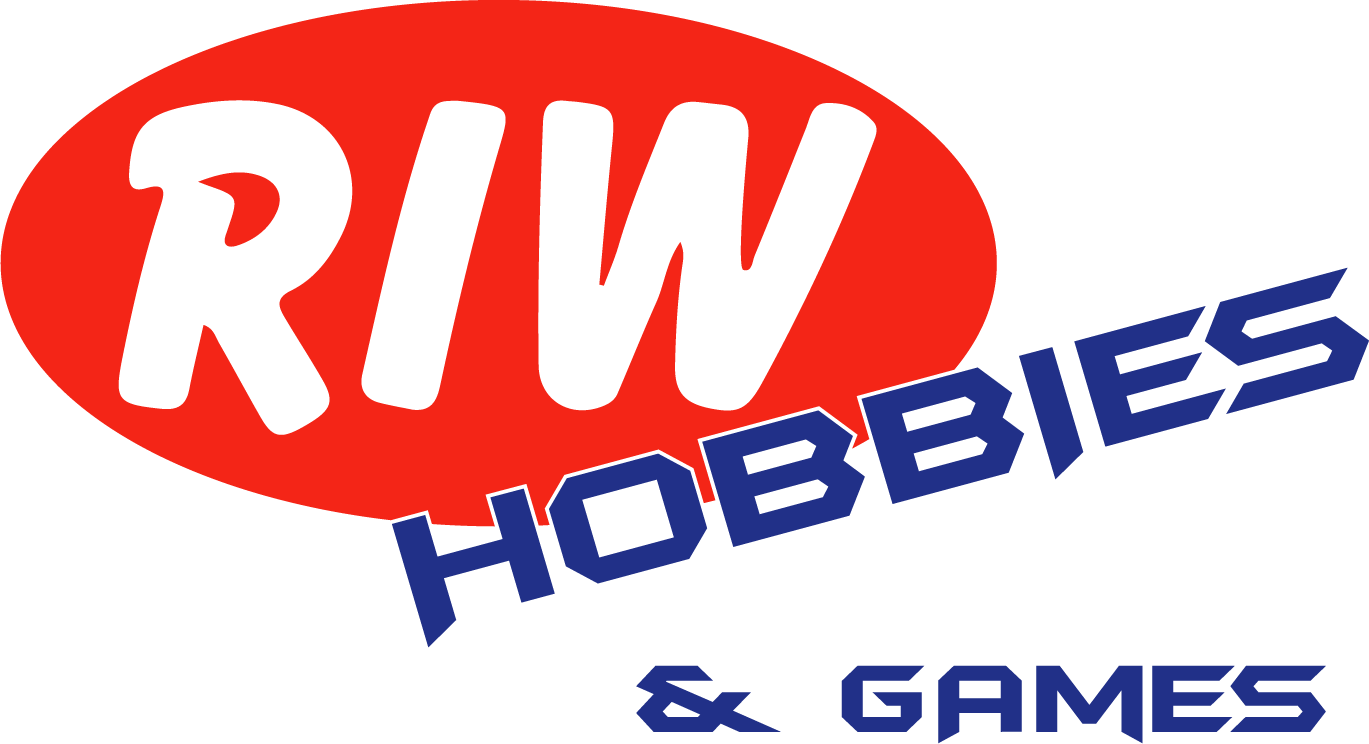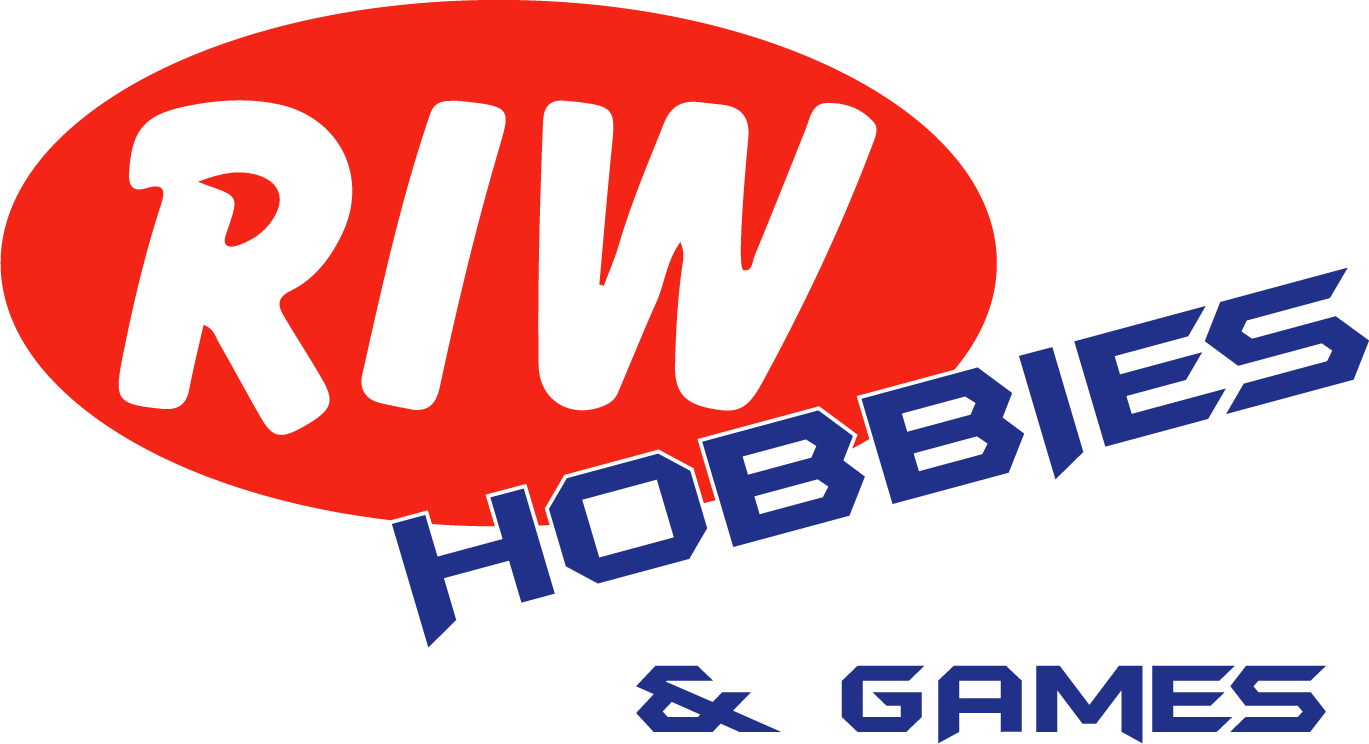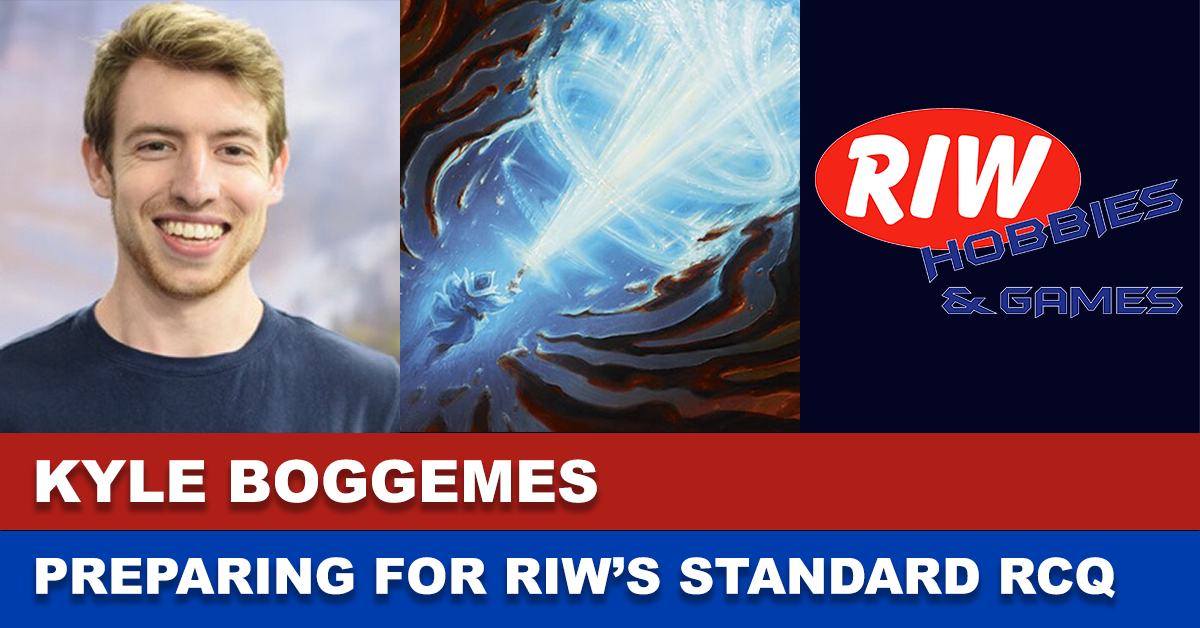
Preparing for RIW’s Standard RCQ
By Kyle Boggemes
Hey everyone!
It has been more than a few years since I’ve played paper Standard and RIW’s upcoming RCQ on March 9 will be the perfect place to jump back in the saddle. I’ve been keeping up with Standard on Magic Arena and I must say the format is in a great place. Today I’m going to share the big players in the metagame as well as my current frontrunner.
Let’s get to it!
STANDARD METAGAME
The Standard metagame is taking shape with midrange, ramp, control, combo and aggro represented. A wide open format with most of the traditional styles of play viable; what’s not to like? This creates a payoff for correctly reading the metagame should there be an imbalance. This is a recipe for a healthy and evolving format.
AGGRO
Boros Convoke
4 Battlefield Forge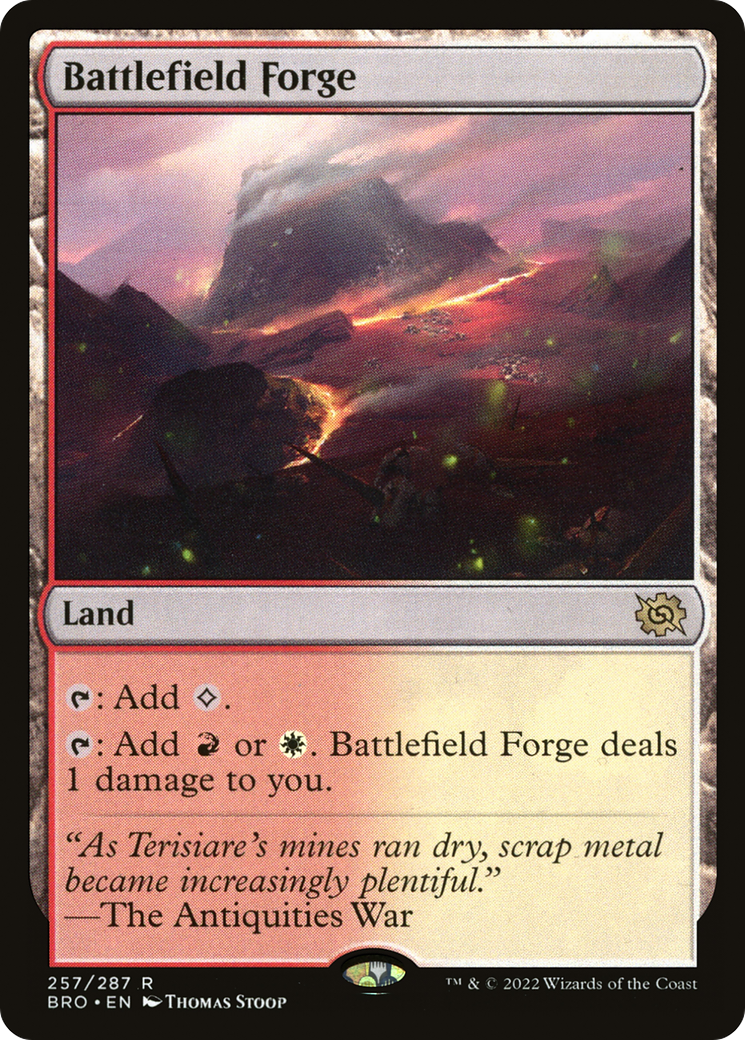
2 Cavern of Souls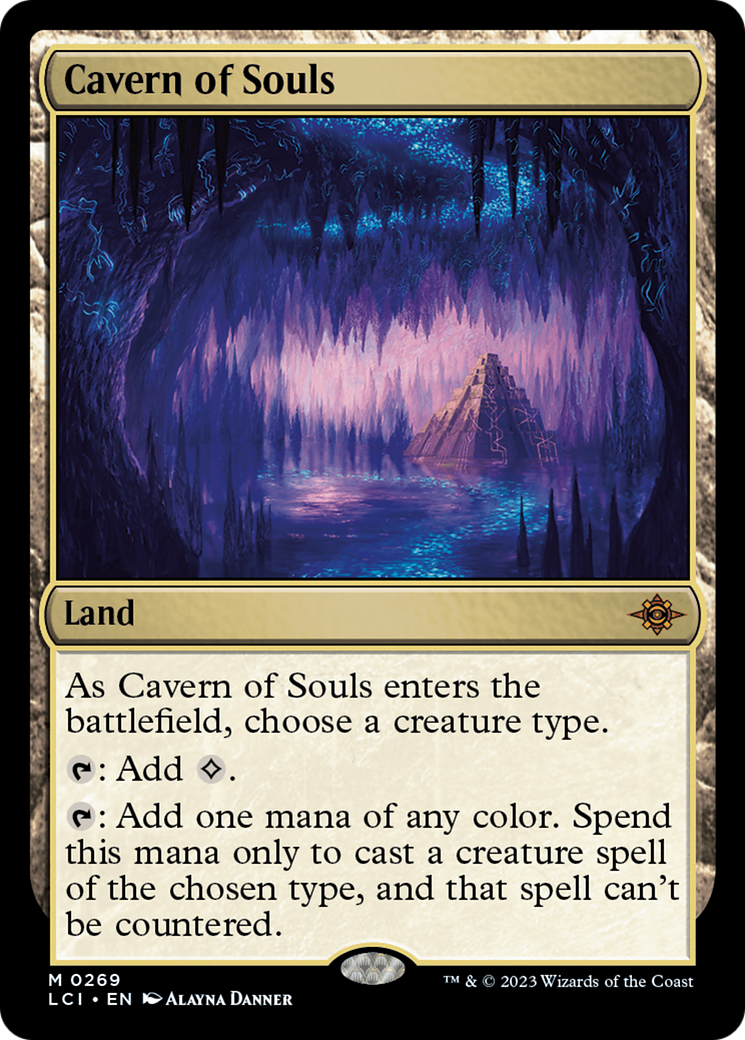
1 Eiganjo, Seat of the Empire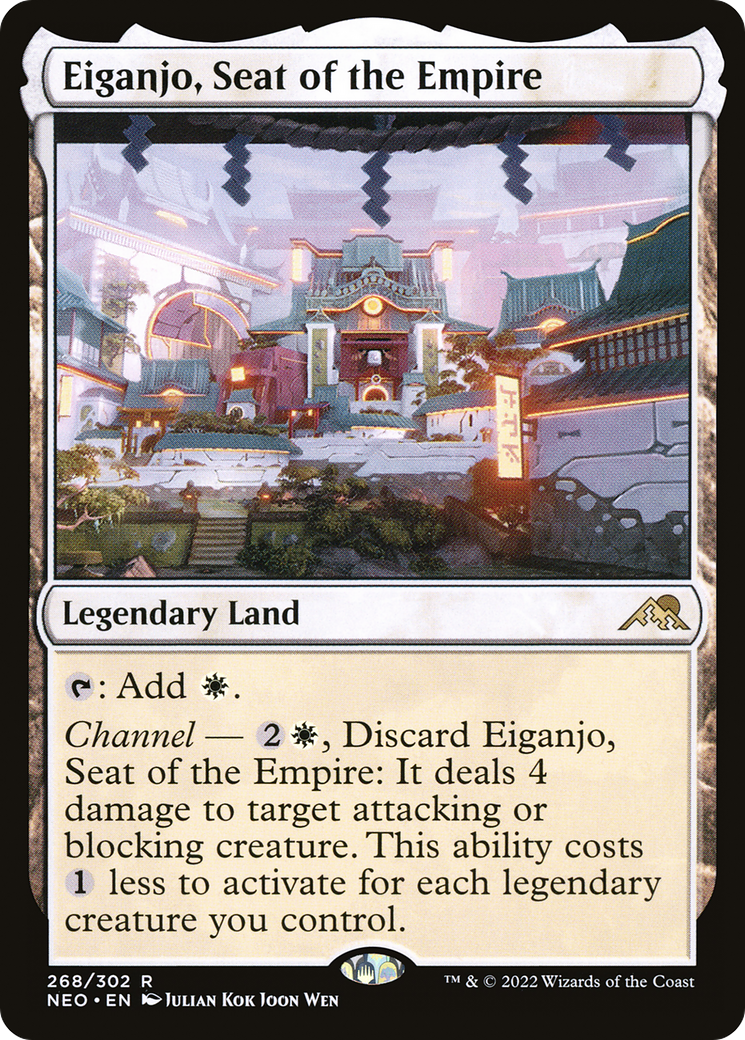
1 Thran Portal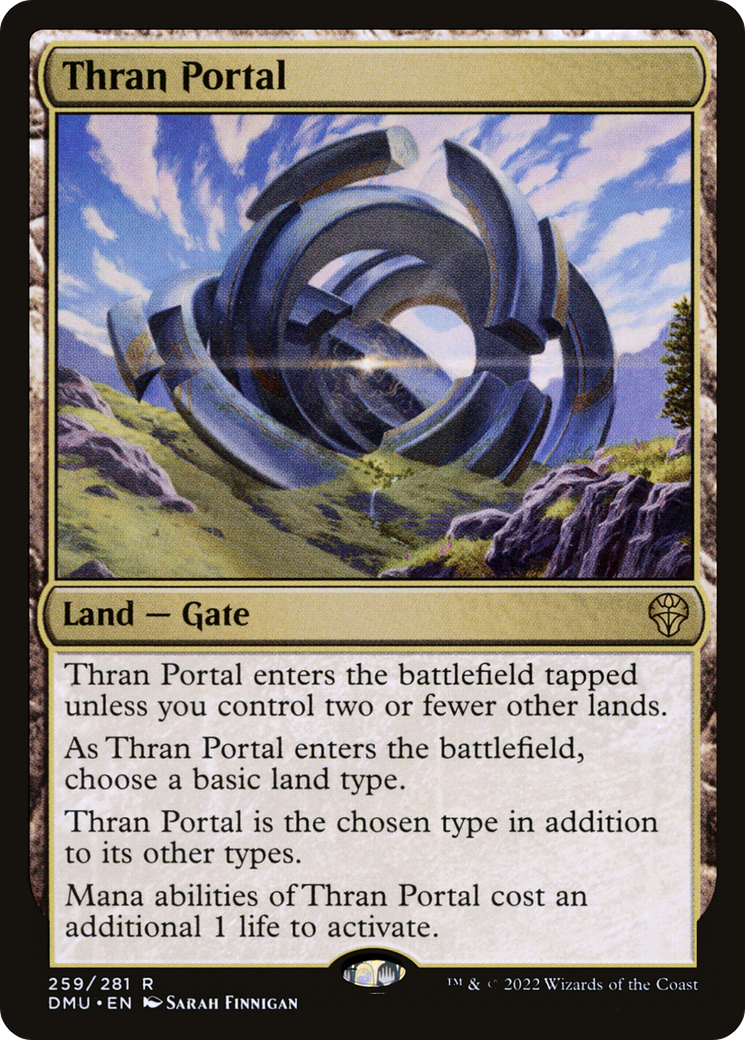
2 Mirrex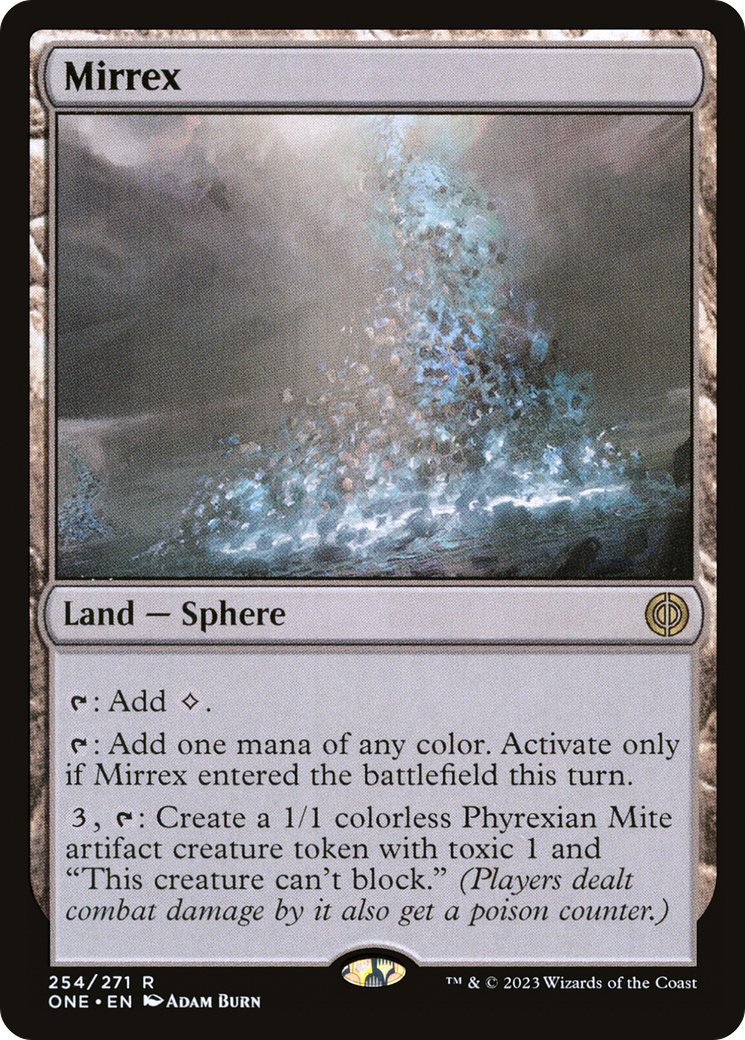
4 Mountain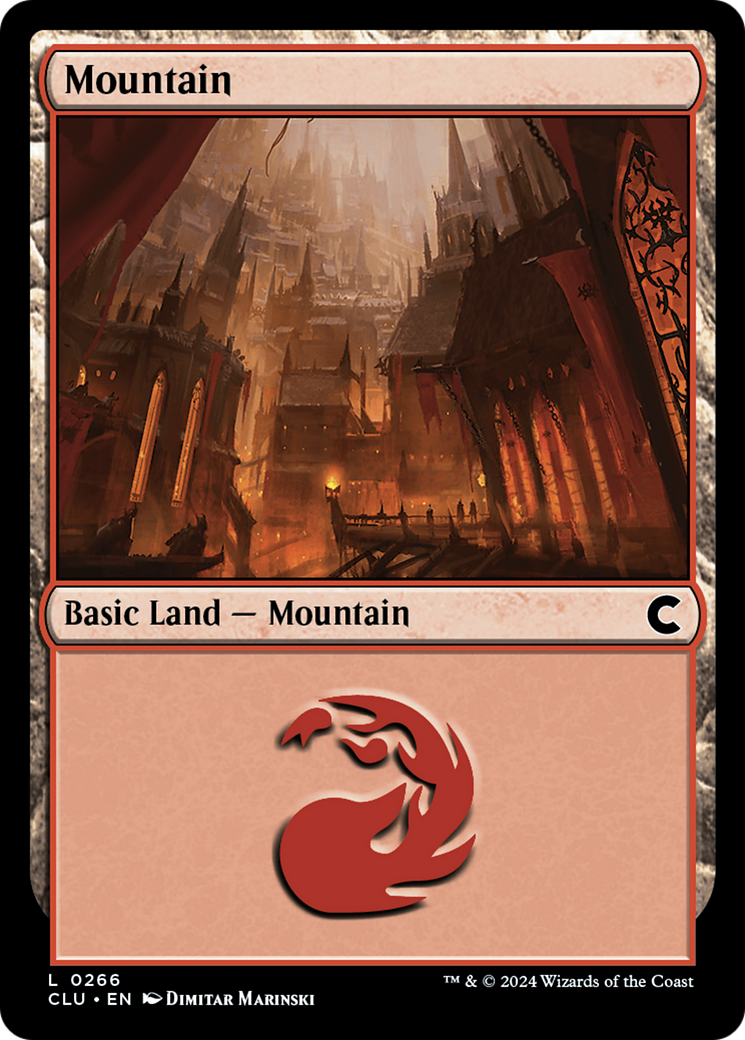
4 Plains
2 Sundown Pass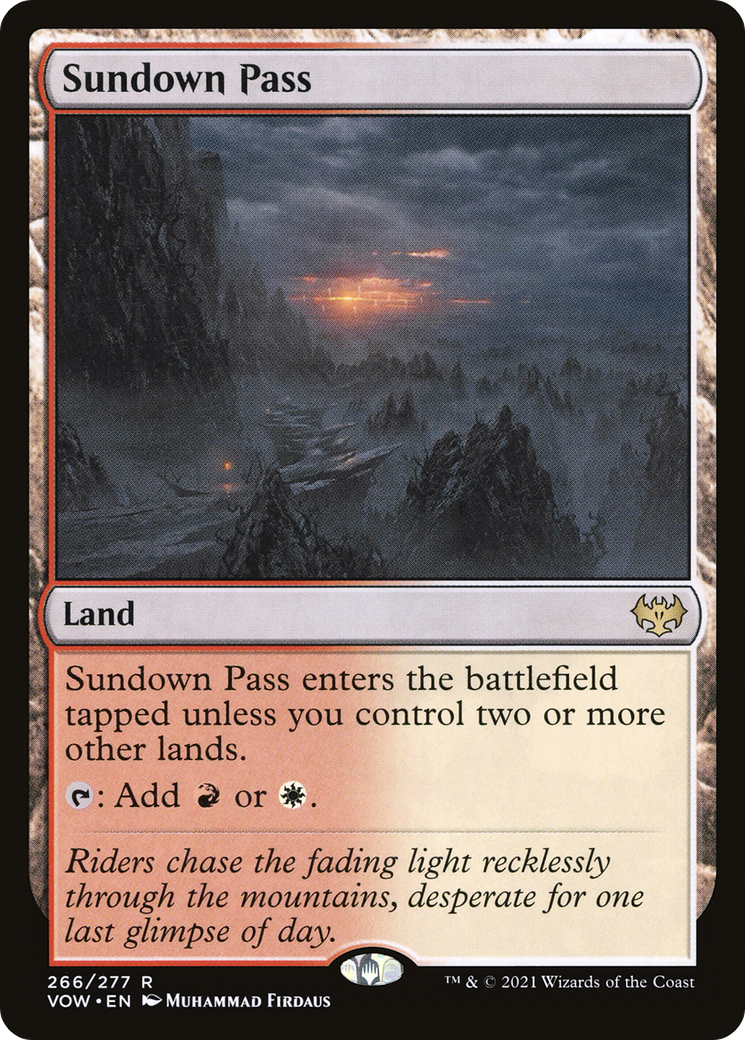
2 Sokenzan, Crucible of Defiance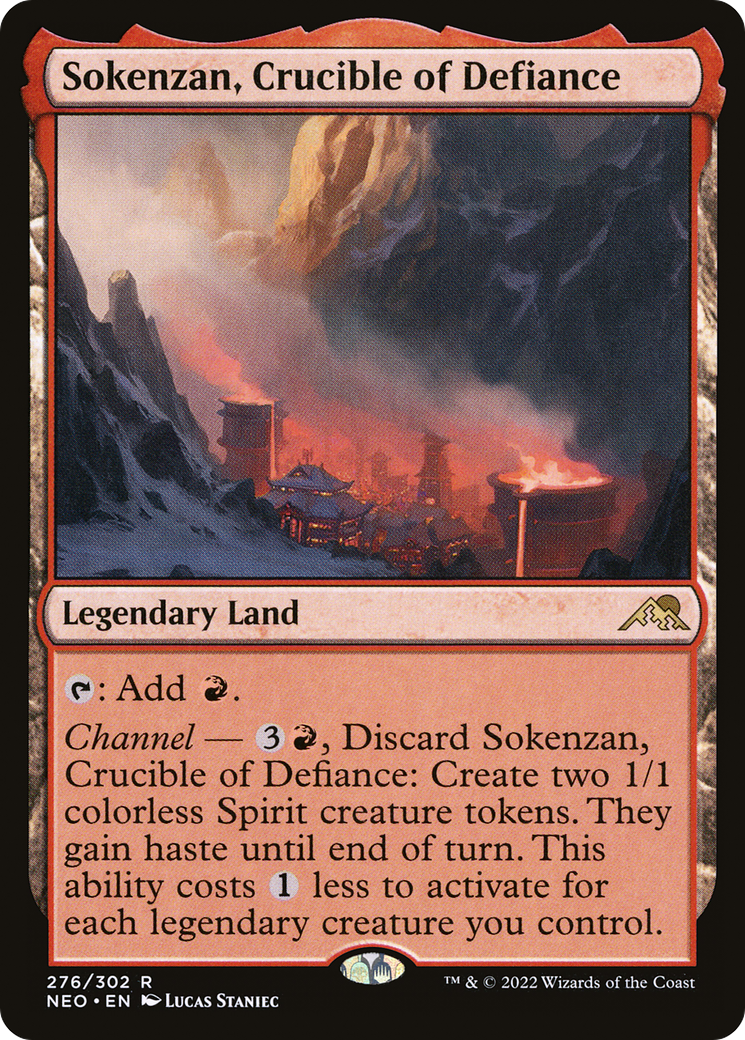
4 Imodane's Recruiter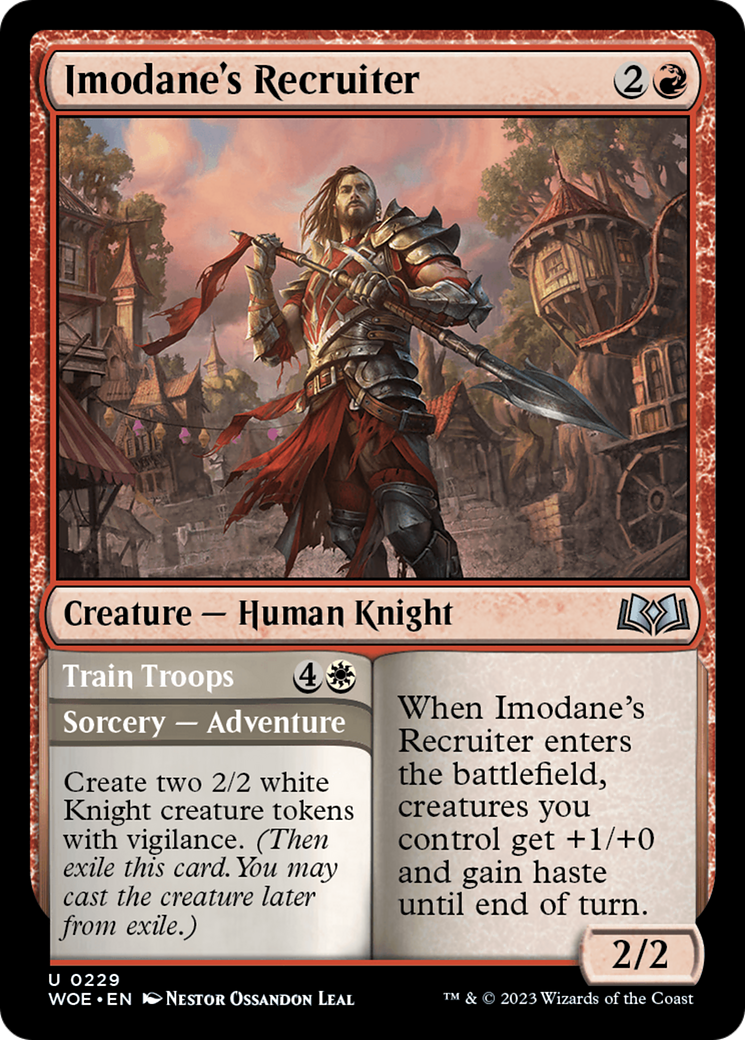
4 Knight-Errant of Eos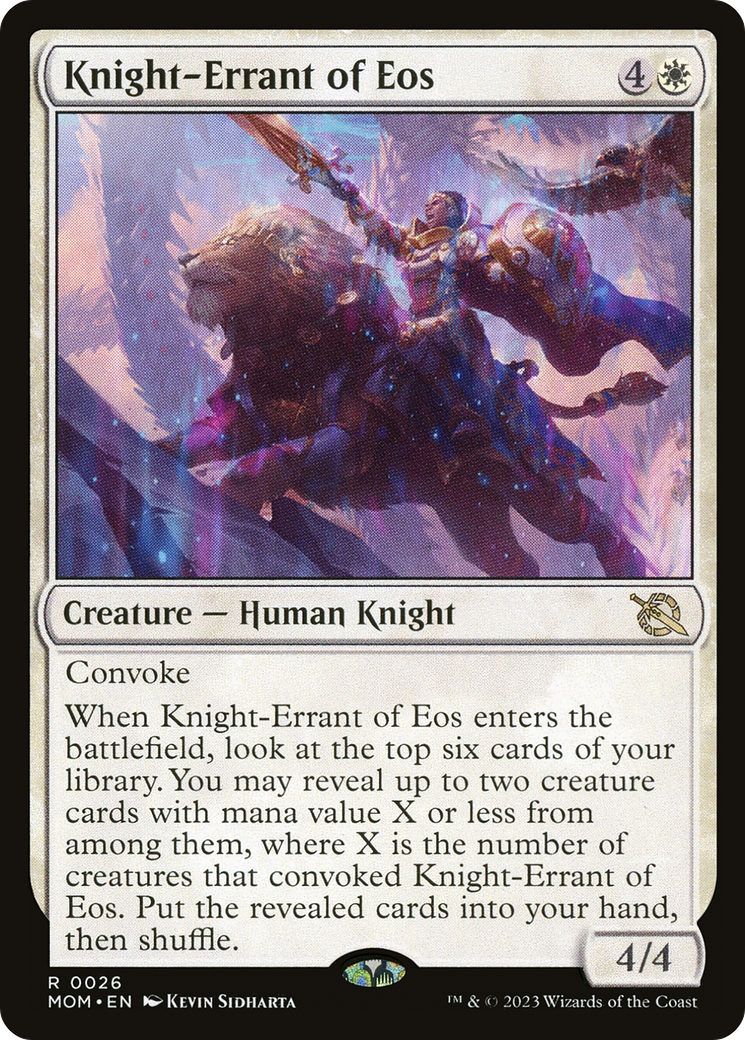
4 Novice Inspector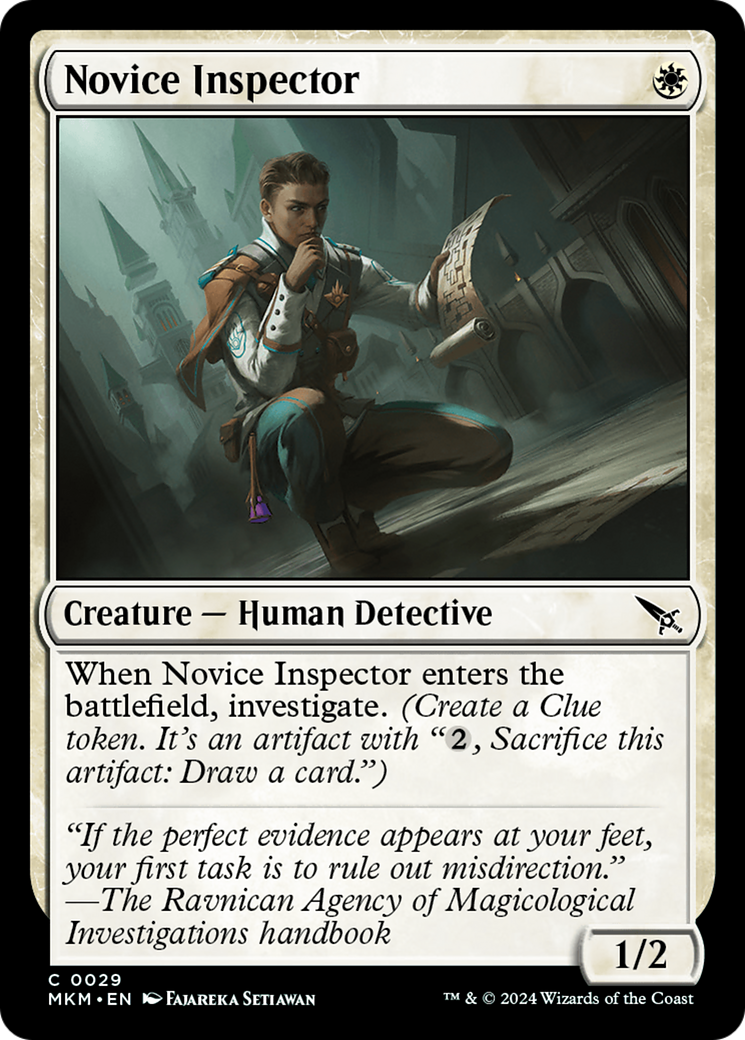
4 Resolute Reinforcements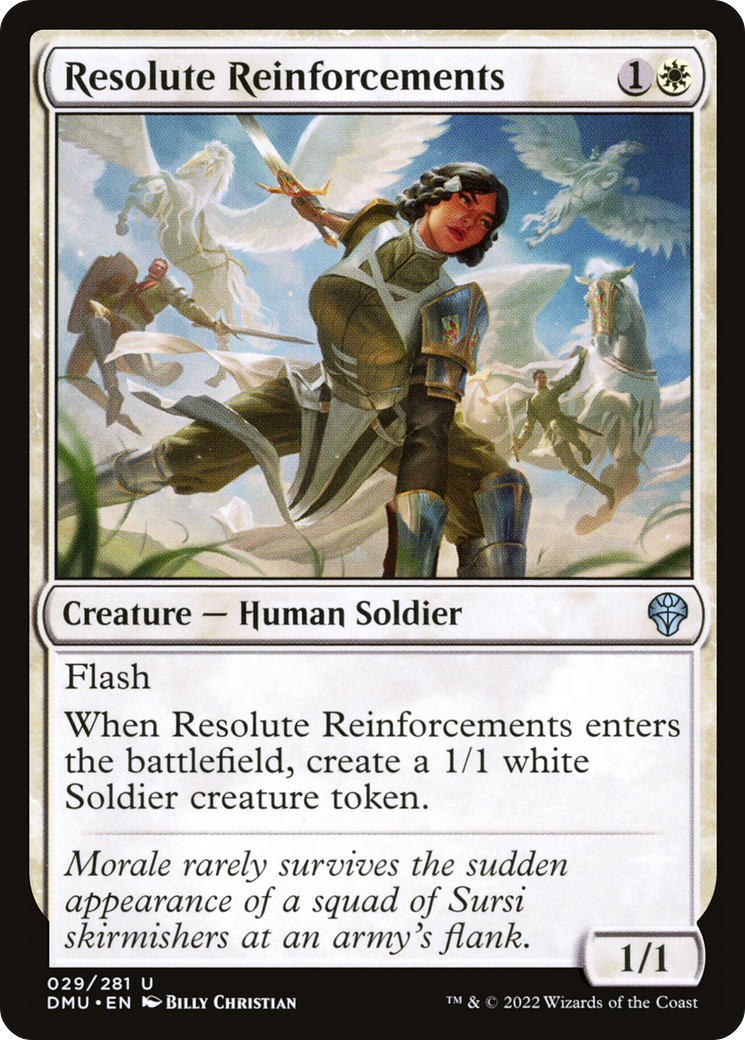
4 Gleeful Demolition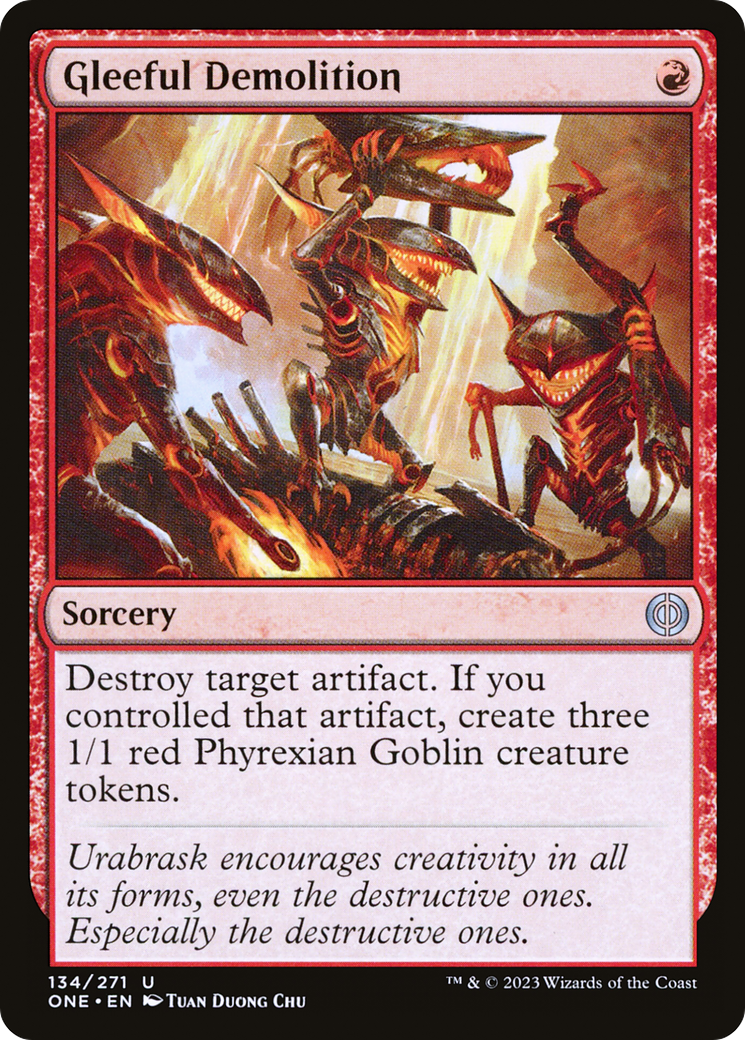
2 Sanguine Evangelist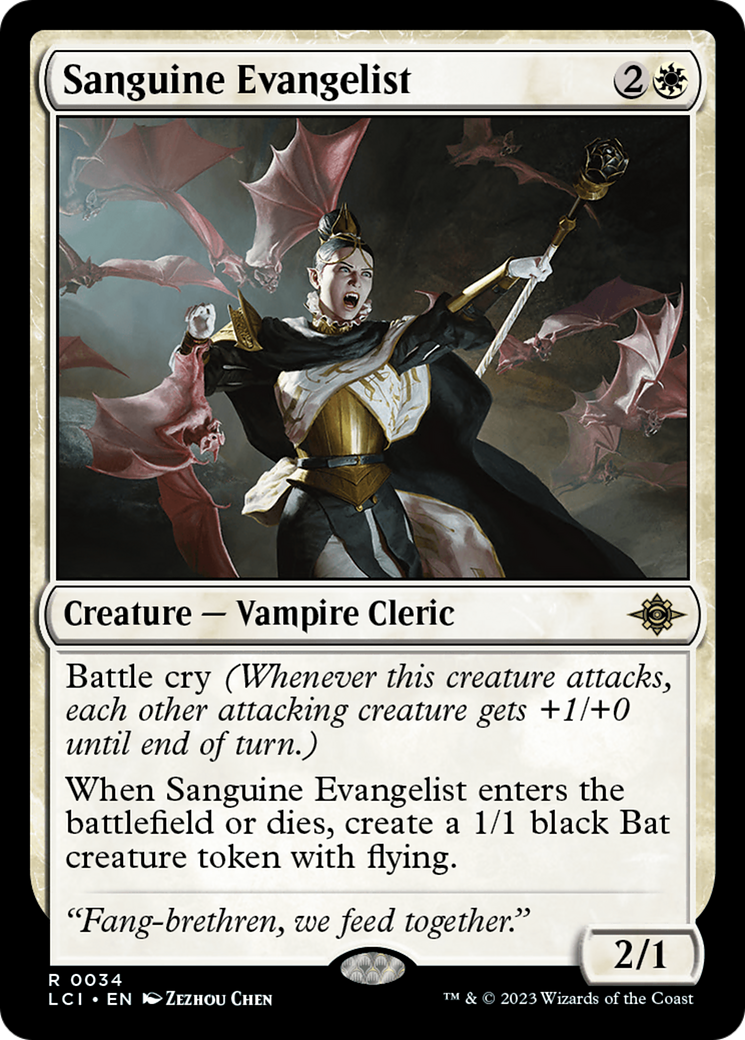
4 Voldaren Epicure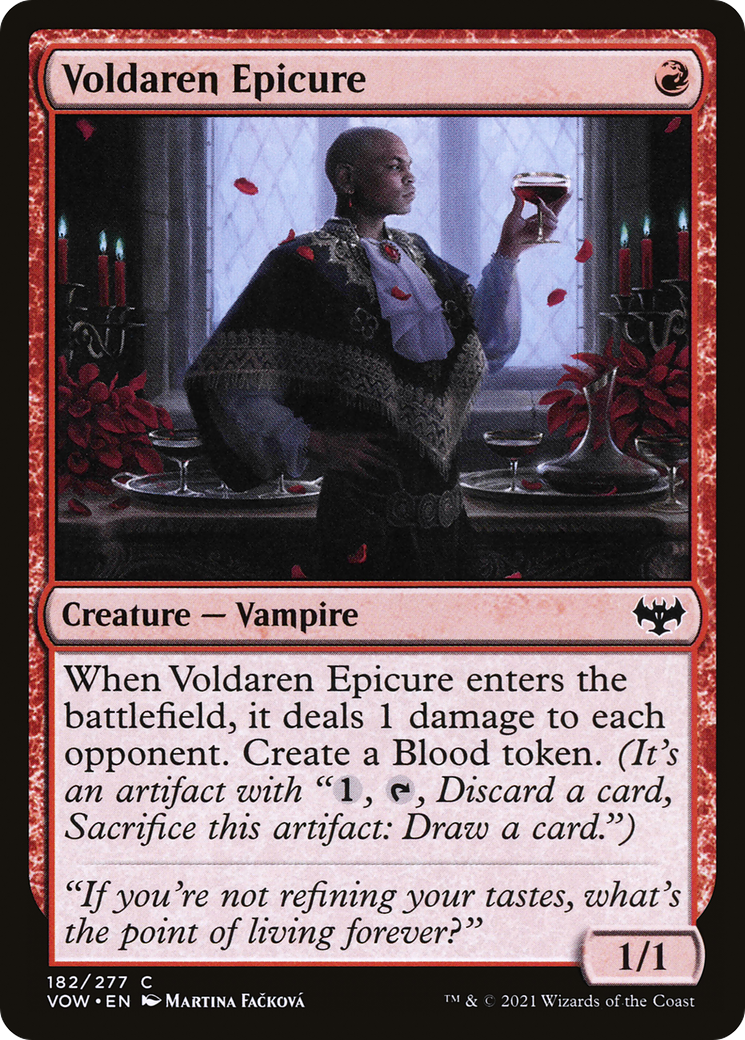
4 Warden of the Inner Sky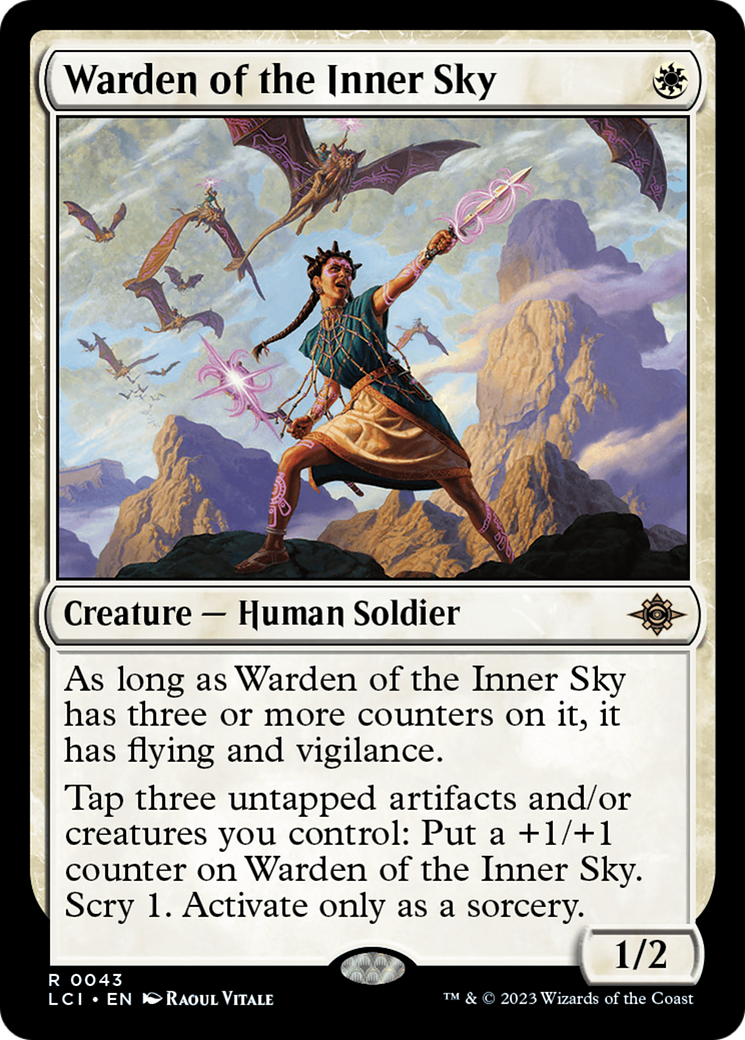
2 Yotian Frontliner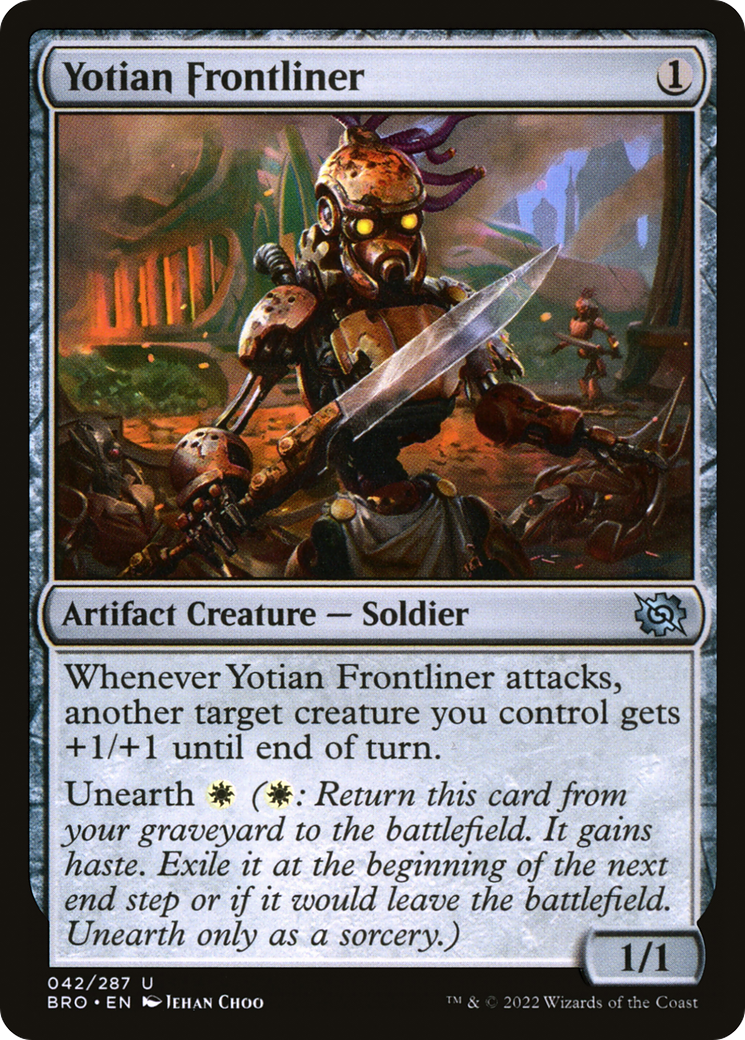
4 Case of the Gateway Express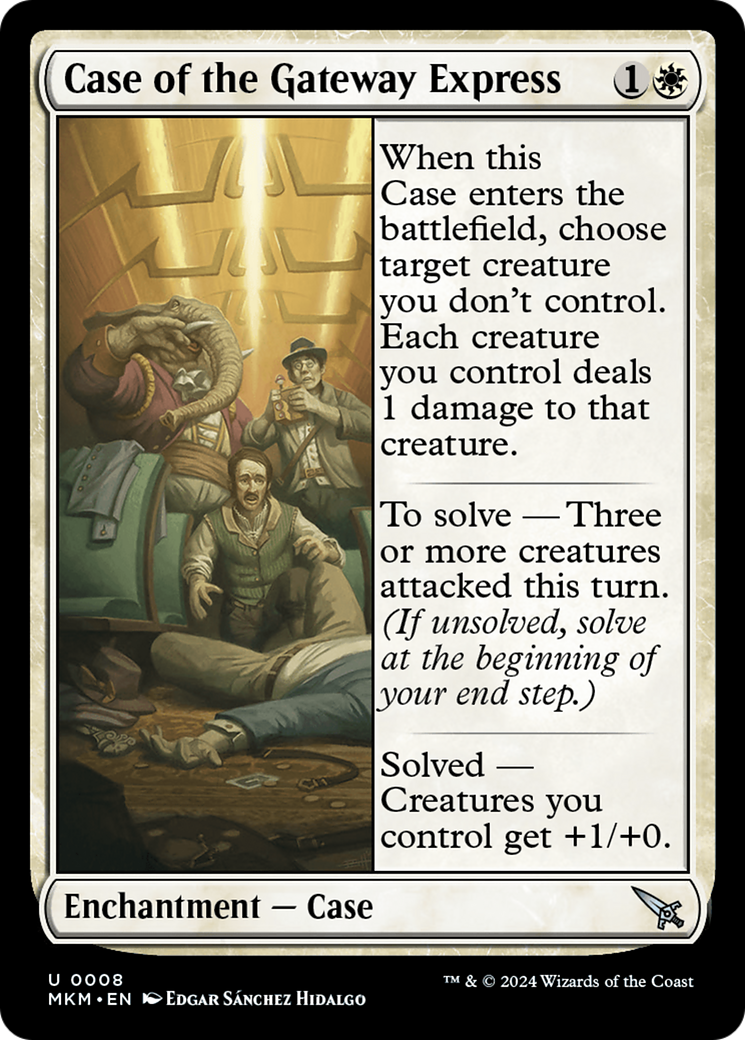
2 Warleader's Call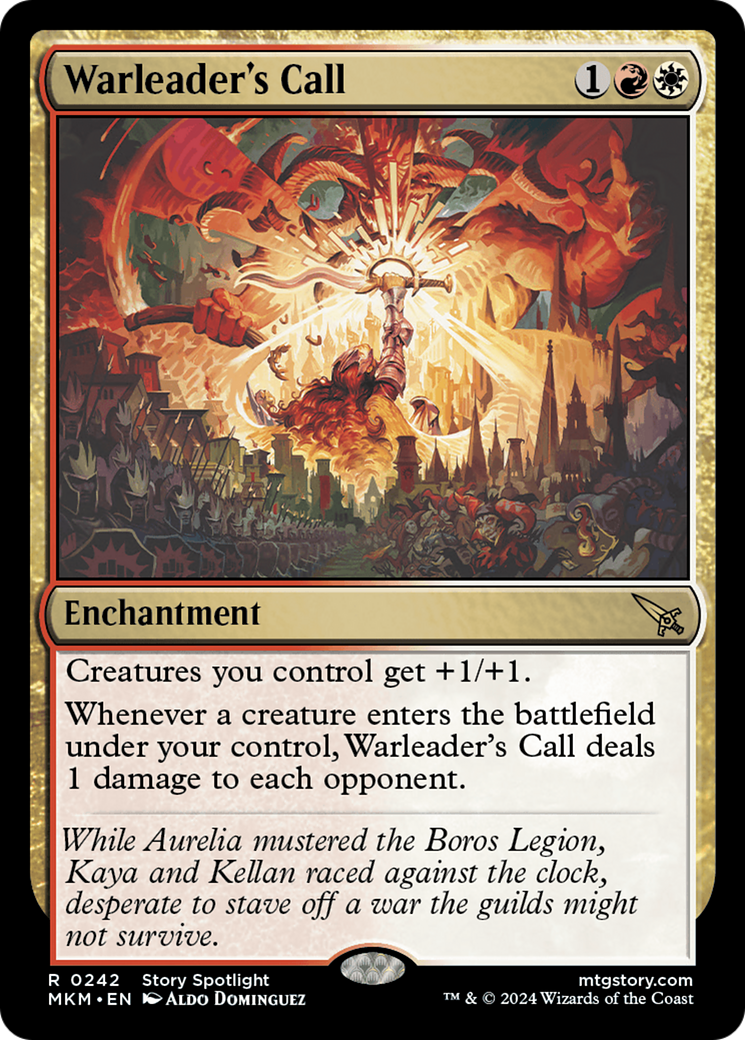
SIDEBOARD
4 Invasion of Gobakhan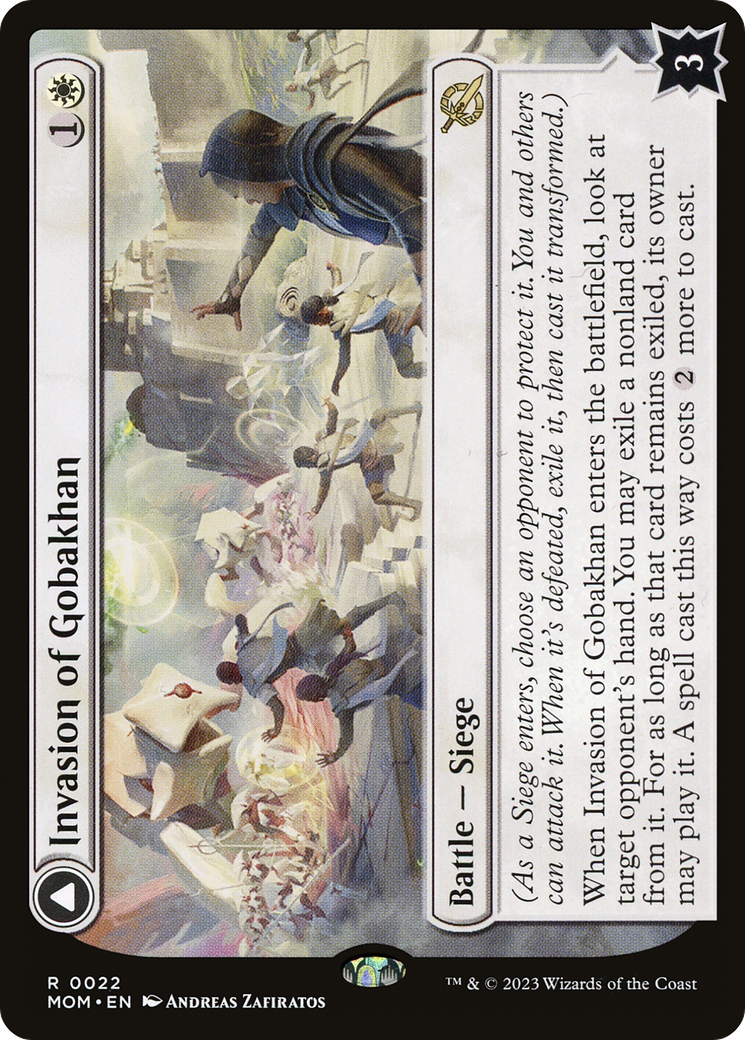
3 Destroy Evil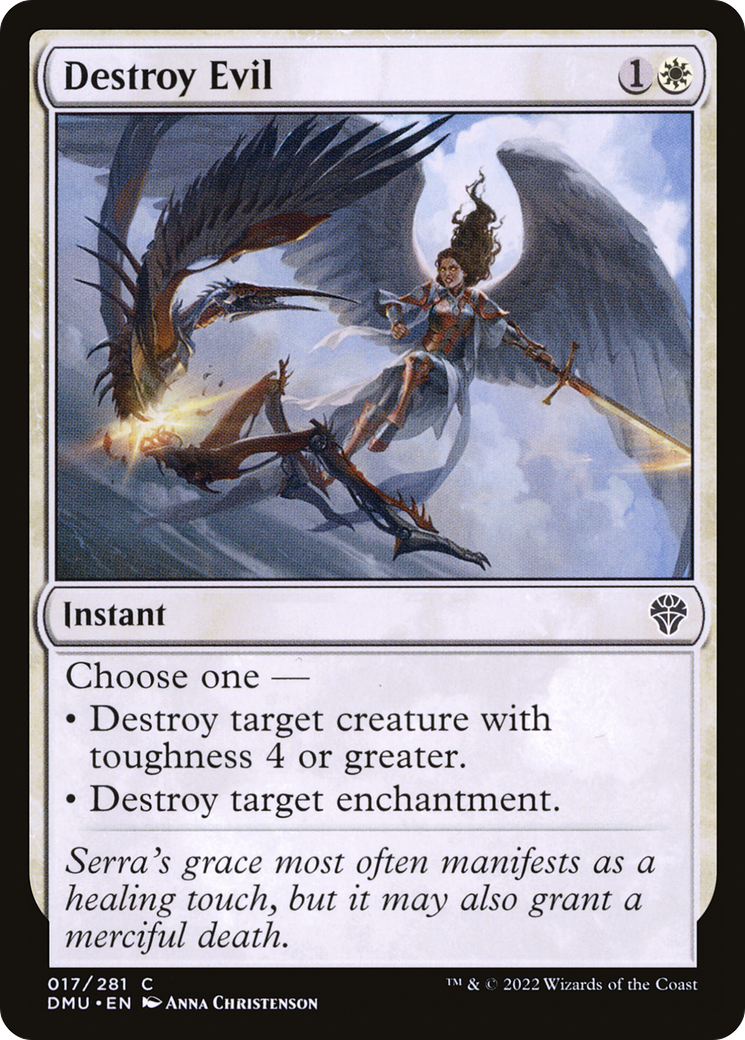
3 Lithomantic Barrage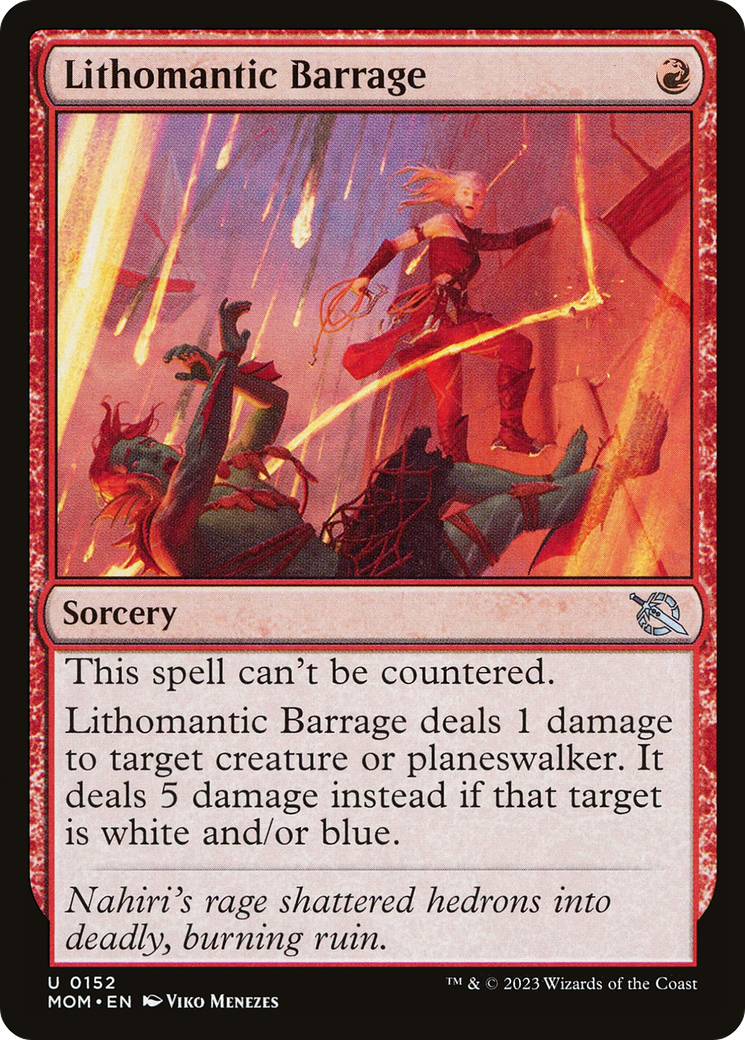
3 Lantern Flare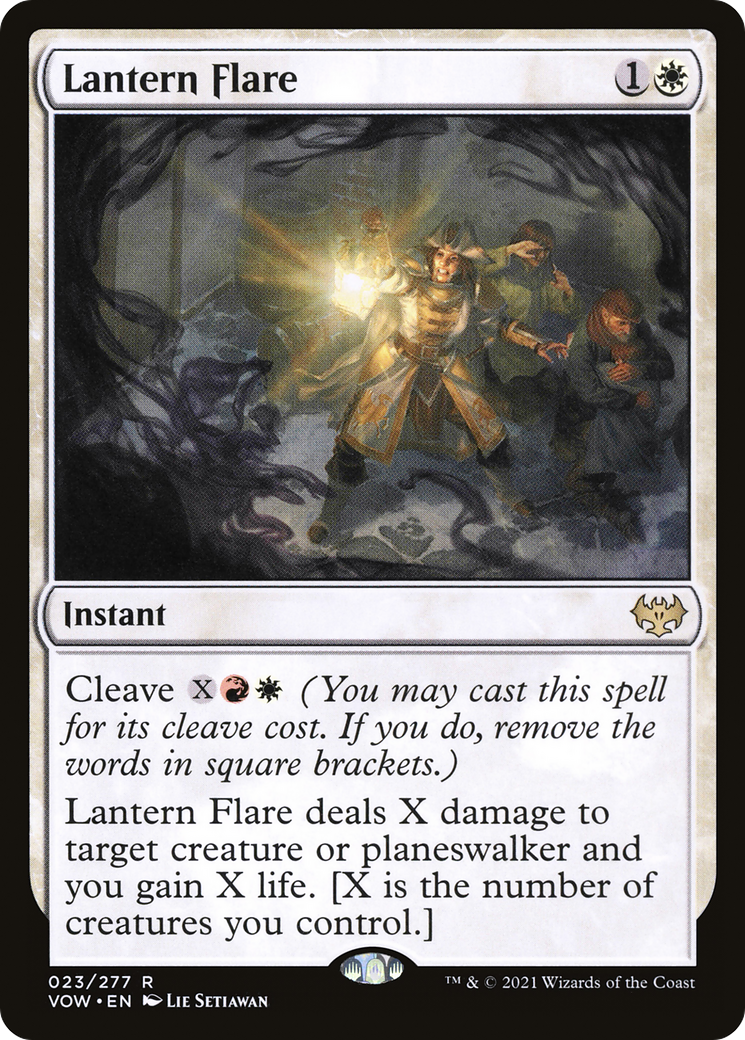
2 Wedding Announcement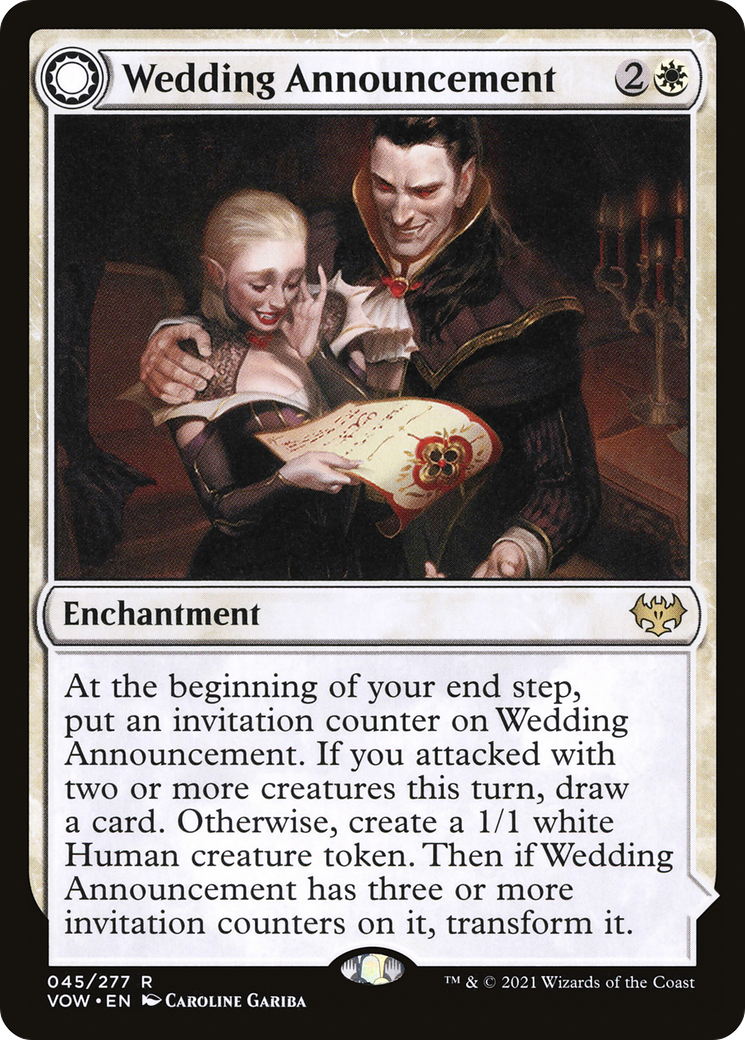
This is Eric Hennig’s top 8 list from NRG Chicago.
While Mono Red Aggro is a viable archetype it’s trailing the premier aggro deck of the format, Boros Convoke. The plan is simple: swarm the battlefield with creatures that put multiple game objects into play and cast a payoff spell. If you squint it almost functions like an Affinity deck.
If you don’t respect this deck it will kill you very quickly. As you peruse Standard decklists you will quickly take note of the abundance of sweepers in sideboards and Boros Convoke is the big reason.

The deck is able to mimic its Pioneer counterpart thanks to the power of Knight-Errant of Eos. There are also plenty of cool artifact synergies as Warden of the Inner Sky and Gleeful Demolition are payoffs for Novice Inspector and Voldaren Epicure.

Not only can Boros Convoke take advantage of artifacts, but the small creatures can power up Imdoane’s Recruiter and Case of the Gateway Express. The new take on sagas in Murders at Karlov Manor has been executed well.
BANT POISON
Bant Poison is another popular aggressive deck. Each creature packs a more powerful punch compared to Boros Convoke and has some tempo spells to close the game.
Here’s Will Kowalcyzk’s top 16 list from NRG Chicago.
2 Adarkar Wastes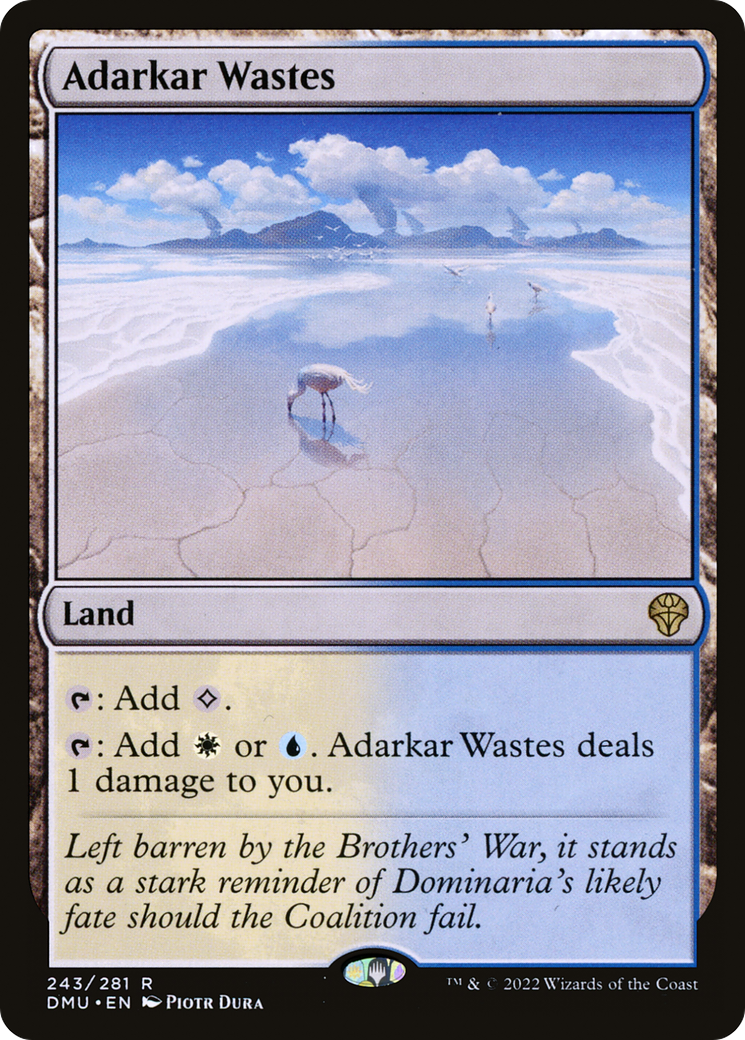
1 Annex Sentry
3 Bring the Ending
1 Charge of the Mites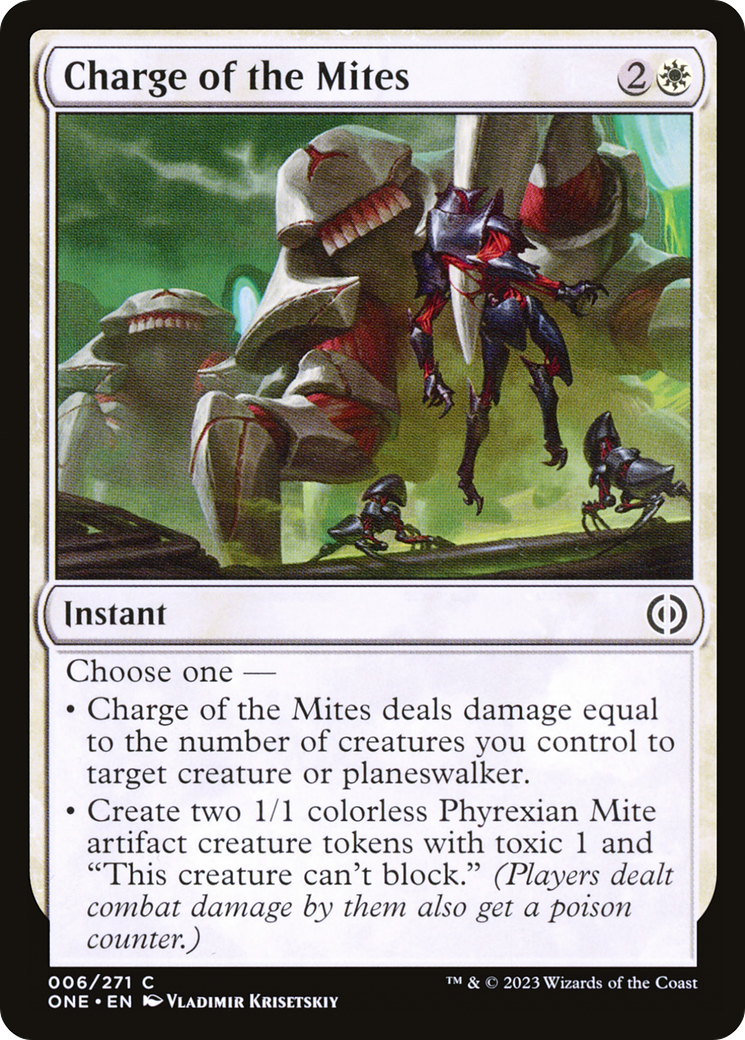
4 Crawling Chorus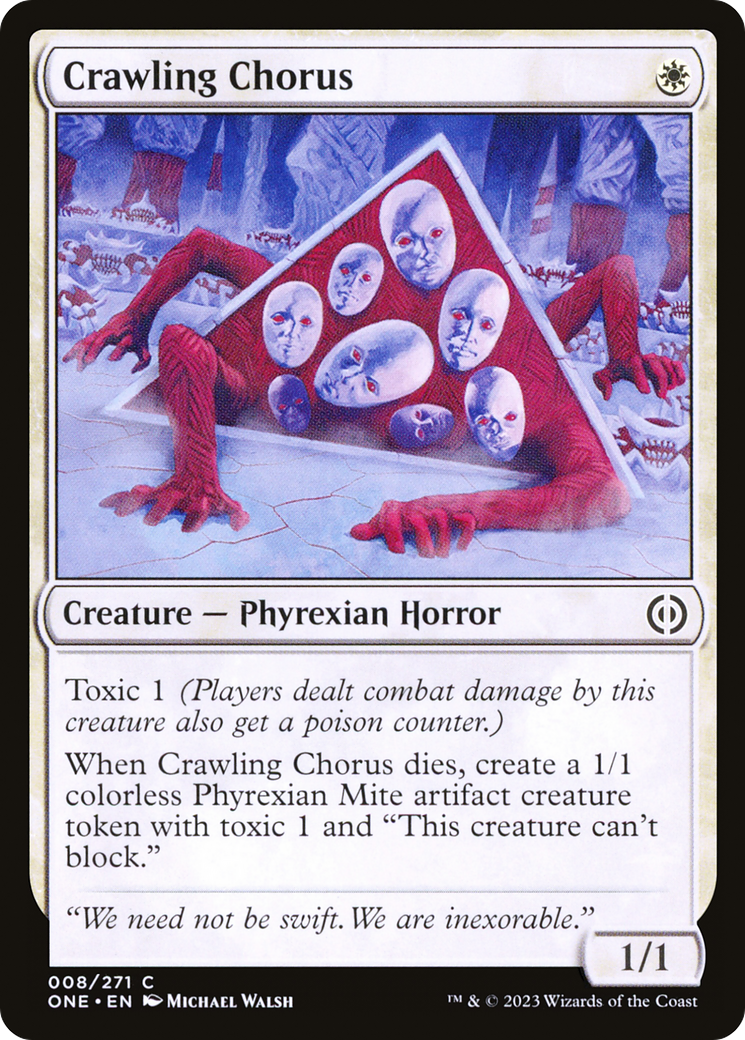
1 Eiganjo, Seat of the Empire
3 Experimental Augury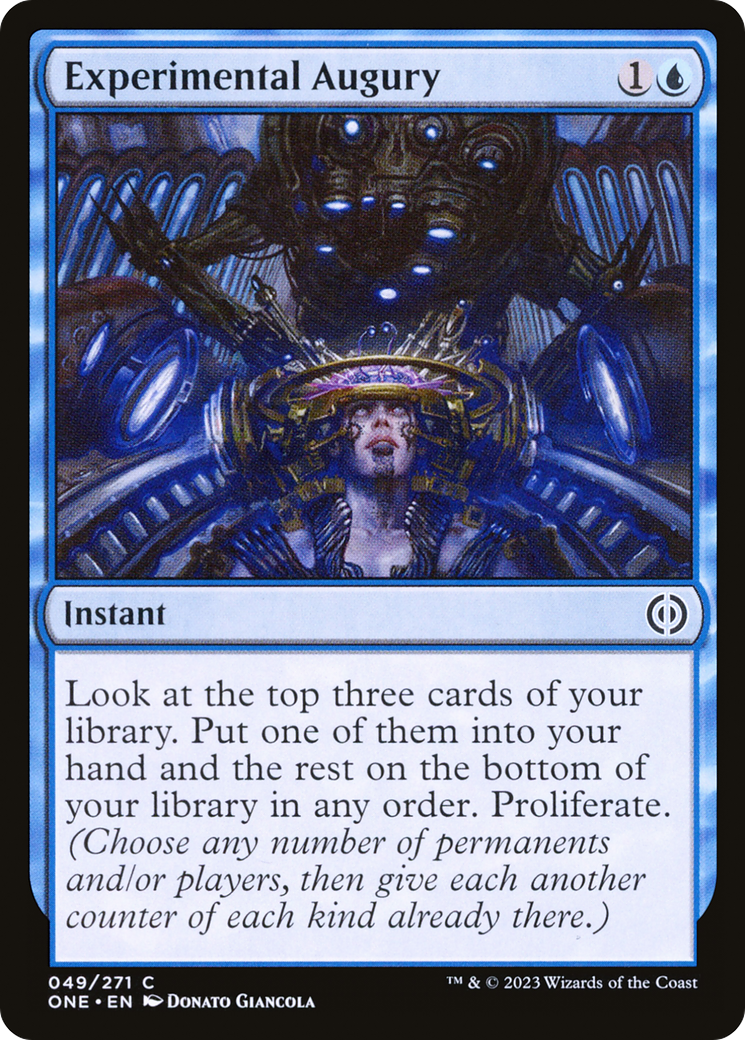
3 Fading Hope
1 Island
3 Jawbone Duelist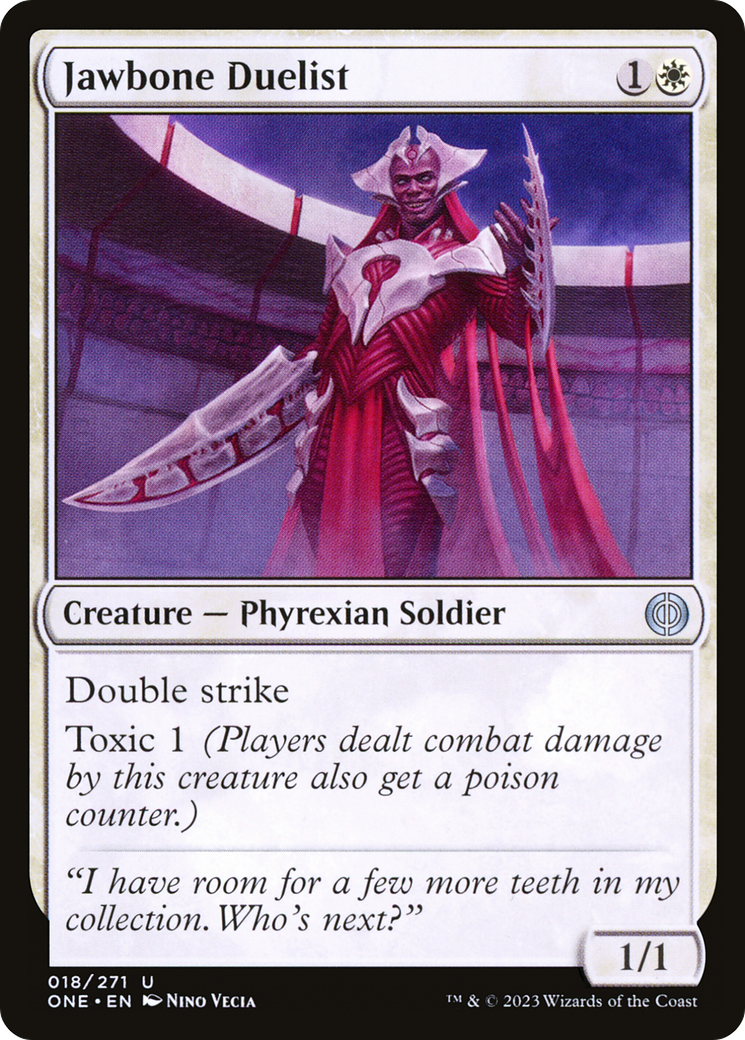
4 March of Swirling Mist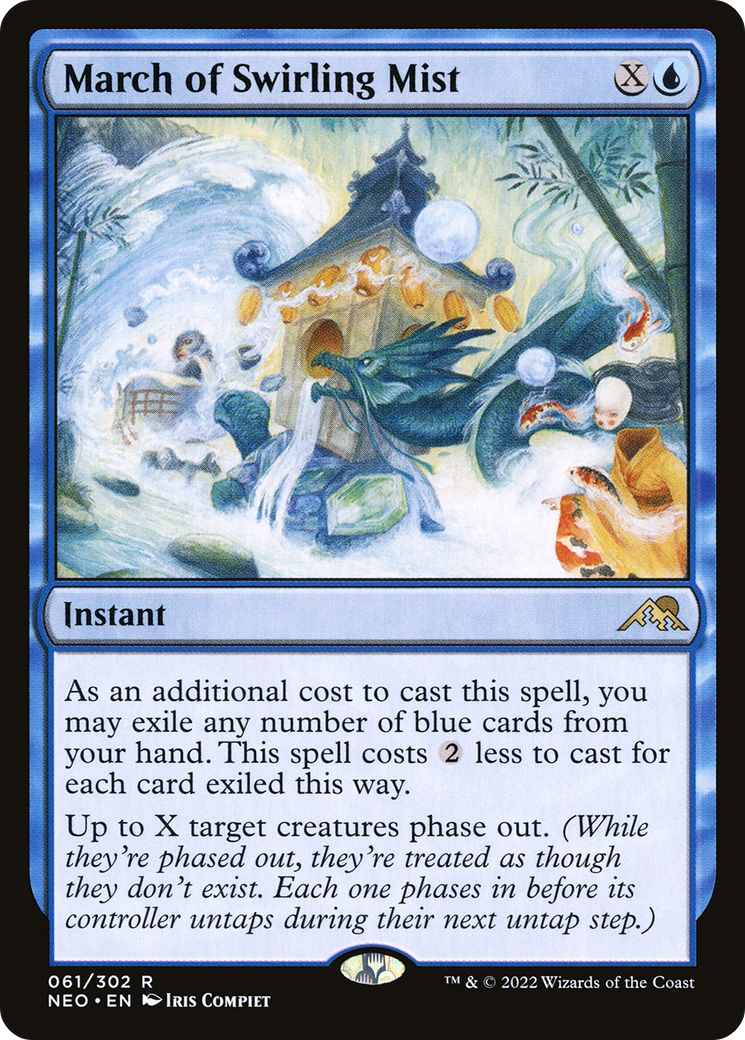
3 Mirrex
1 Otawara, Soaring City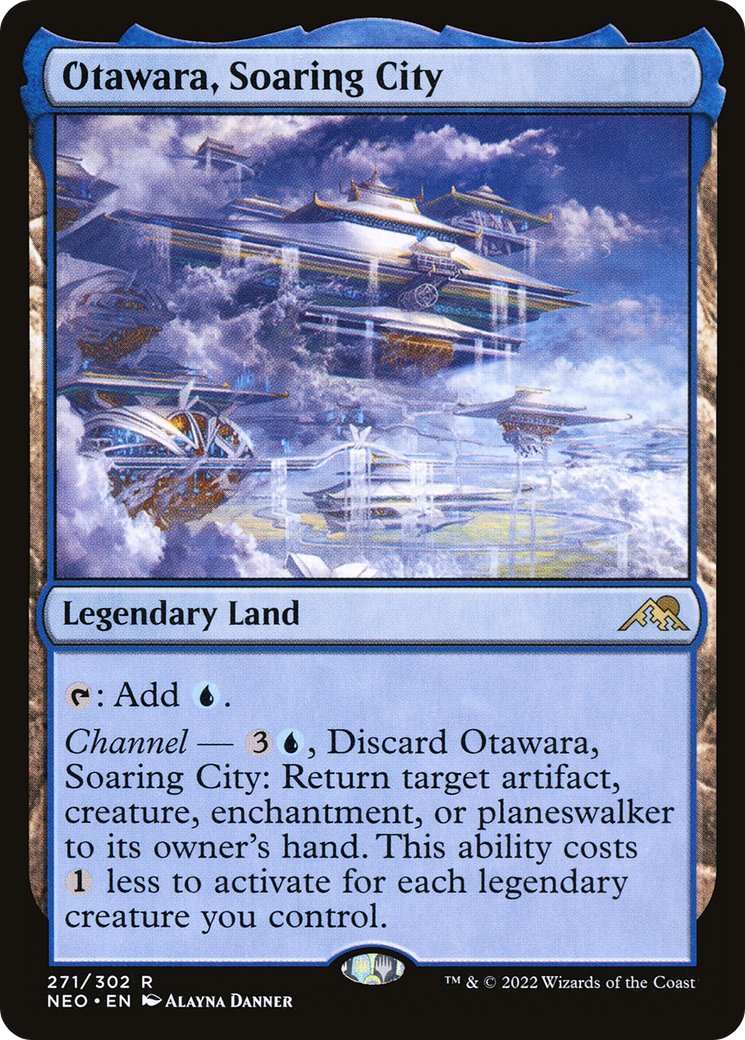
1 Plains
3 Razorverge Thicket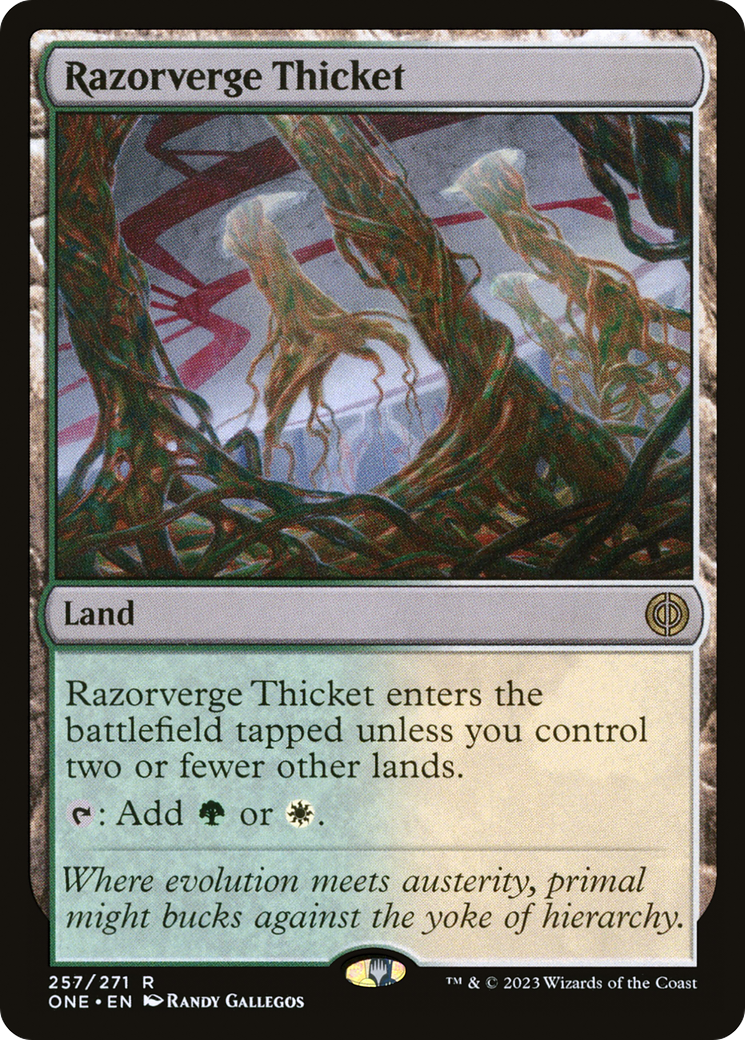
4 Seachrome Coast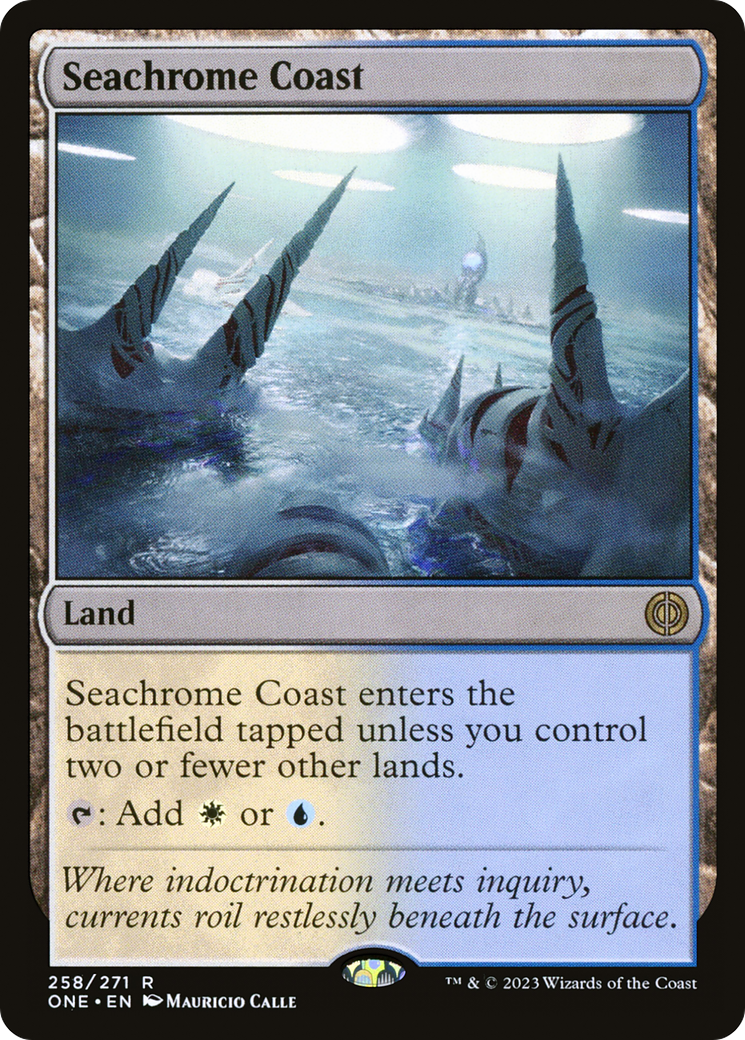
4 Serum Snare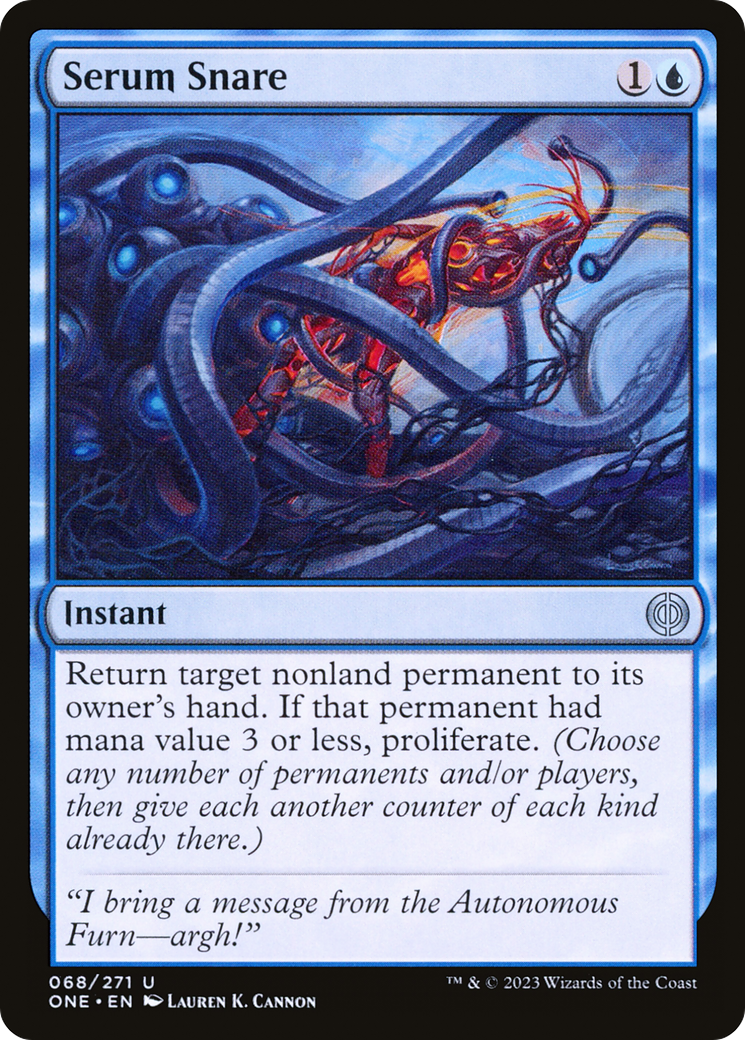
4 Skrelv, Defector Mite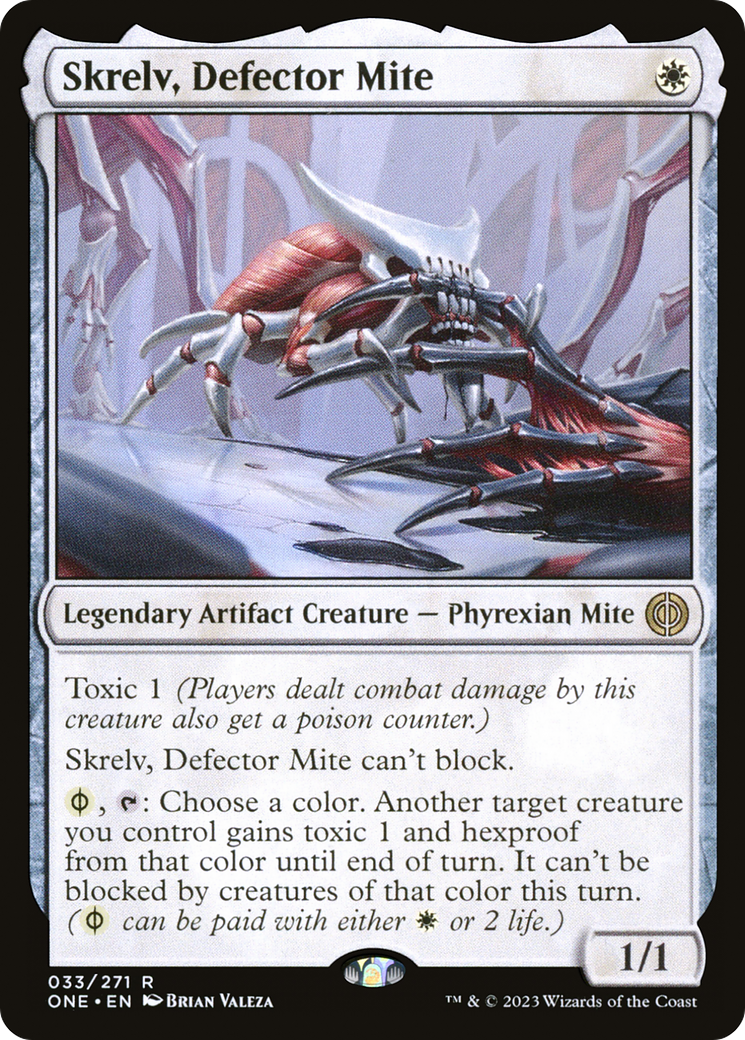
4 Skrelv's Hive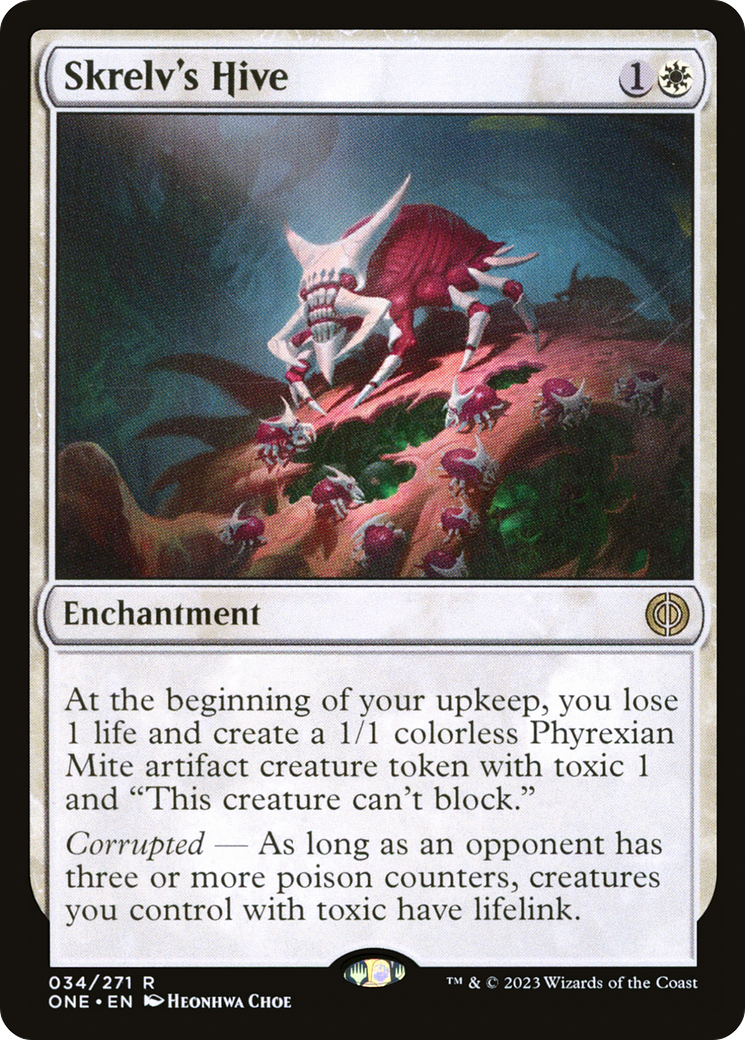
4 The Seedcore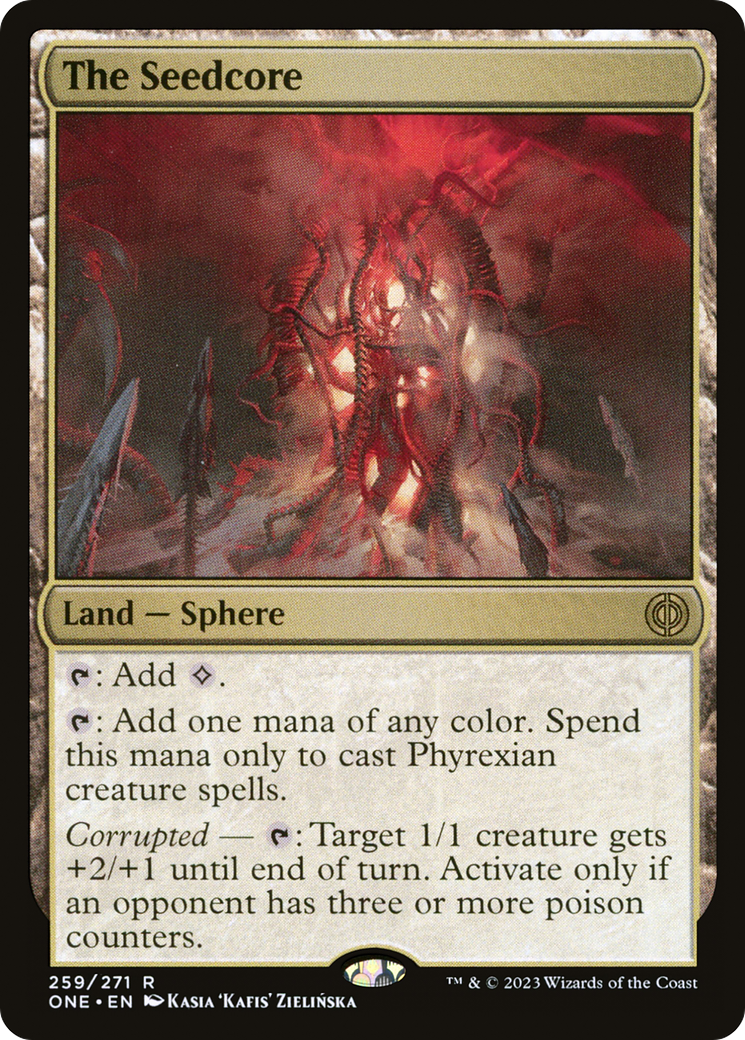
4 Venerated Rotpriest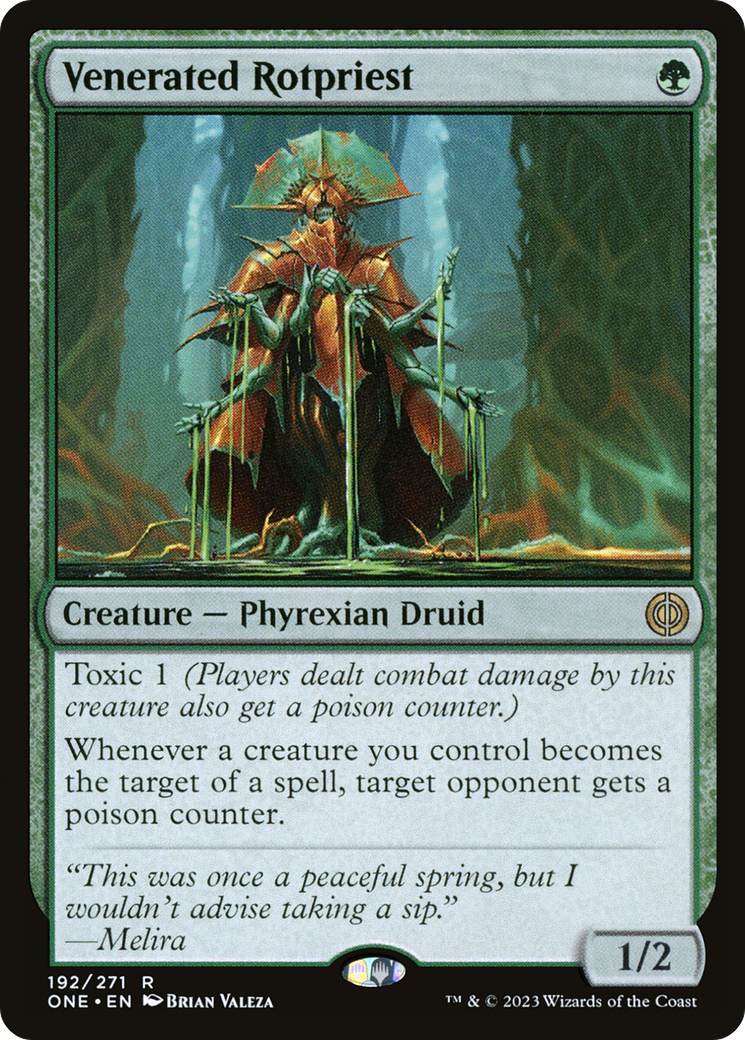
2 Yavimaya Coast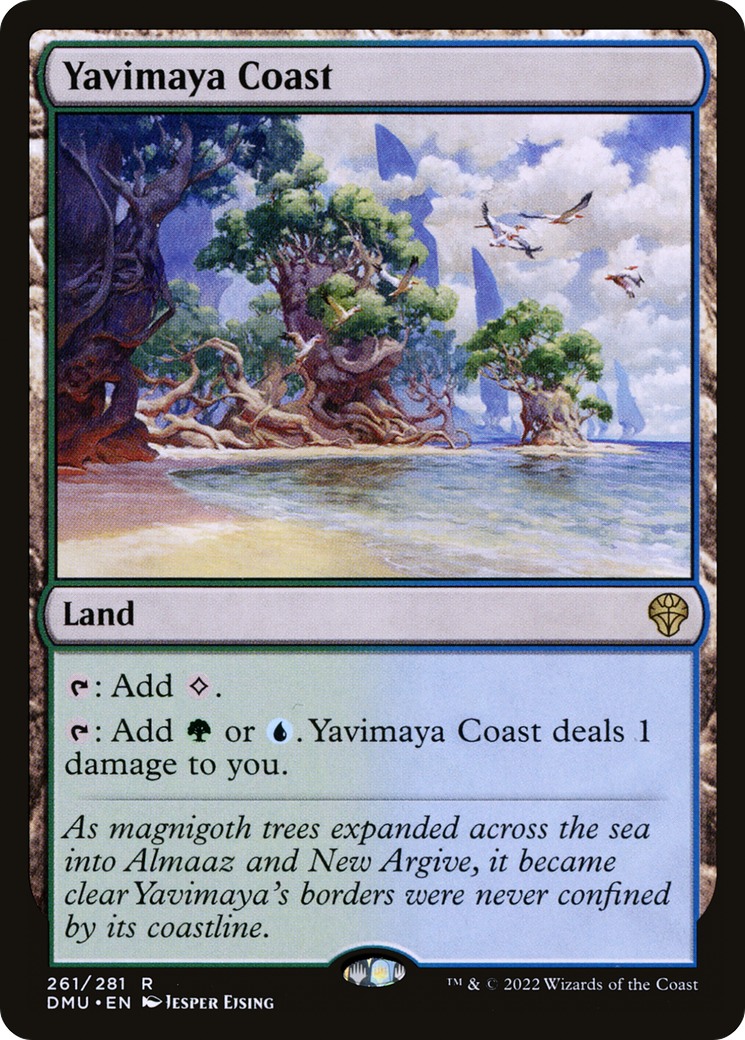
SIDEBOARD
2 Annex Sentry
1 Cankerbloom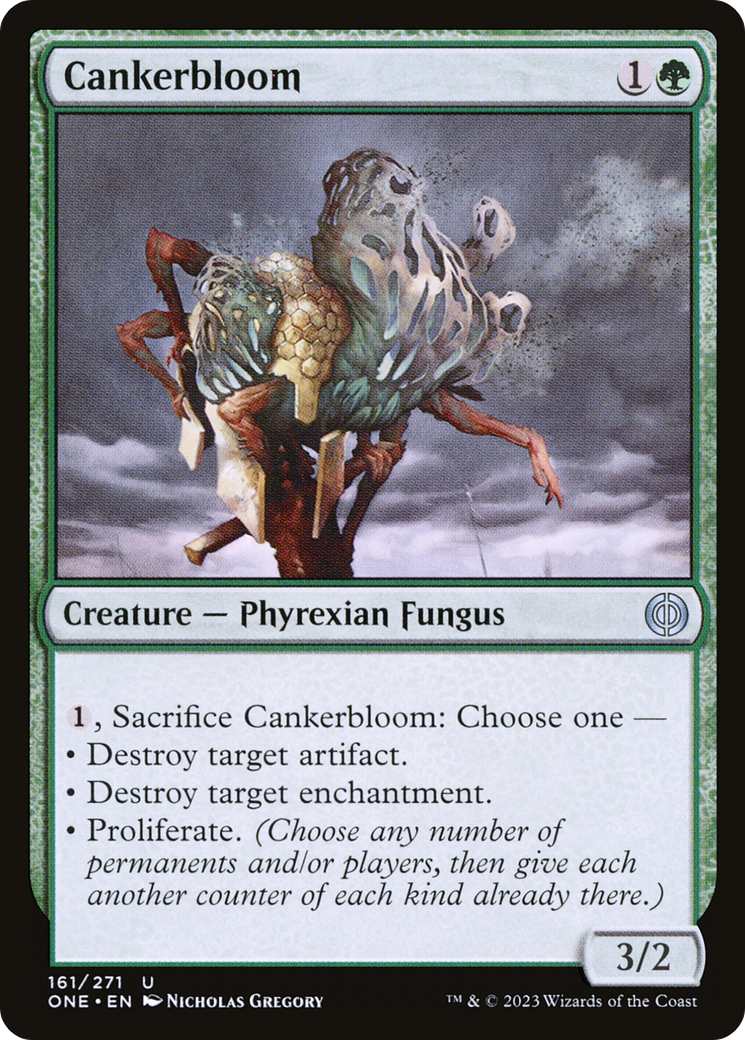
3 Charge of the Mites
1 Disdainful Stroke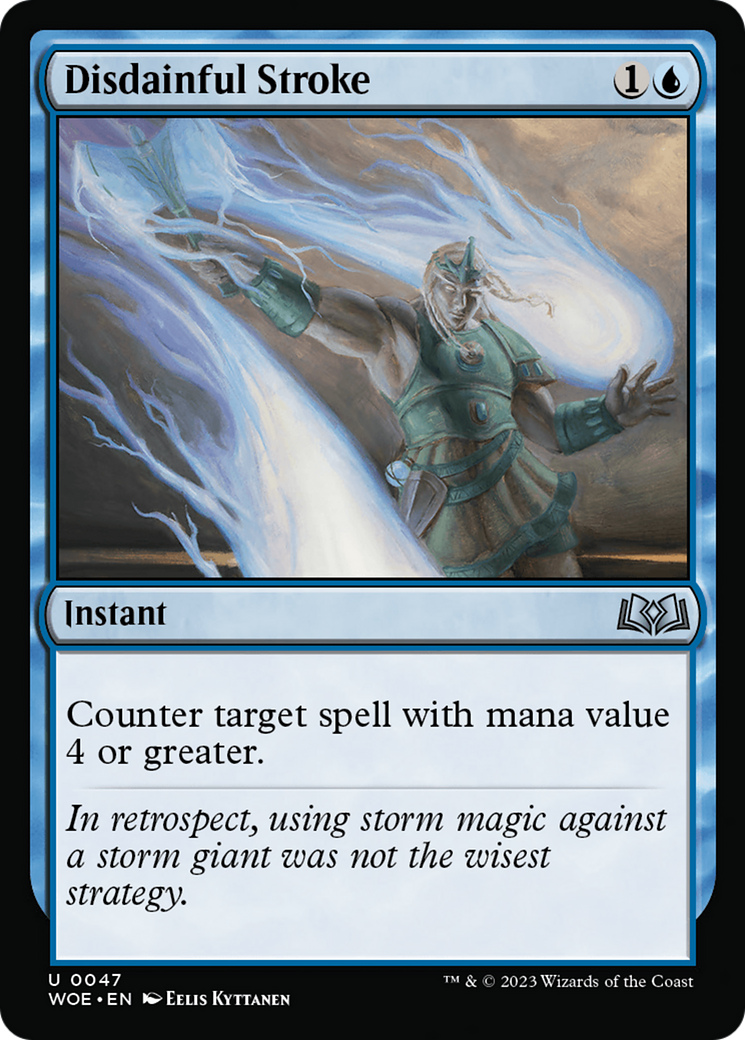
2 Get Lost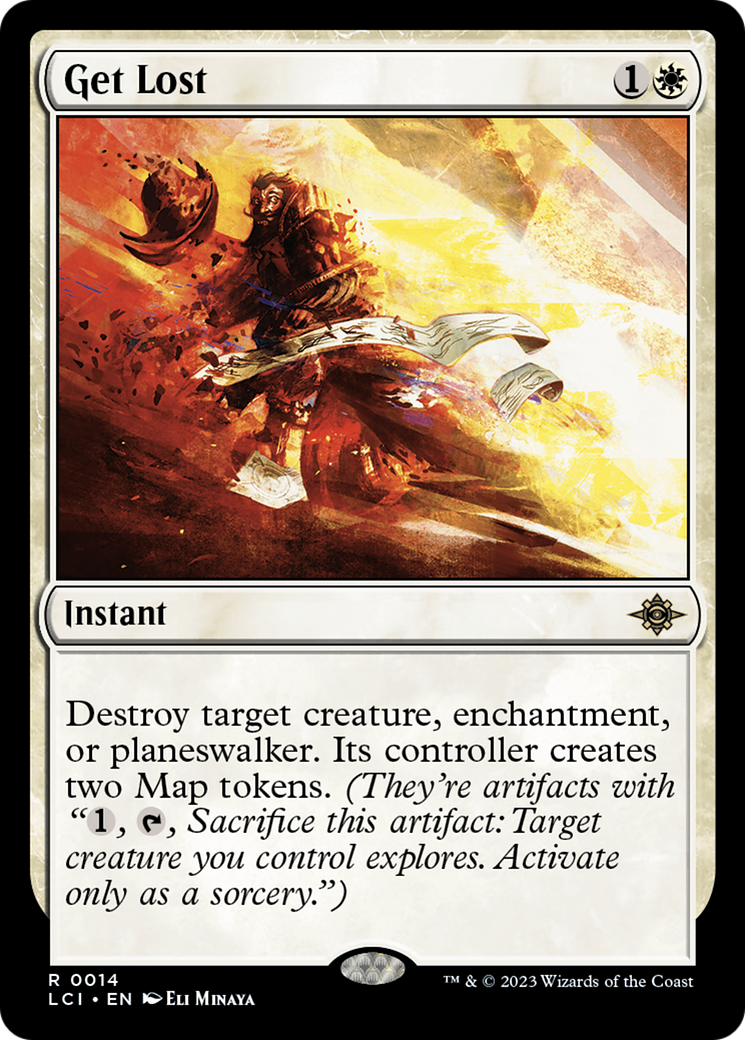
2 Knockout Blow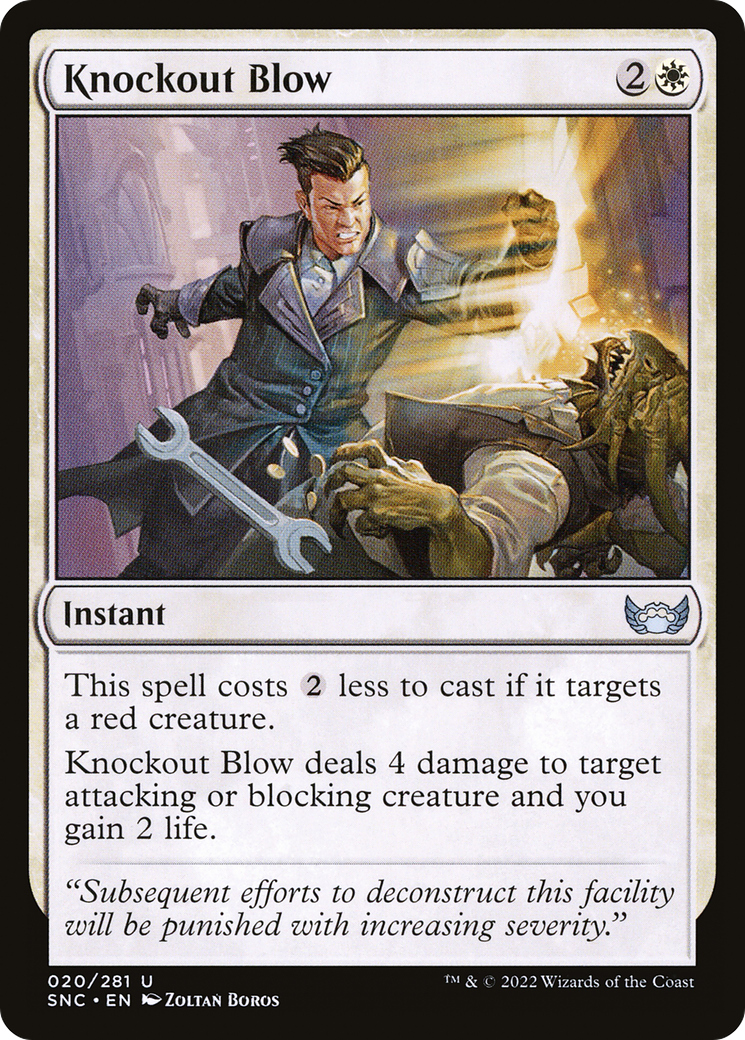
4 Spell Pierce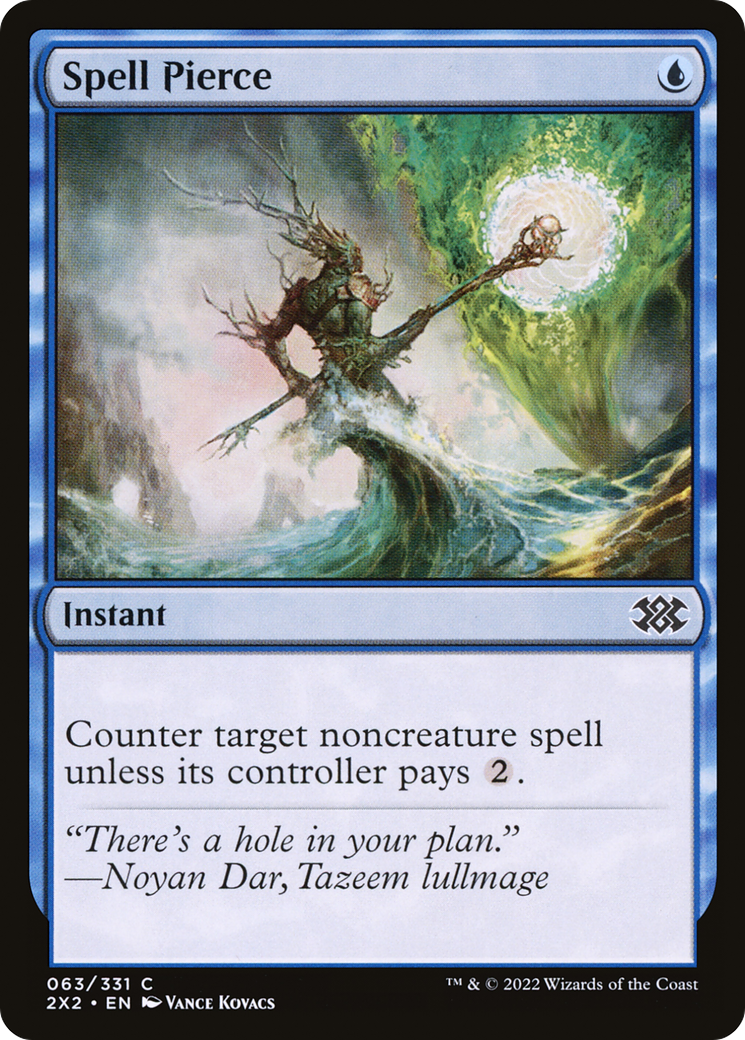
Bant Poison can quickly swarm out of control thanks to the power of Skrelv’s Hive.

There’s some reach with the powerful combo of March of Swirling Mist and Venerated Rotpriest. Each creature that phases out on your side of the battlefield will poison your opponent and can then attack on the following turn unimpeded with enough mana.

The poison creatures are once again weak to Temporary Lockdown, but Serum Snare can serve as an important reset at an opportune time.
RAMP
Domain Ramp
4 Leyline Binding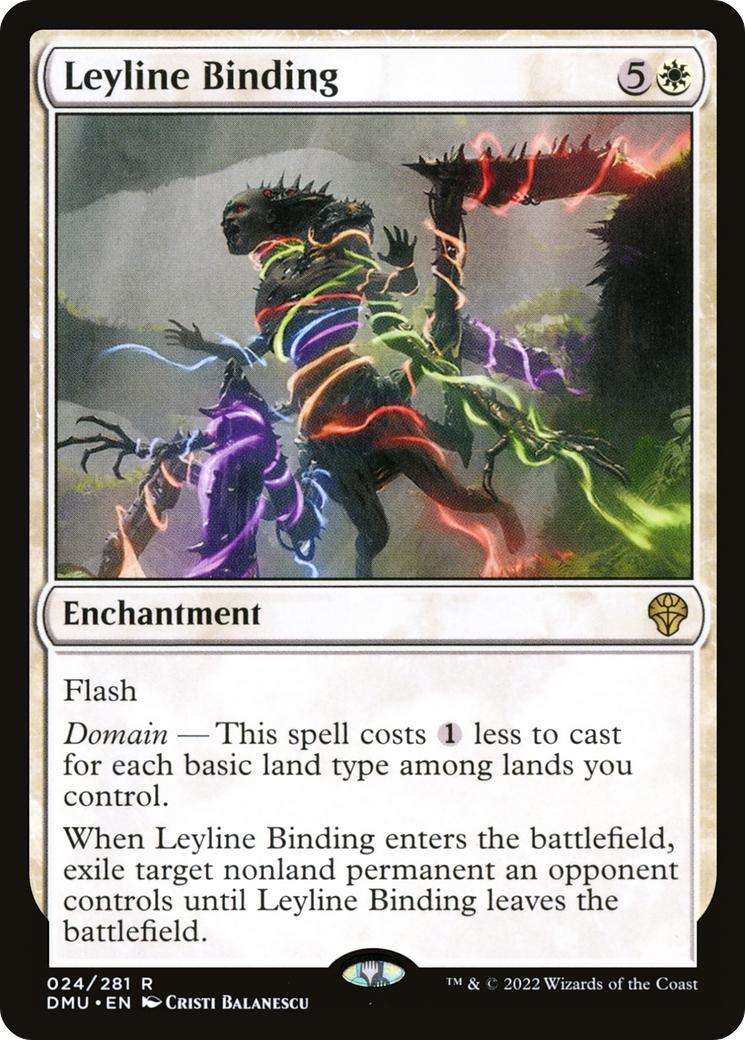
4 Herd Migration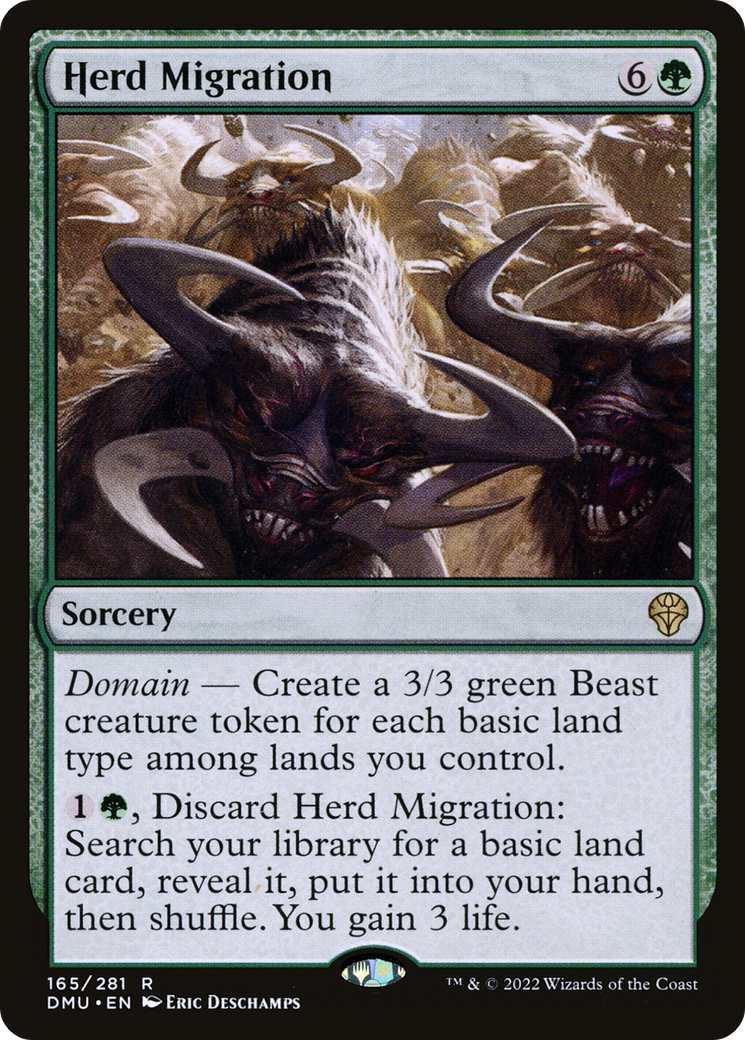
3 Atraxa, Grand Unifier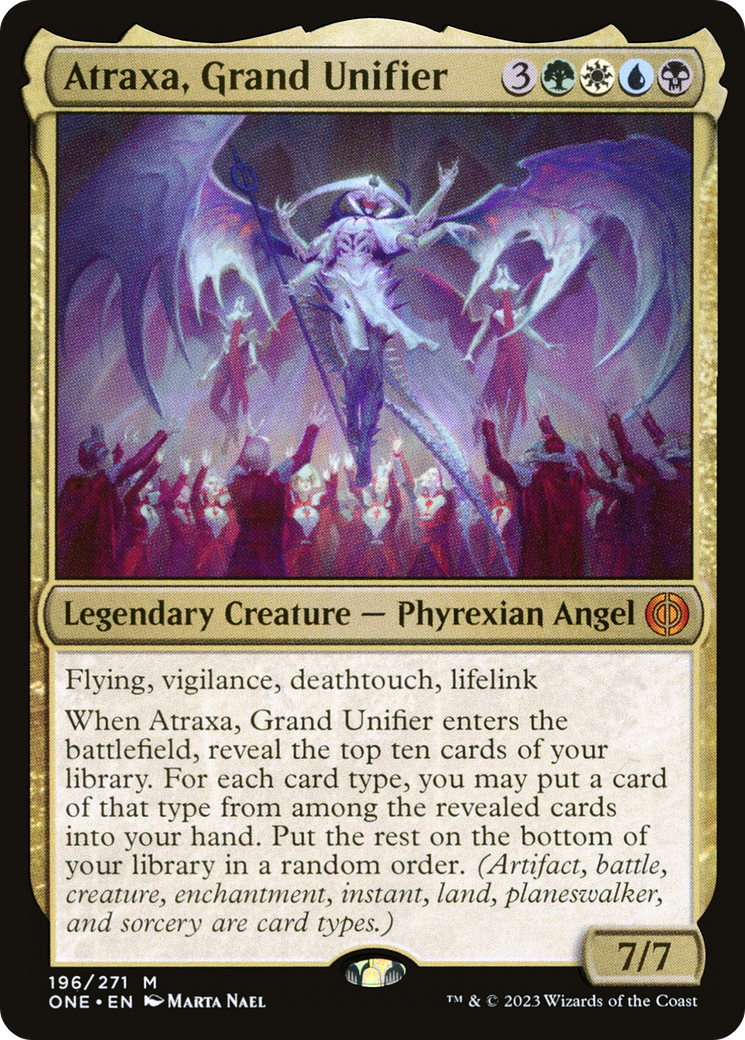
4 Archangel of Wrath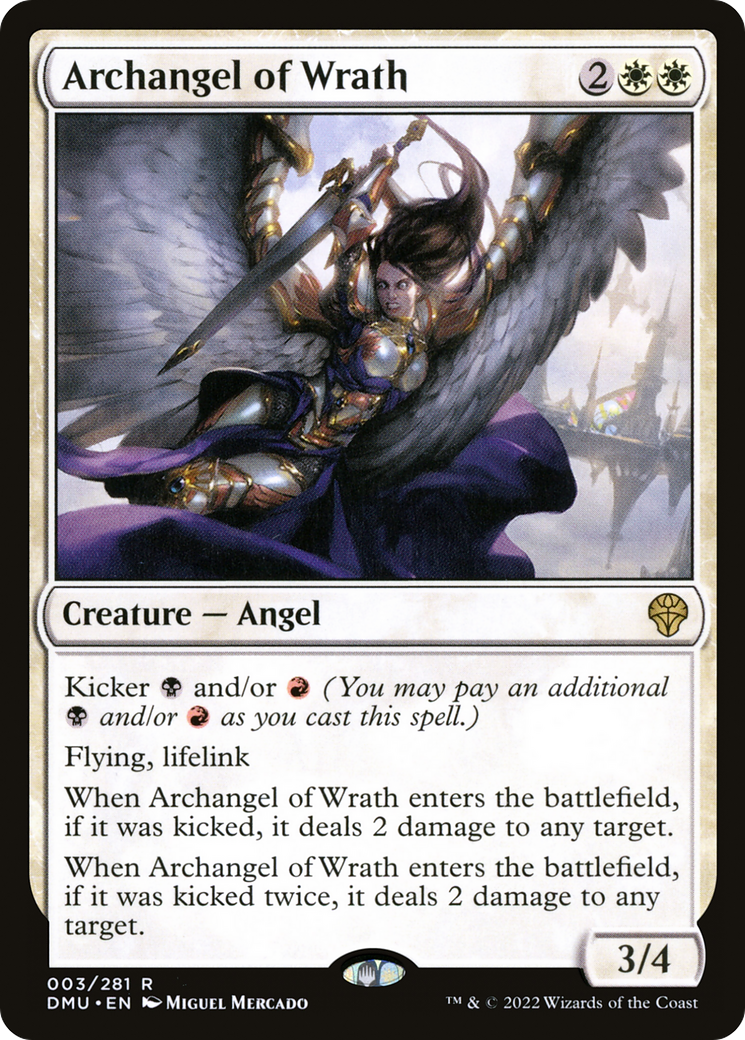
4 Topiary Stomper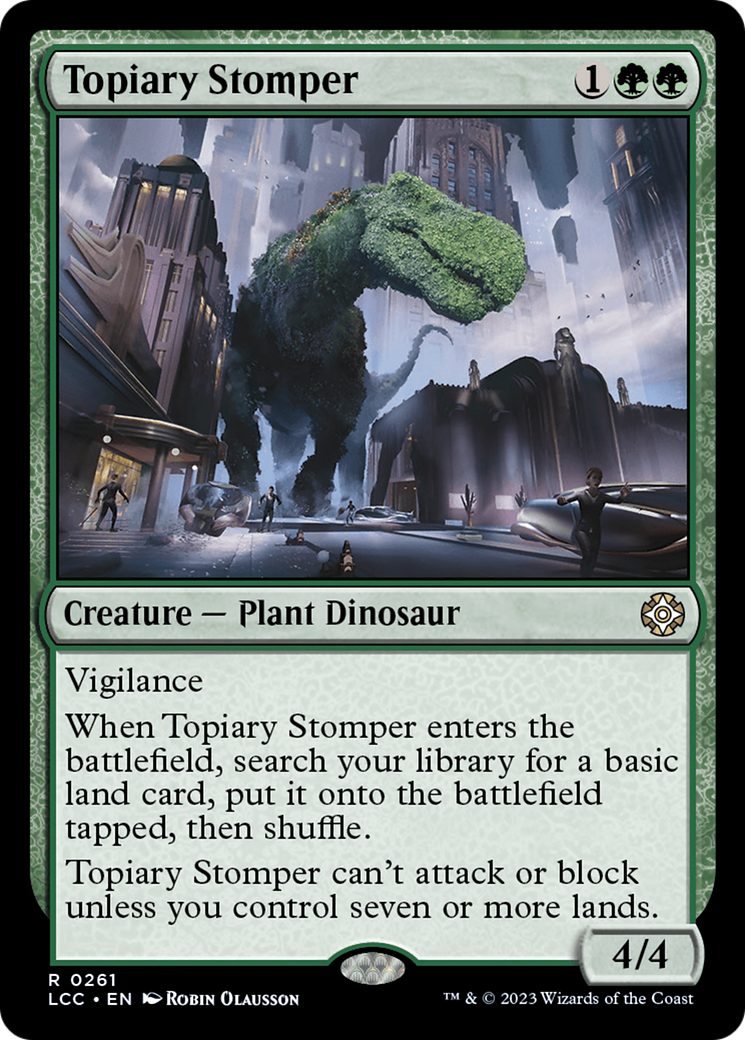
4 Up the Beanstalk
2 Invasion of Zendikar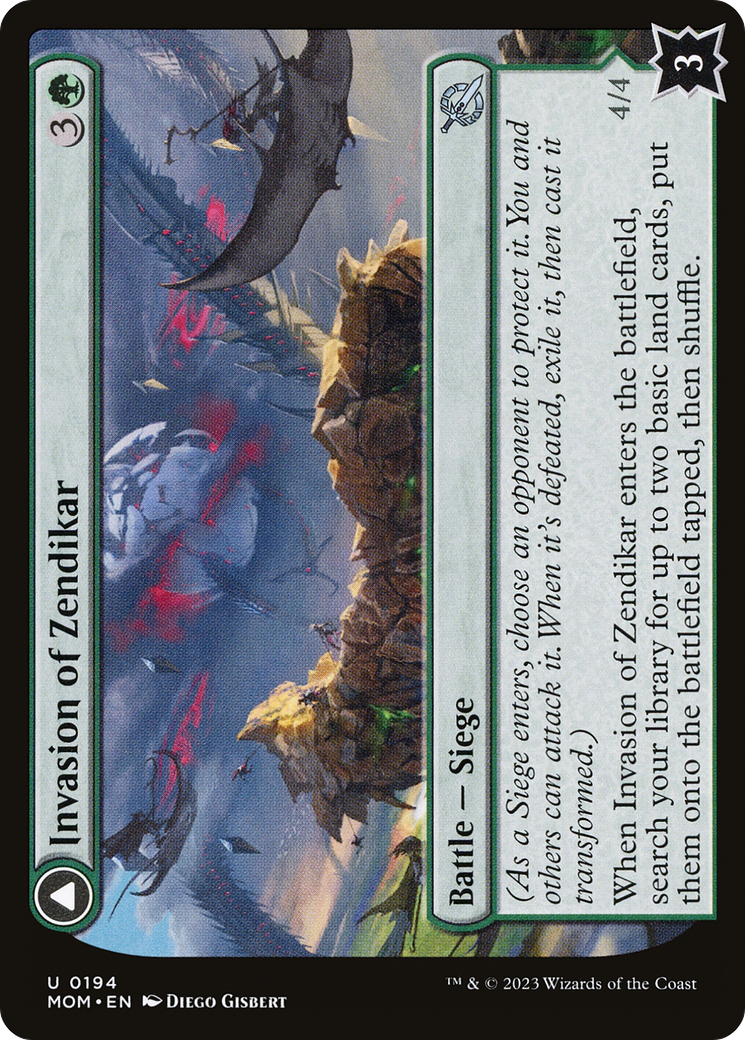
4 Sunfall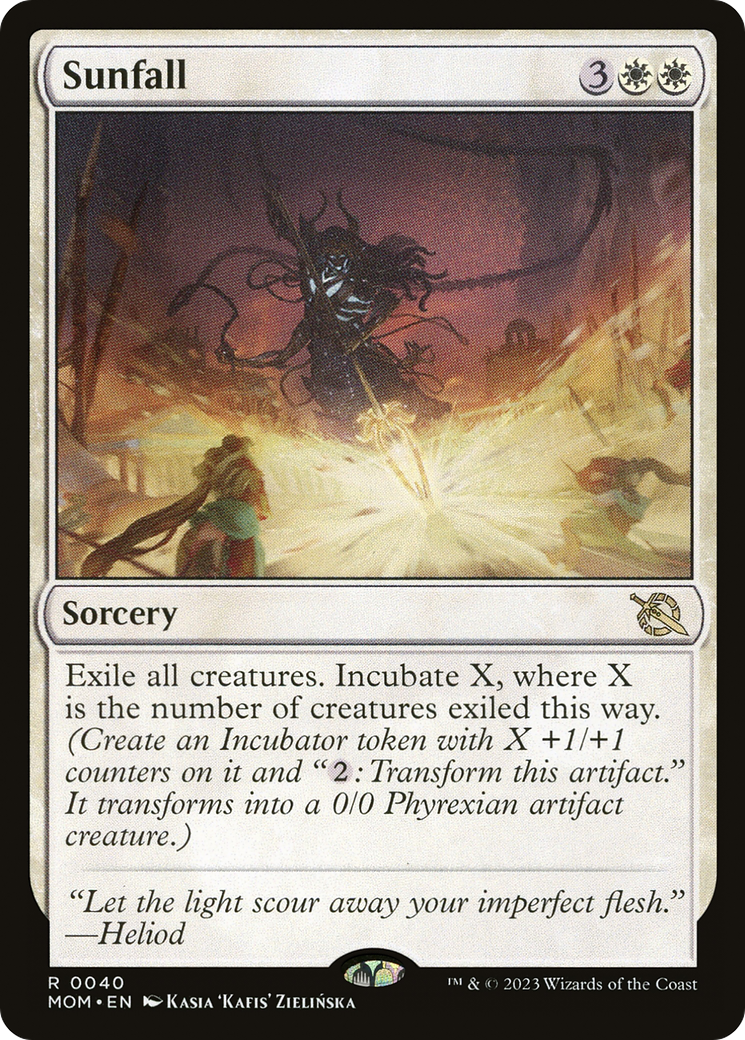
2 Temporary Lockdown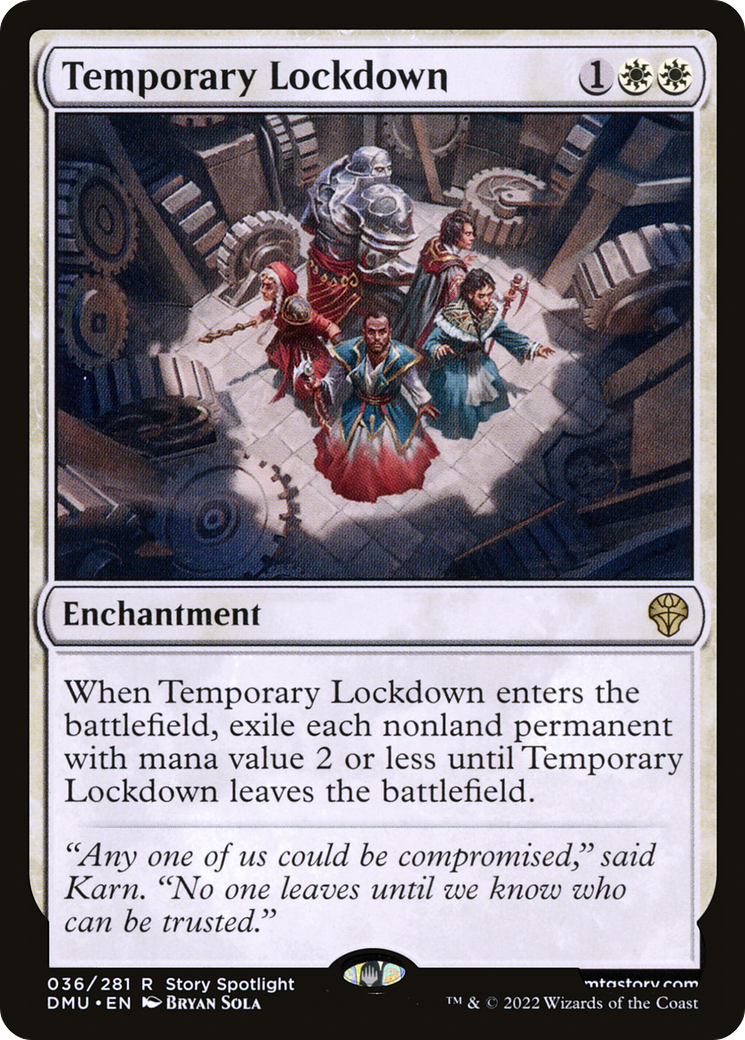
1 Depopulate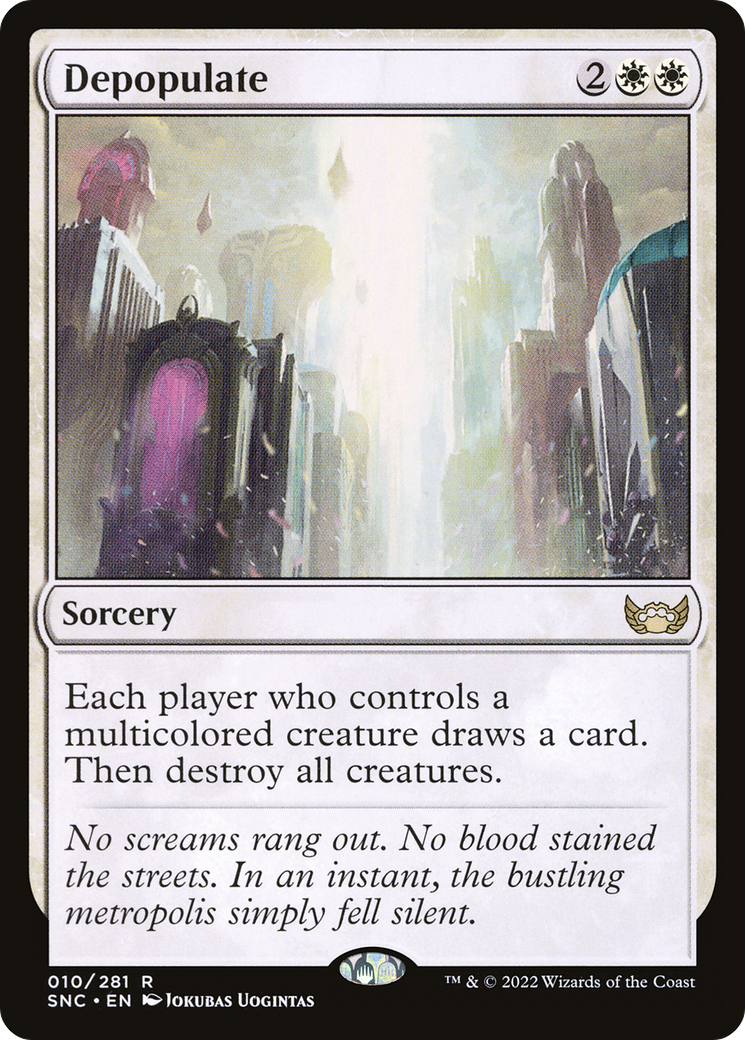
1 Nissa, Ascended Animist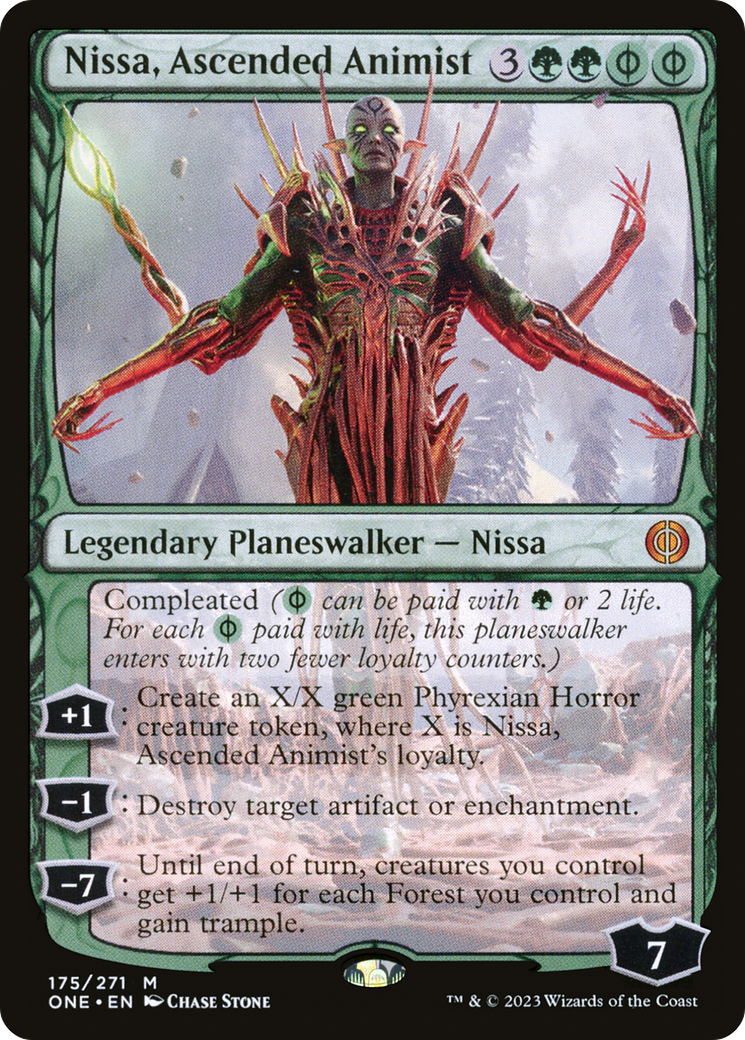
1 Case of the Locked Hothouse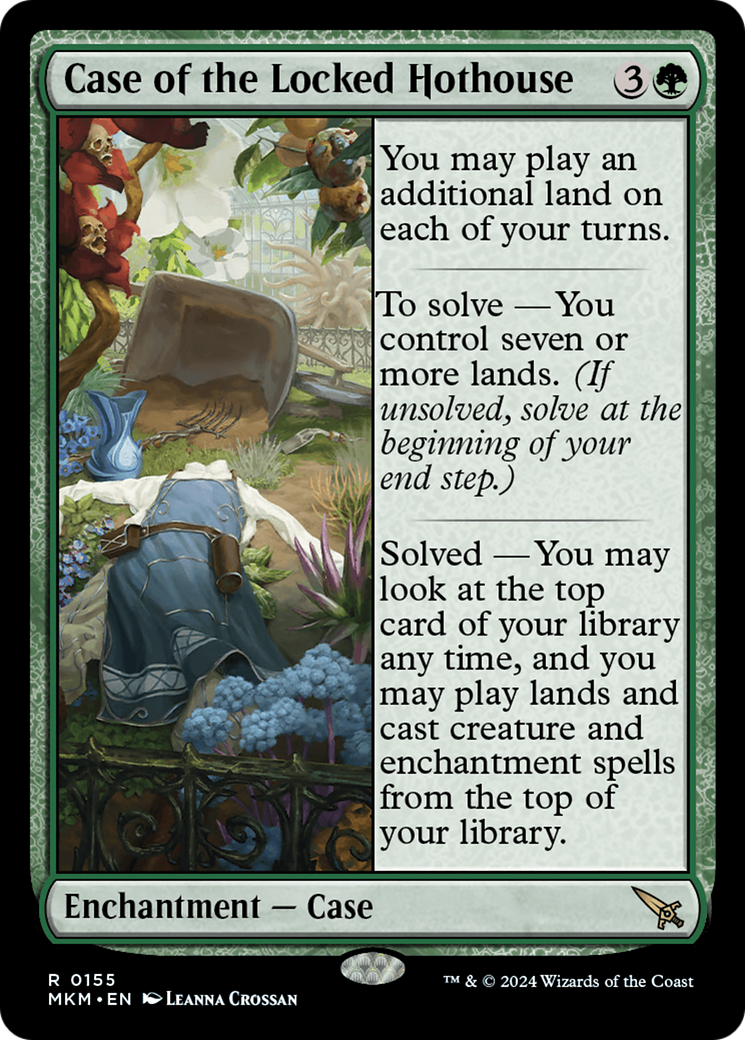
4 Spara's Headquarters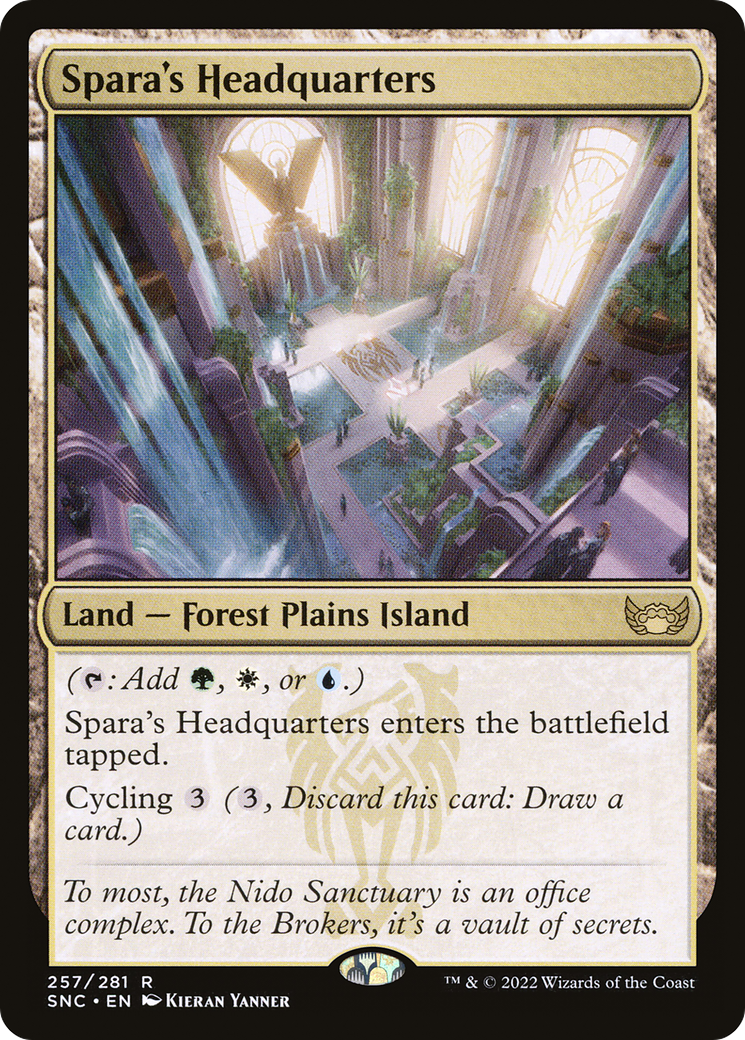
4 Ziatora's Proving Ground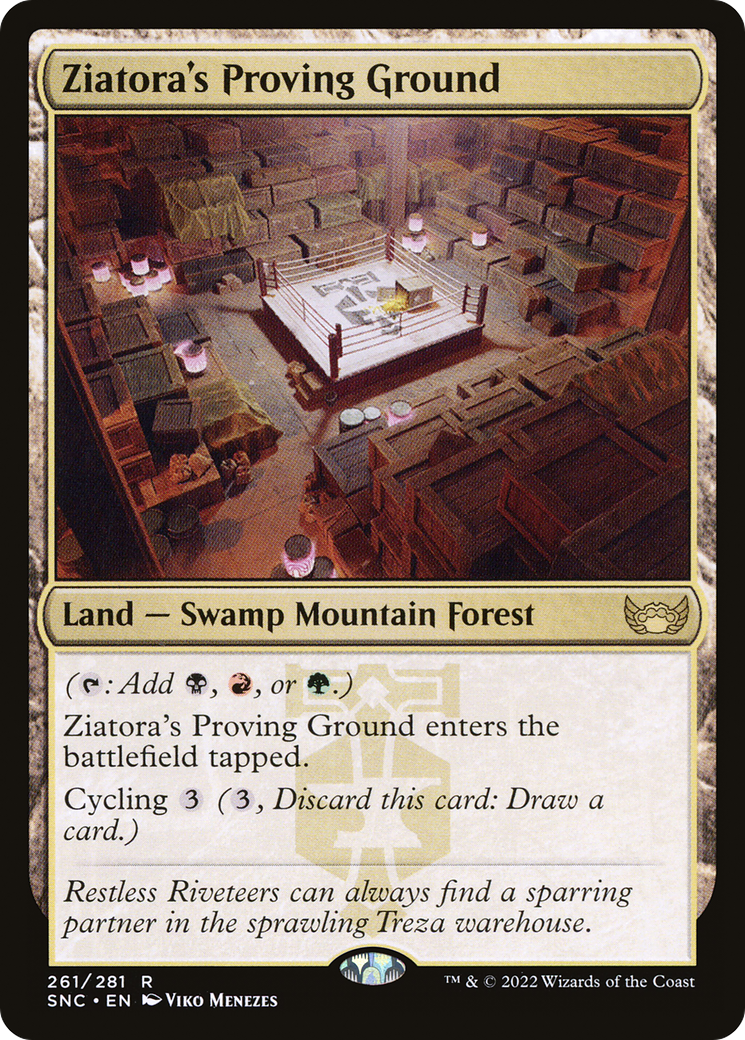
4 Cavern of Souls
4 Jetmir's Garden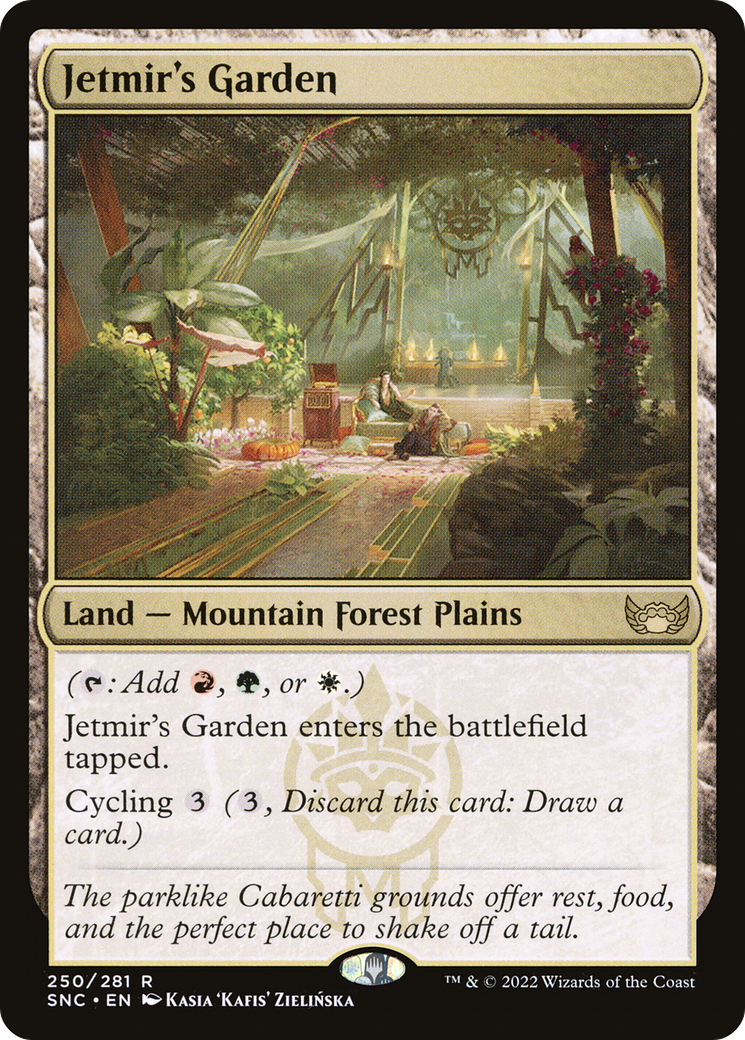
1 Boseiju, Who Endures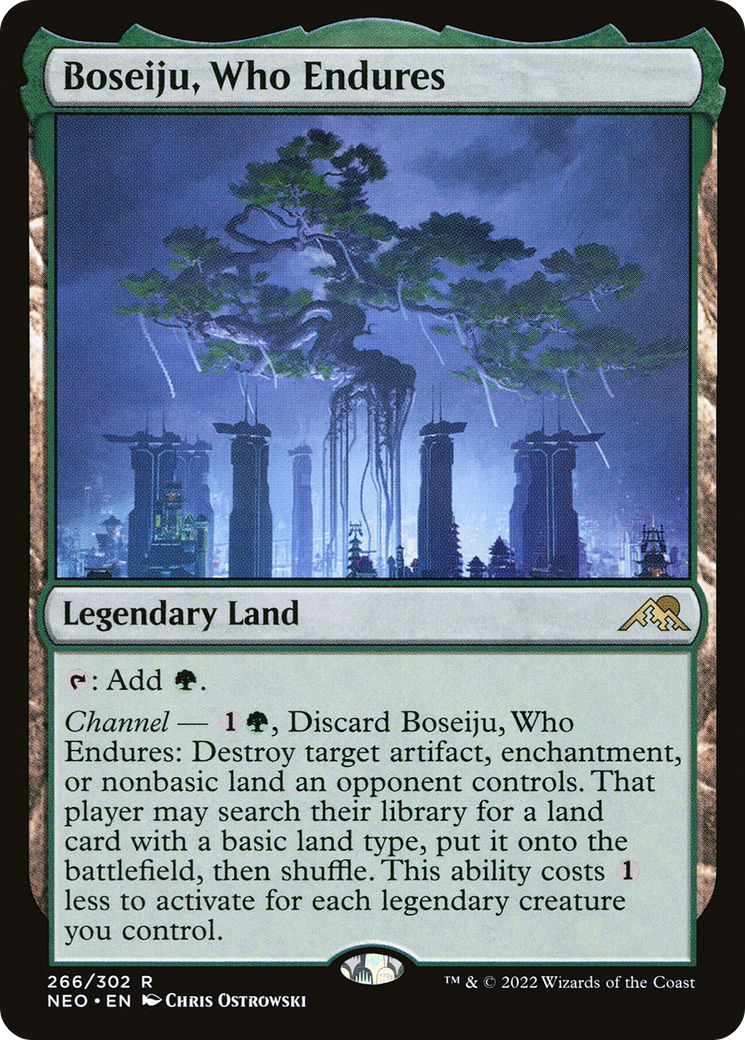
3 Plains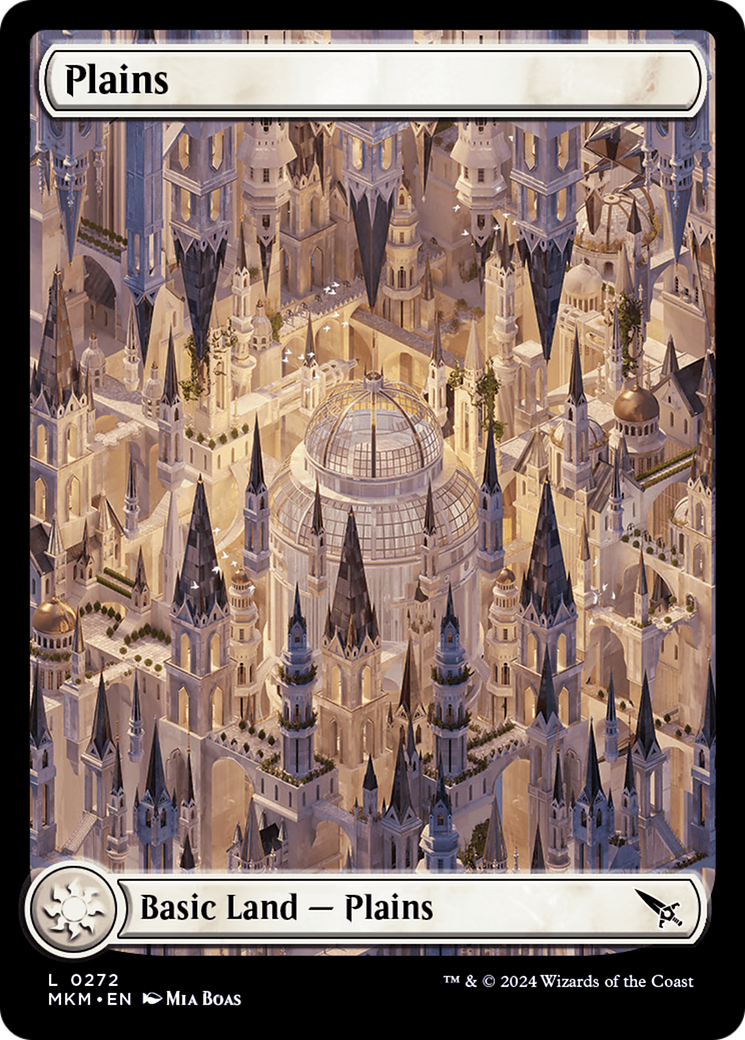
3 Forest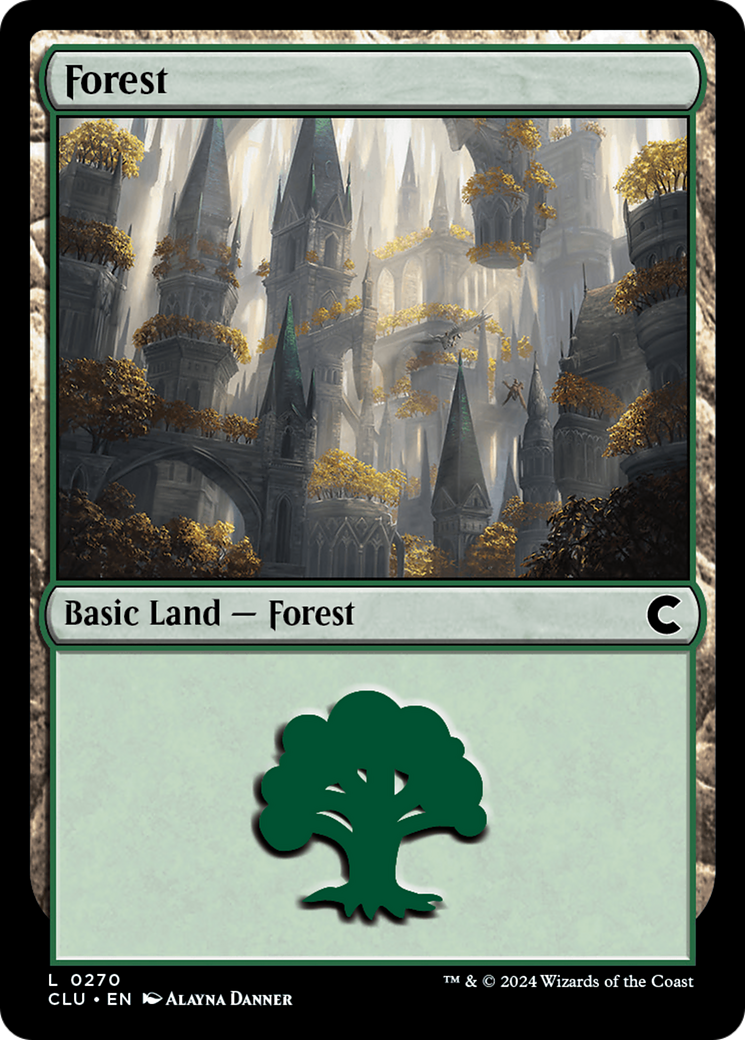
1 Island
1 Swamp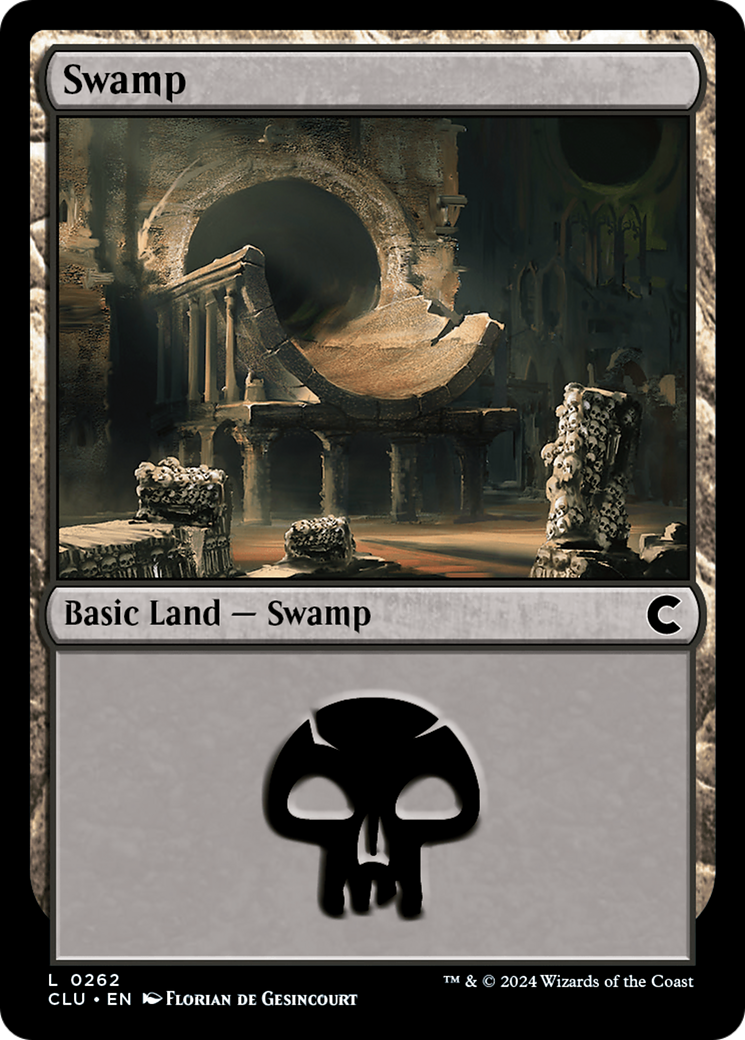
1 Mountain
SIDEBOARD
1 The Wandering Emperor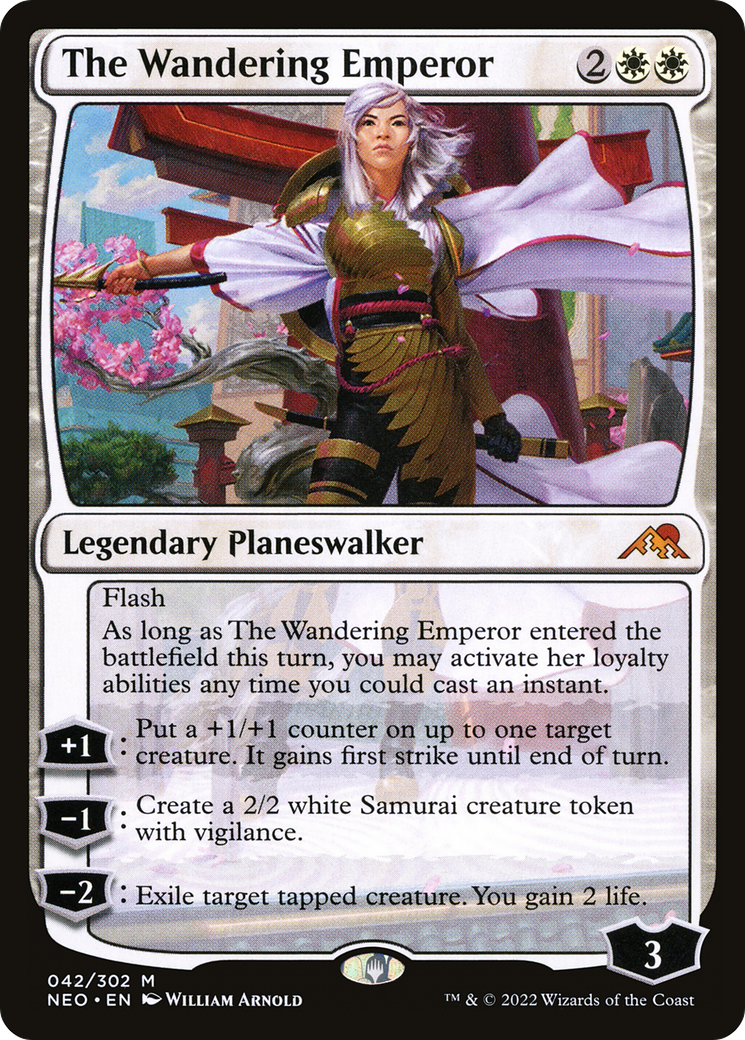
1 Case of the Locked Hothouse
2 Destroy Evil
2 Jace, the Perfected Mind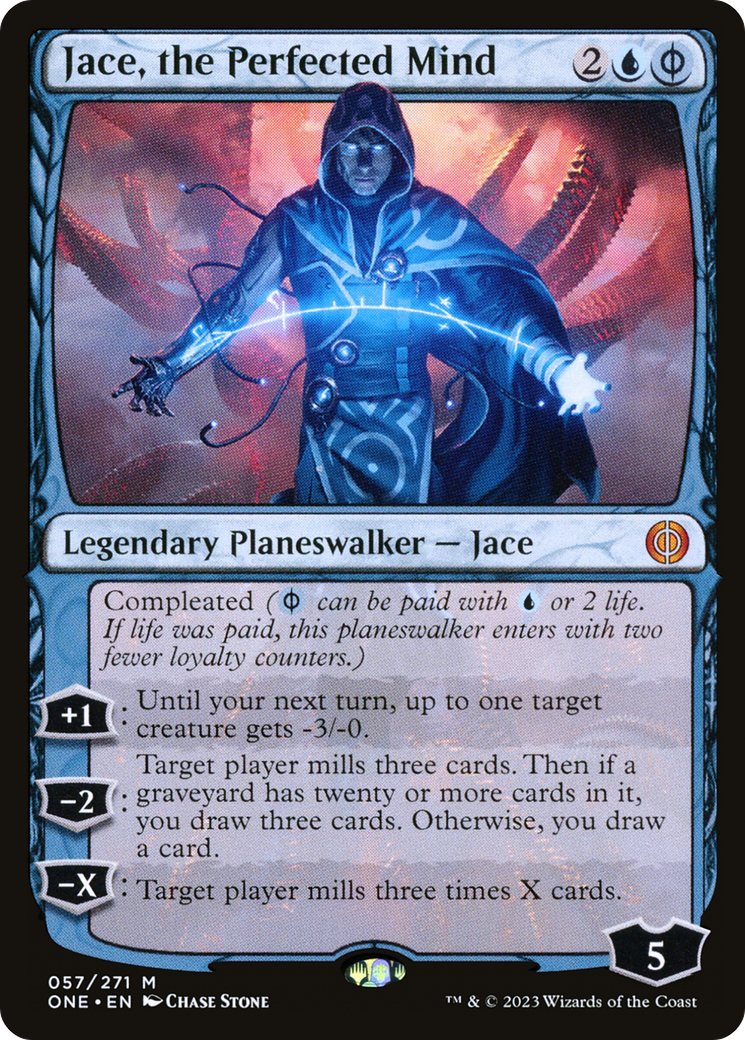
2 Temporary Lockdown
2 Knockout Blow
2 Tishana's Tidebinder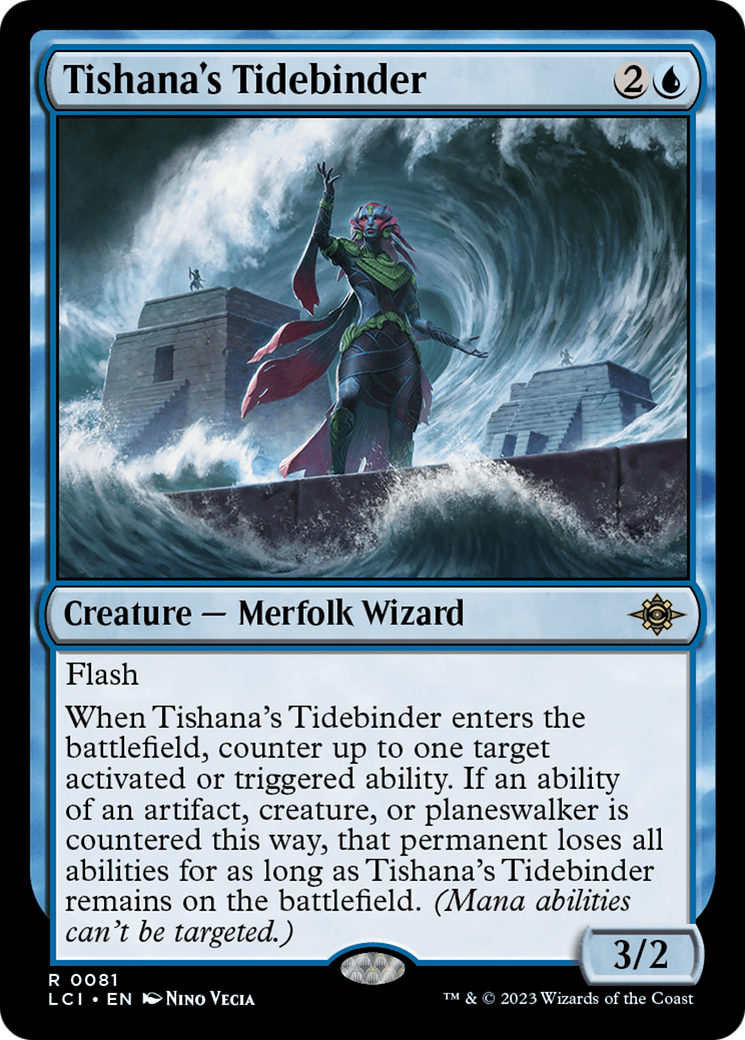
3 Negate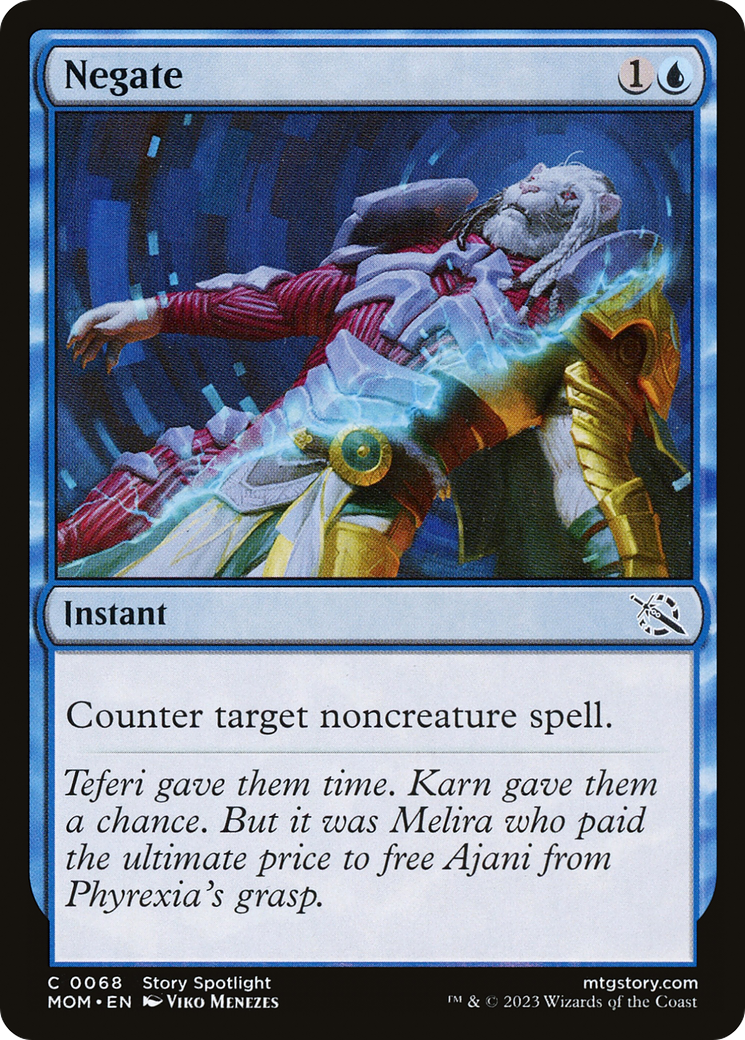
This is Maciej Chomicki’s top 8 list from NRG Chicago.

Domain Ramp is the ceiling of the format as it will go over the top of any foe. The deck was previously enabled by the strength of curving Invasion of Zendikar into Atraxa, Grand Unifier or Herd Migration. Over time it has deemphasized its reliance on Invasion of Zendikar as the Standard pool grows larger. Today it operates more like a big midrange deck.
Midrange decks can have trouble against Domain Ramp as it’s able to quickly slam a game-ending threat in the mid game. It’s a difficult needle to thread between applying pressure and holding up interaction for haymakers.

Sunfall is a fantastic sweeper against Boros Convoke and Bant Infect as it’s able to clean up the battlefield while creating a large incubator token. Archangel of Wrath is also a nice catchup mechanism against fast decks as it can take out multiple threats. Thanks to the powerful anti-aggro white cards Ramp can still win against fast decks with proper preparation. This is appealing from a balance perspective as matchups that are too polarizing can feel like a lottery.
Ramp decks can have trouble against heavy counter decks because a seven-drop can get hit by a No More Lies. Up the Beanstalk was powerful enough to be banned in Modern, but also makes a splash in Standard as you draw a replacement card for slamming haymakers. Leyline Binding is a payoff for Up the Beanstalk and is more than worth stretching the manabase to support all five colors.
MIDRANGE
There are plenty of ways to build midrange in Standard.
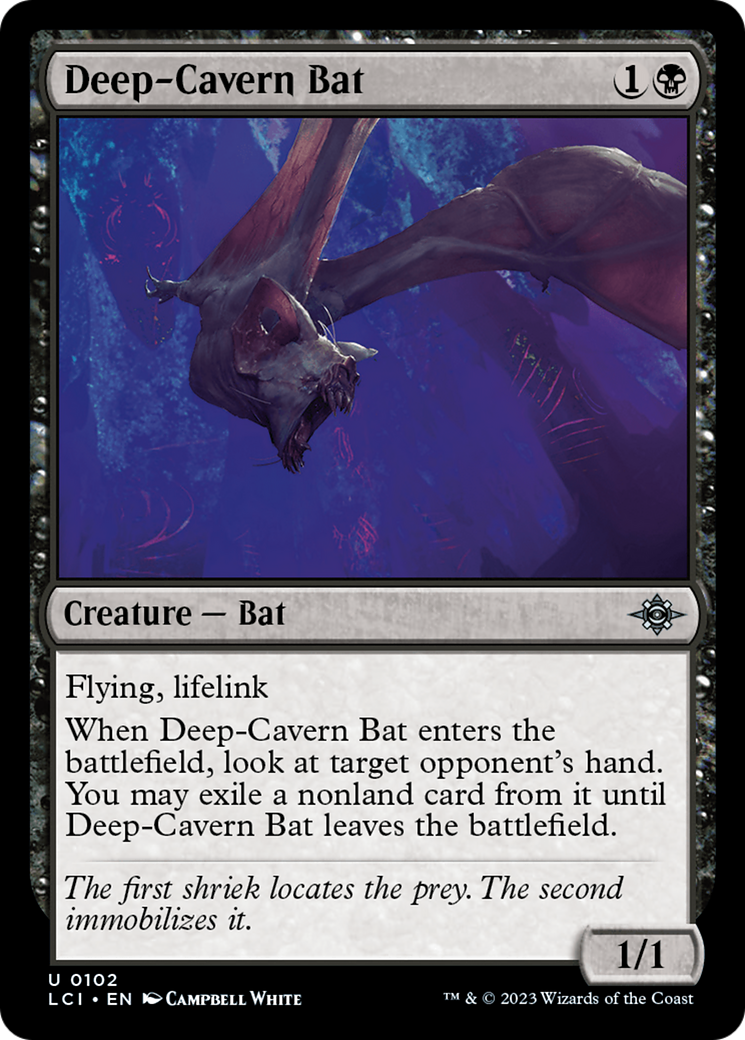
Black is the common denominator thanks to the power of the innocuous Deep-Cavern Bat.
While you can have an excellent chance of taking down an RCQ with Convoke and Ramp, it’s also possible to spike the event with good ol’ midrange.
This list made the finals of NRG Chicago by Tim Hatch.
Esper Midrange
3 Caves of Koilos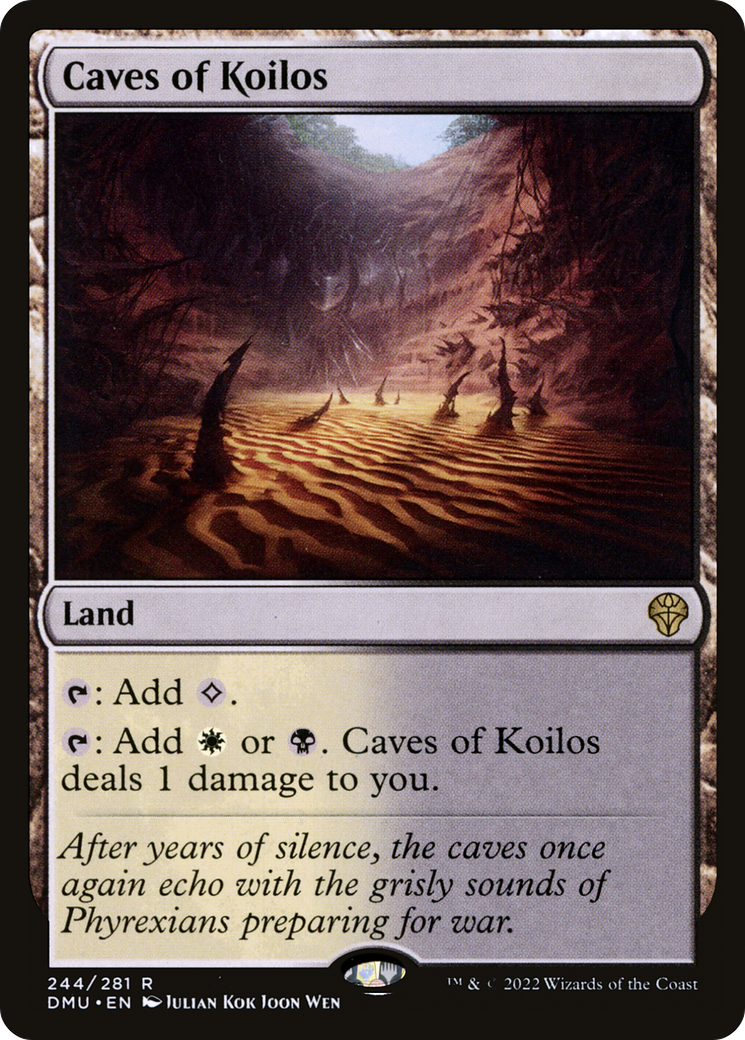
3 Cut Down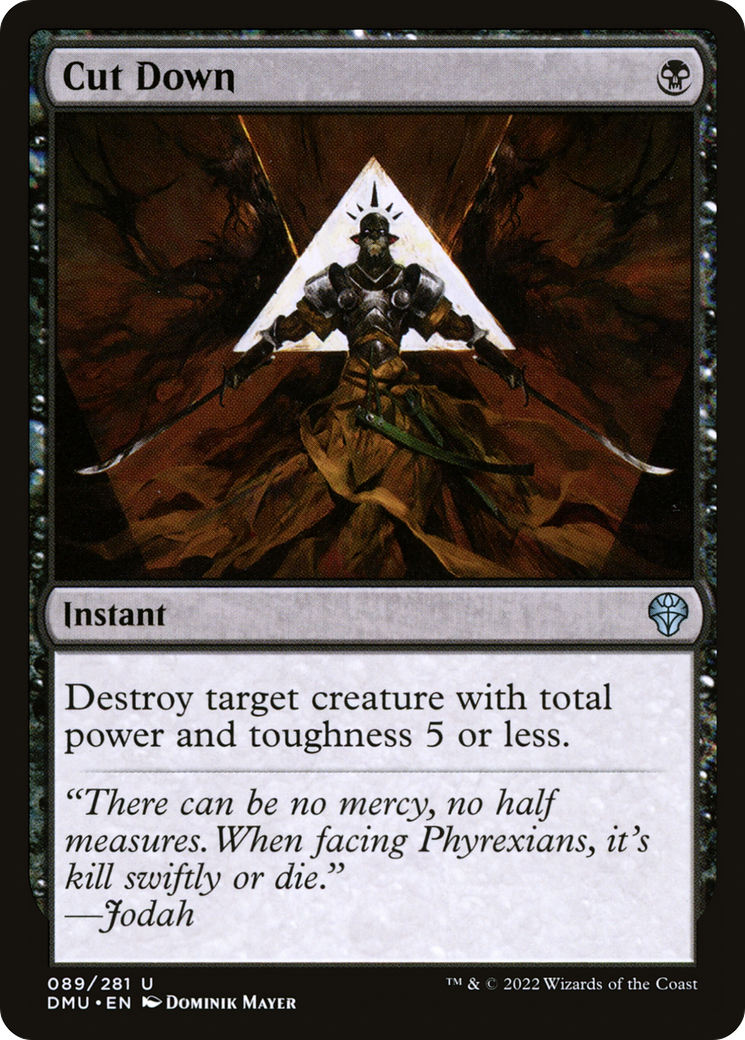
4 Darkslick Shores
4 Deep-Cavern Bat
3 Dennick, Pious Apprentice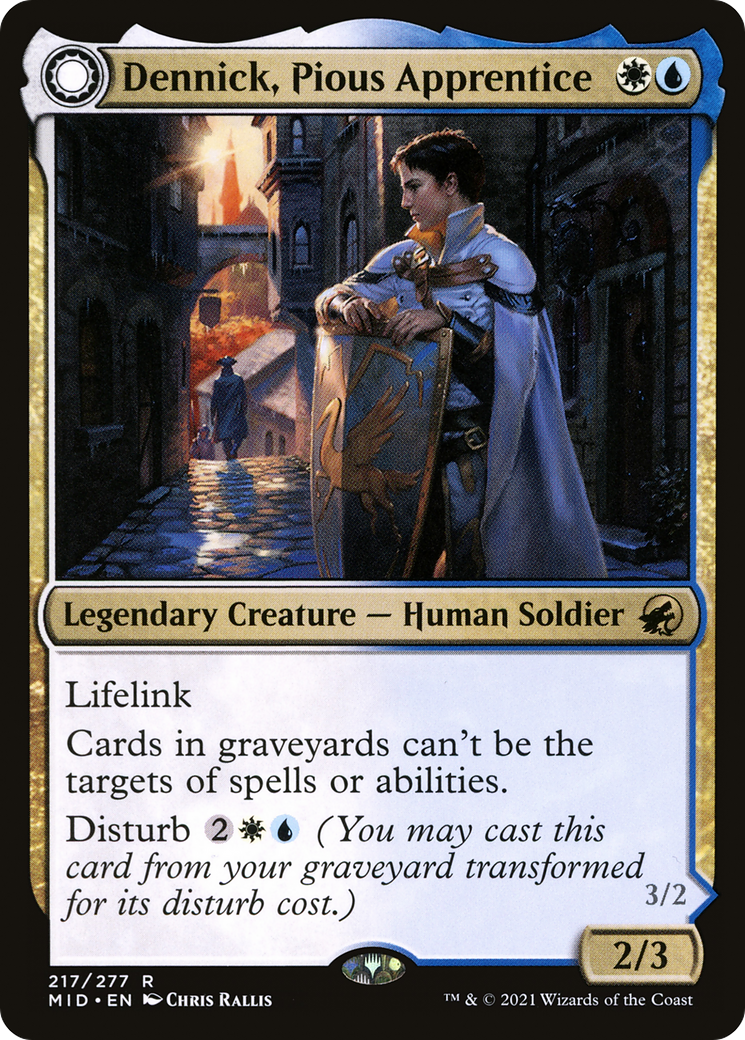
1 Deserted Beach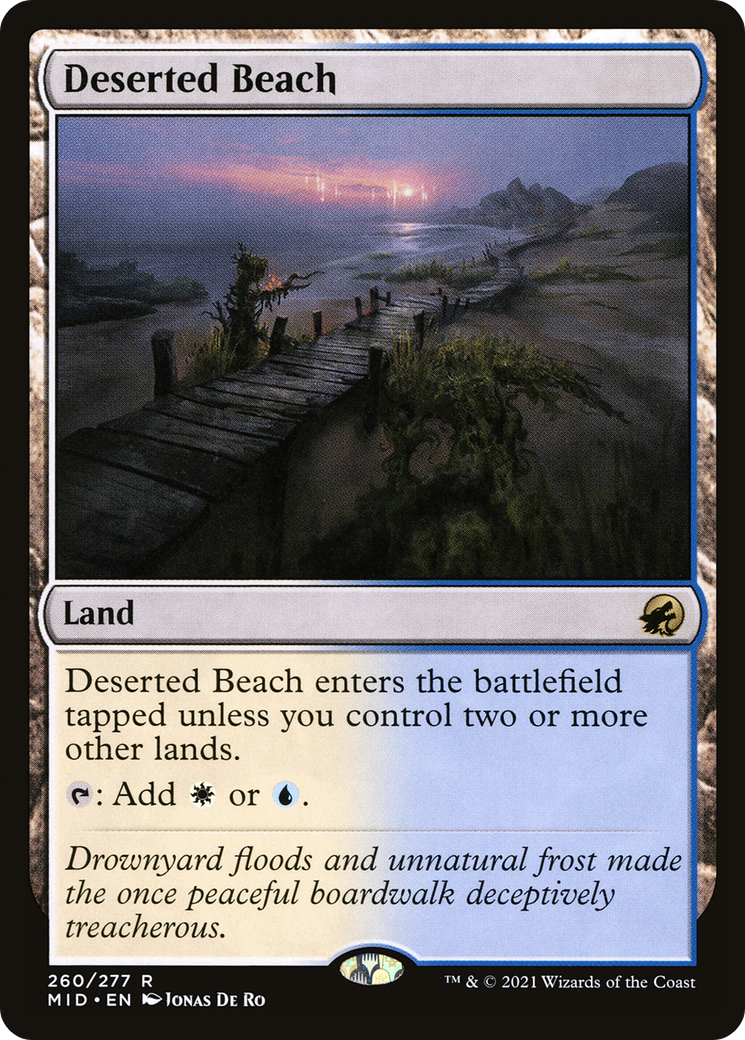
1 Destroy Evil
1 Eiganjo, Seat of the Empire
3 Faerie Mastermind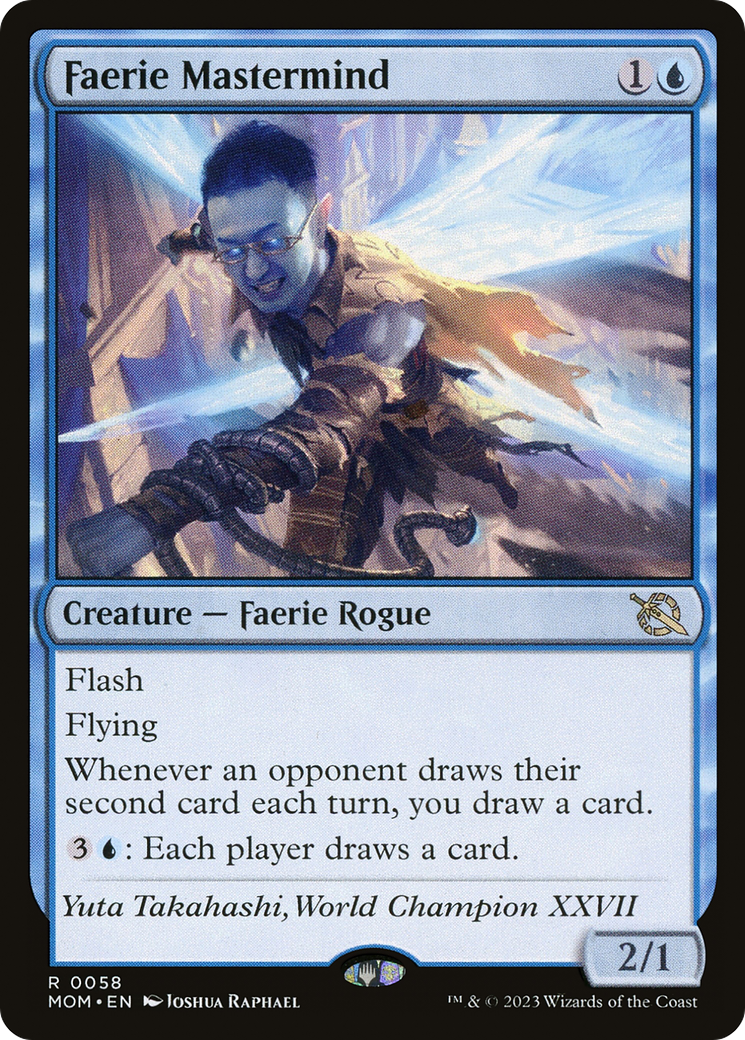
3 Go for the Throat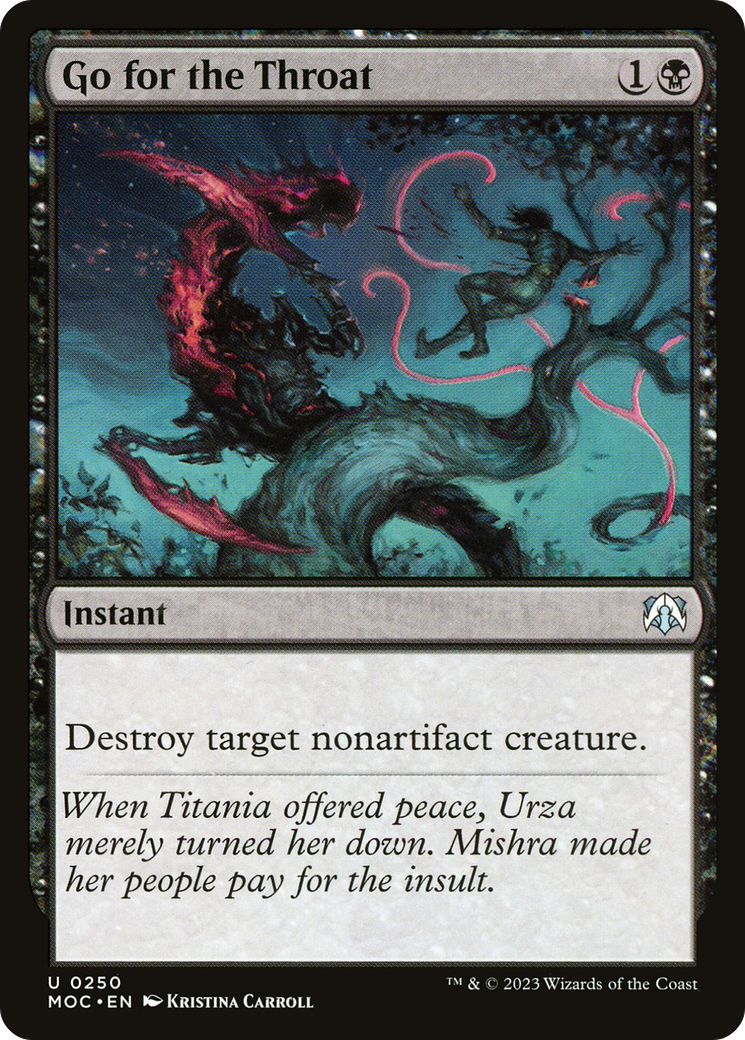
1 Island
4 No More Lies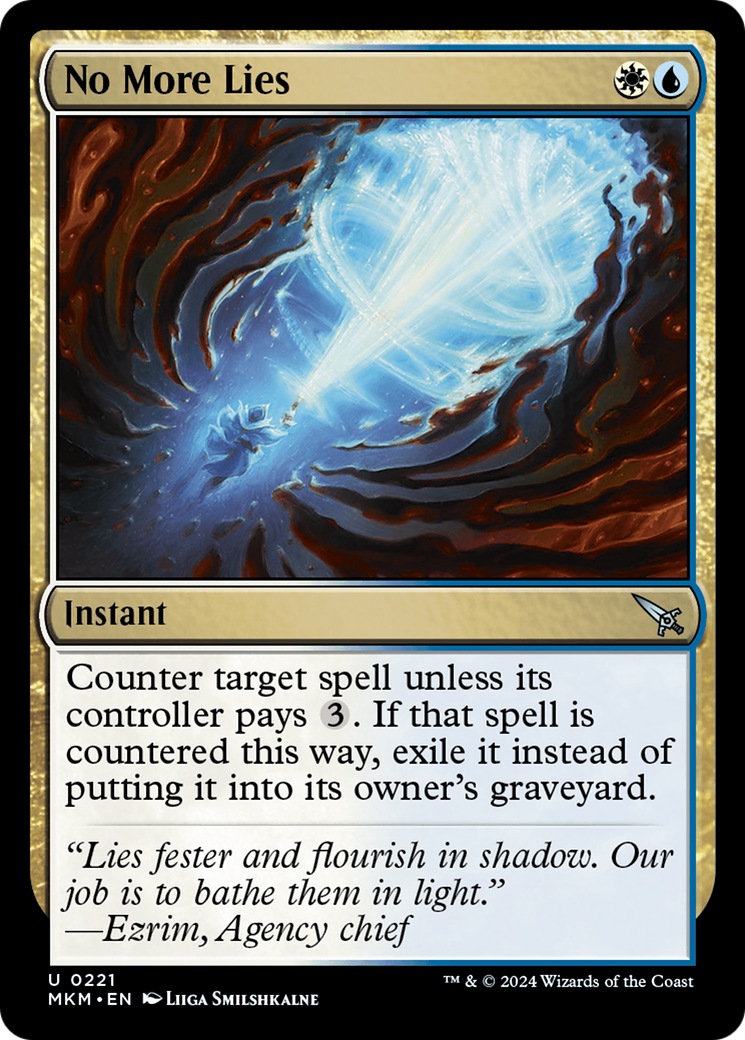
1 Otawara, Soaring City
1 Plains
1 Raffine's Tower
4 Raffine, Scheming Seer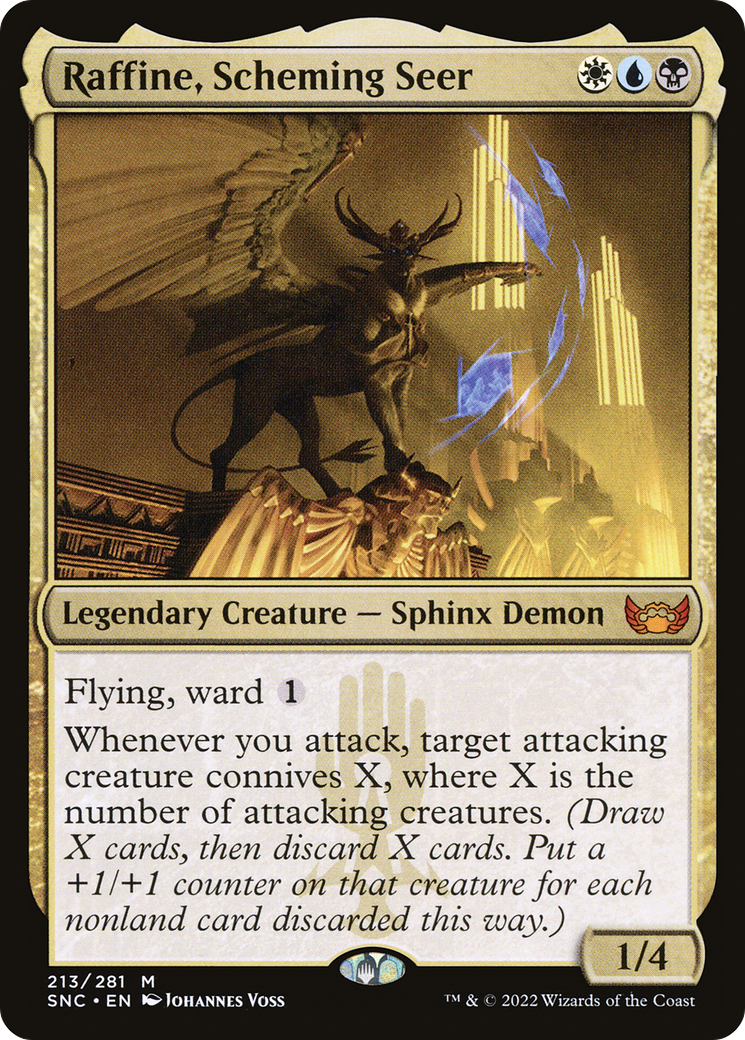
3 Restless Anchorage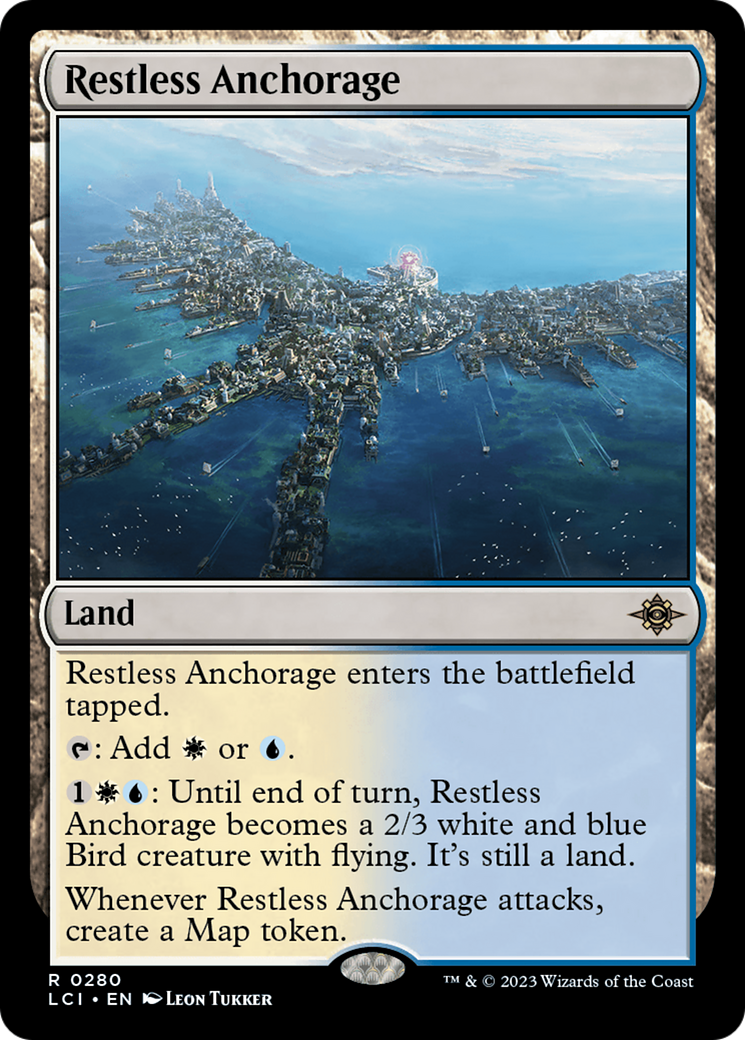
3 Seachrome Coast
4 Shattered Sanctum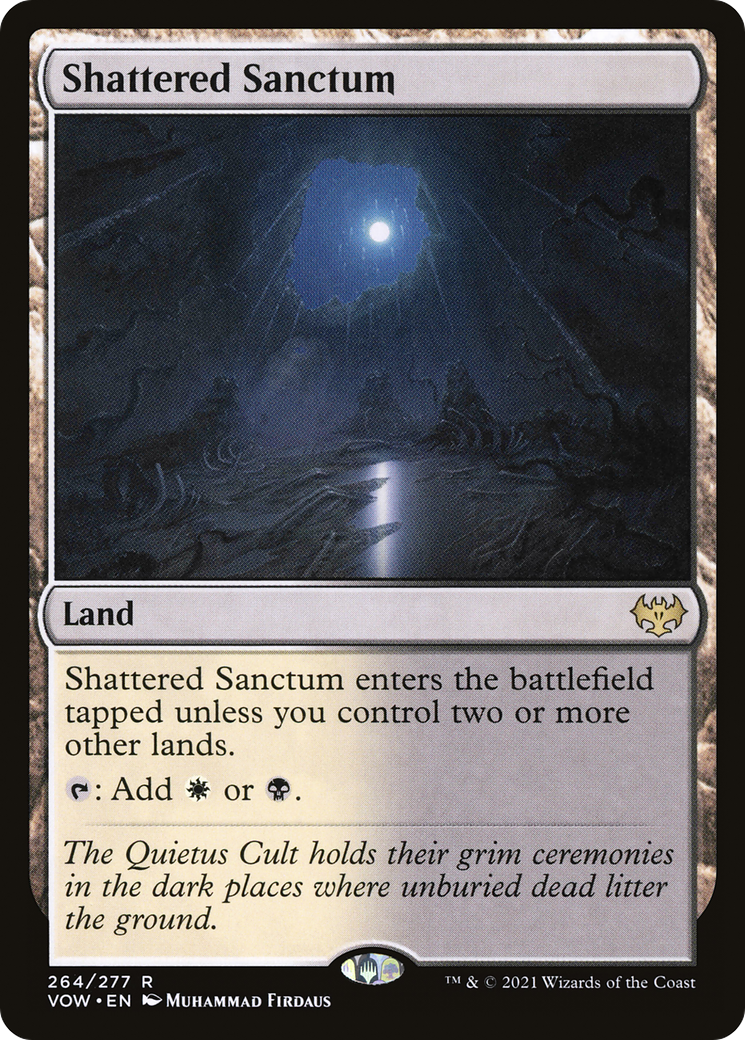
1 Takenuma, Abandoned Mire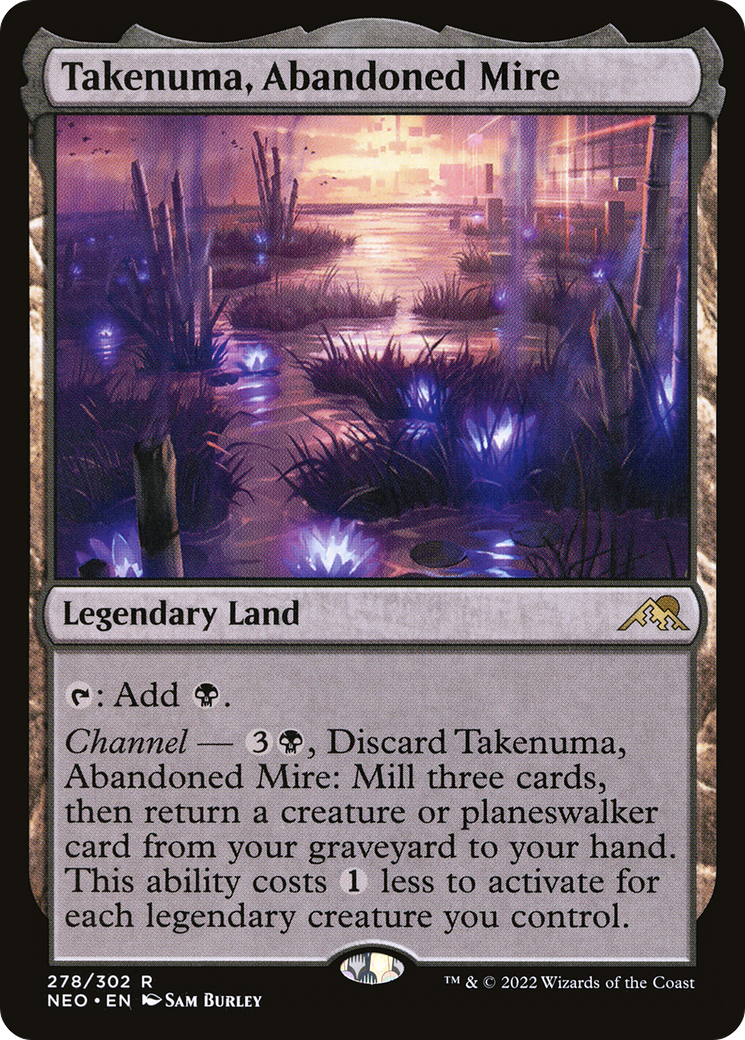
2 The Wandering Emperor
2 Underground River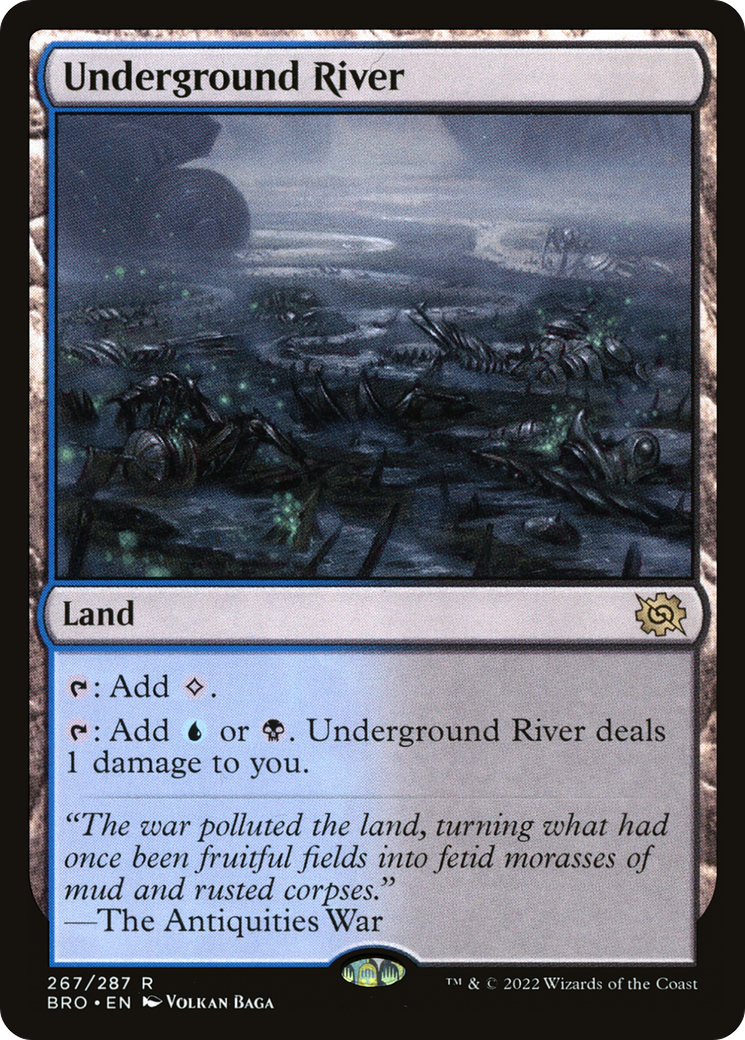
2 Virtue of Loyalty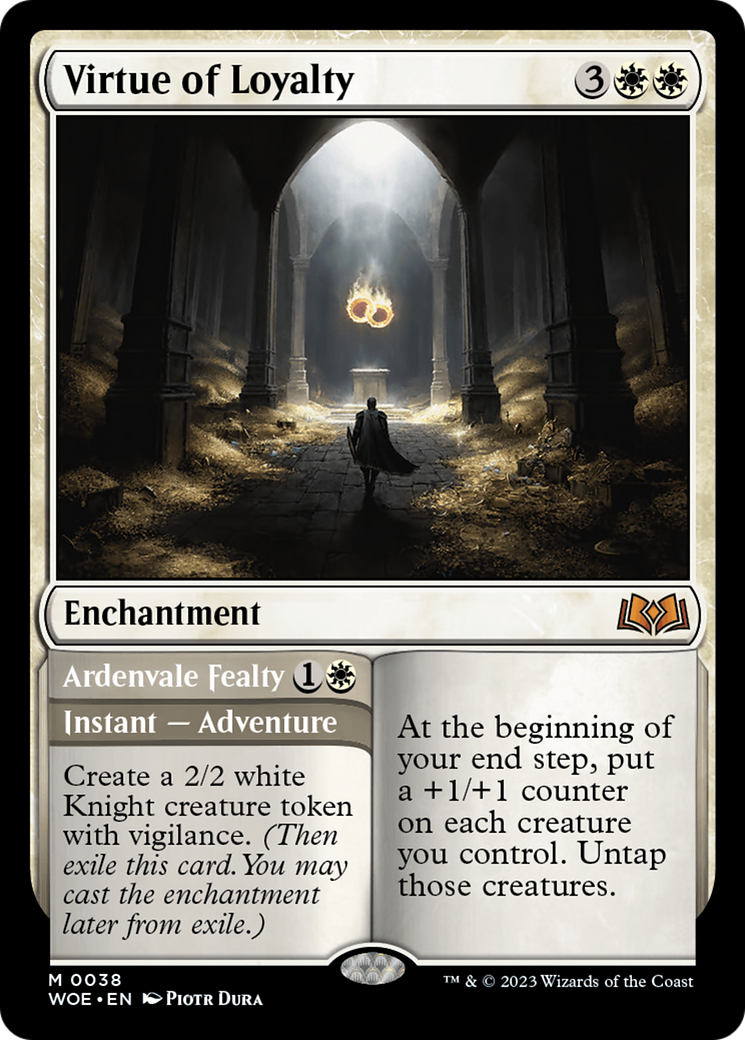
4 Wedding Announcement
1 Aclazotz, Deepest Betrayal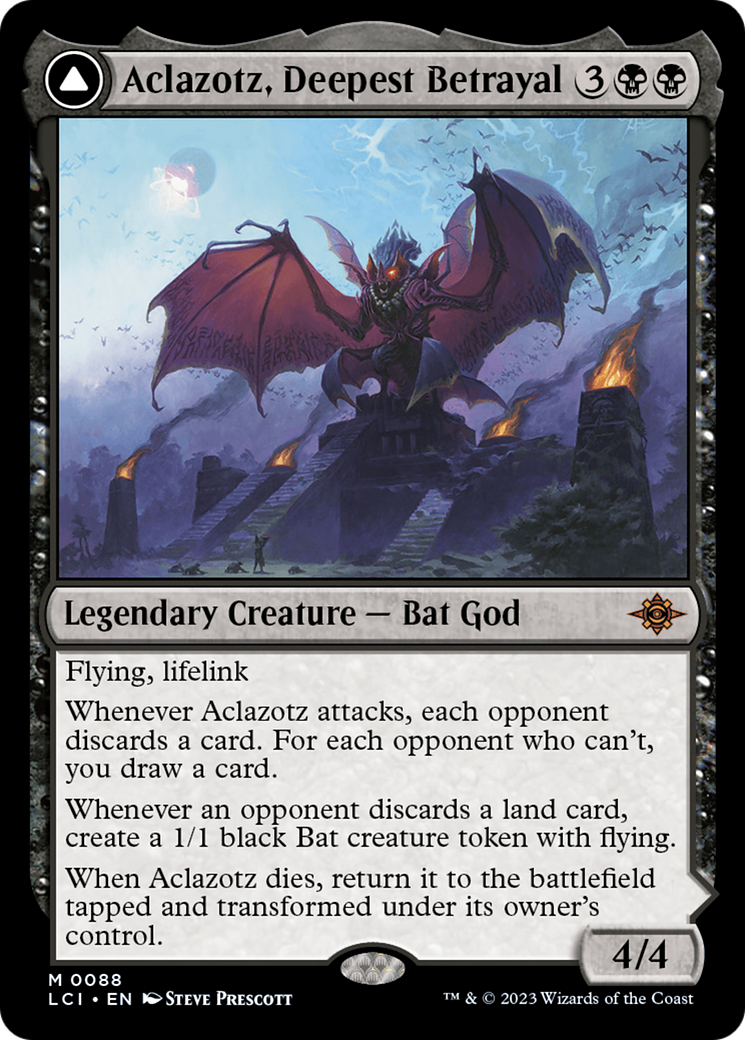
SIDEBOARD
1 Aclazotz, Deepest Betrayal
1 Destroy Evil
2 Disdainful Stroke
2 Knockout Blow
1 Negate
3 Tishana's Tidebinder
1 Cut Down
2 Loran of the Third Path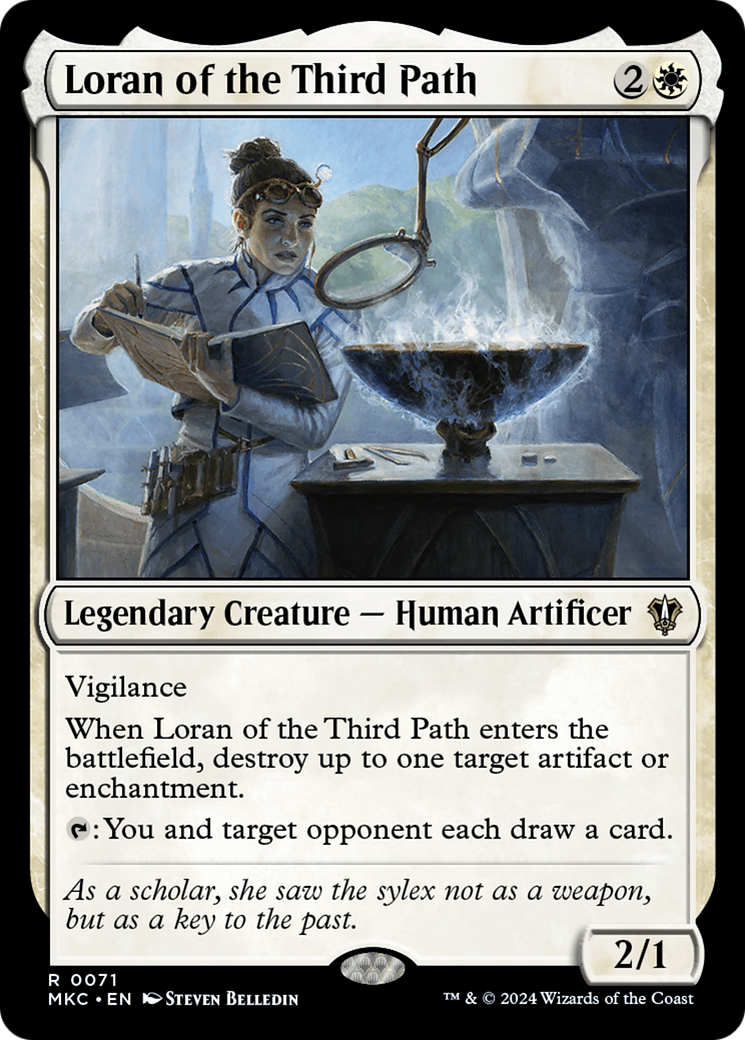
2 Cryptic Coat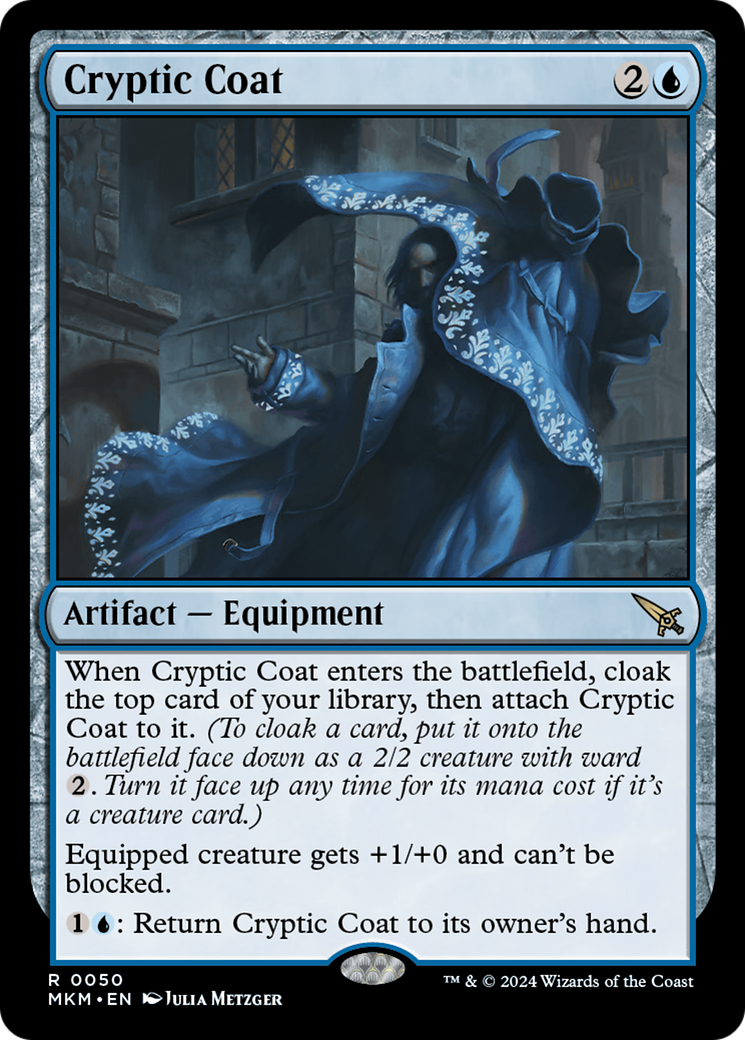
Naturally in the modern era of Magic you can have success by combining the strongest individual cards in the format to make a great deck. There are more powerful midrange decks in the format, but Esper is smooth like butter.

No More Lies is a big pickup for Esper Midrange decks that can tolerate the gold card in their manabase. Make Disappear leaves something to be desired as the card can fall short in many situations.
If I’m playing a tournament tomorrow I would expect Esper Midrange to be the most popular deck. There are so many powerful options that each version has their own strengths and weaknesses.
GOLGARI MIDRANGE
RIW teammate, Raja Sulaiman, is an advocate of Golgari Midrange. He’s no stranger to grinding opponents to dust and this is one of my preferred ways to play Magic, too.
2 Aclazotz, Deepest Betrayal
1 Boseiju, Who Endures
3 Cavern of Souls
2 Cut Down
4 Deathcap Glade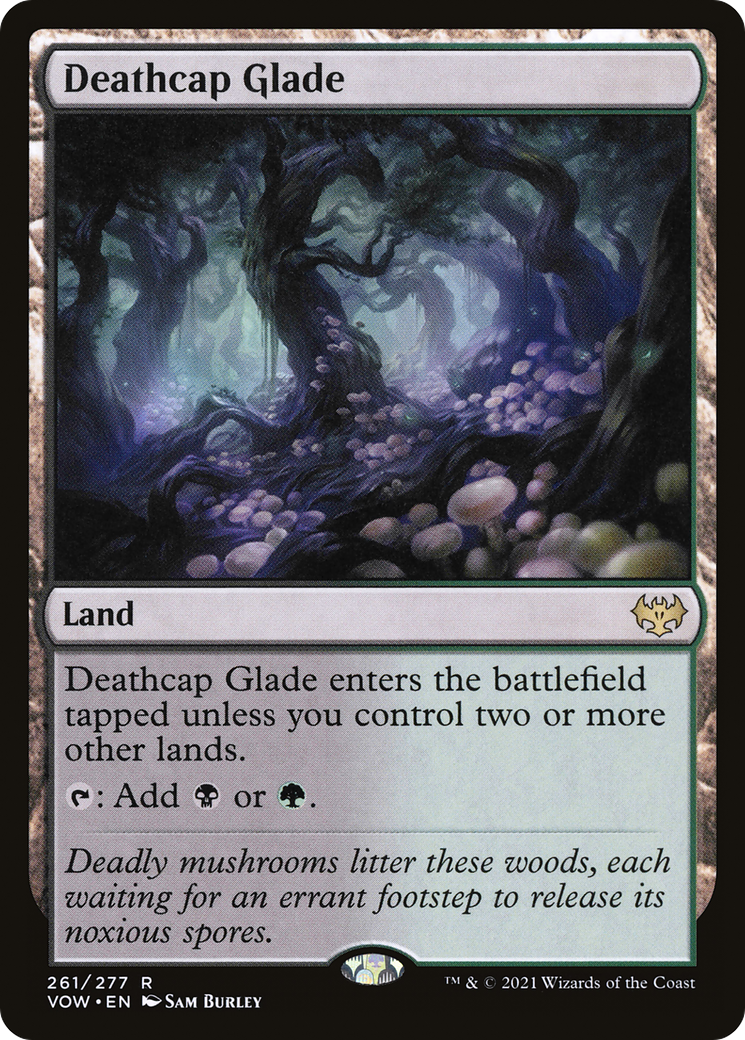
4 Deep-Cavern Bat
1 Forest
1 Gix, Yawgmoth Praetor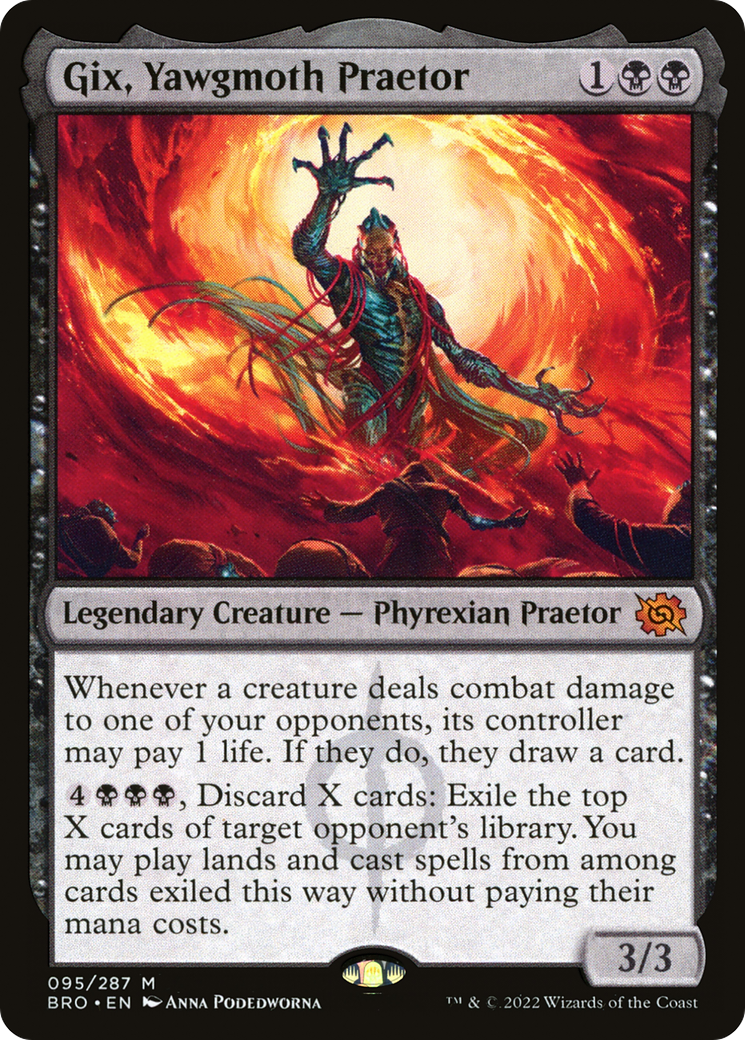
1 Gix's Command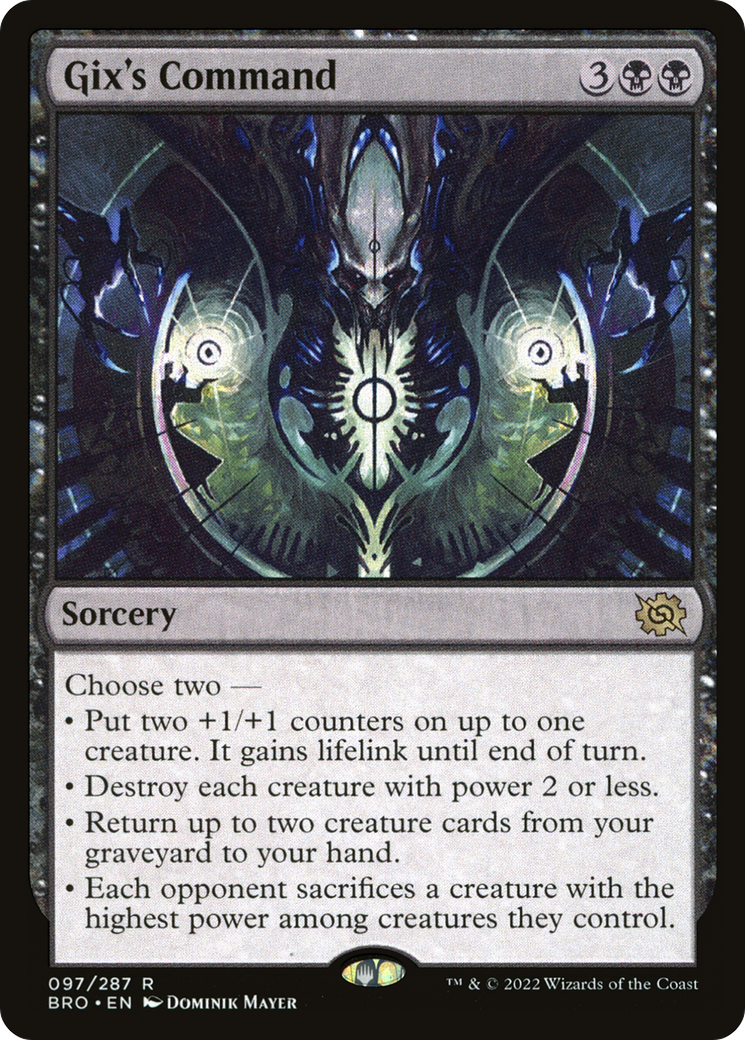
3 Glissa Sunslayer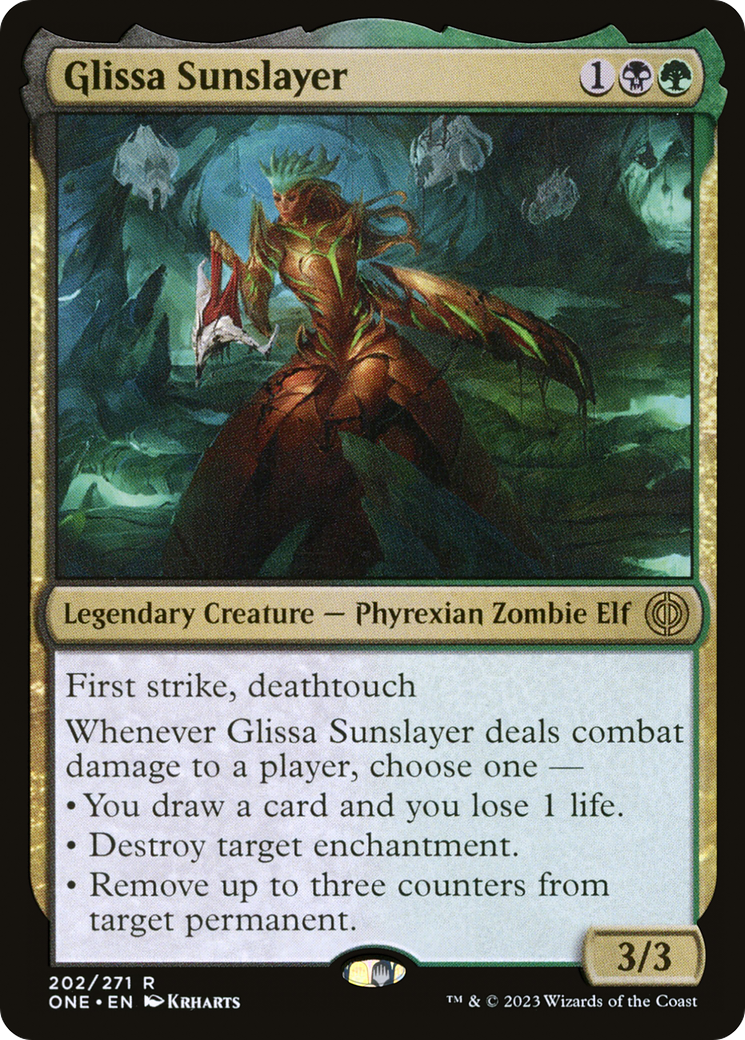
4 Go for the Throat
4 Llanowar Wastes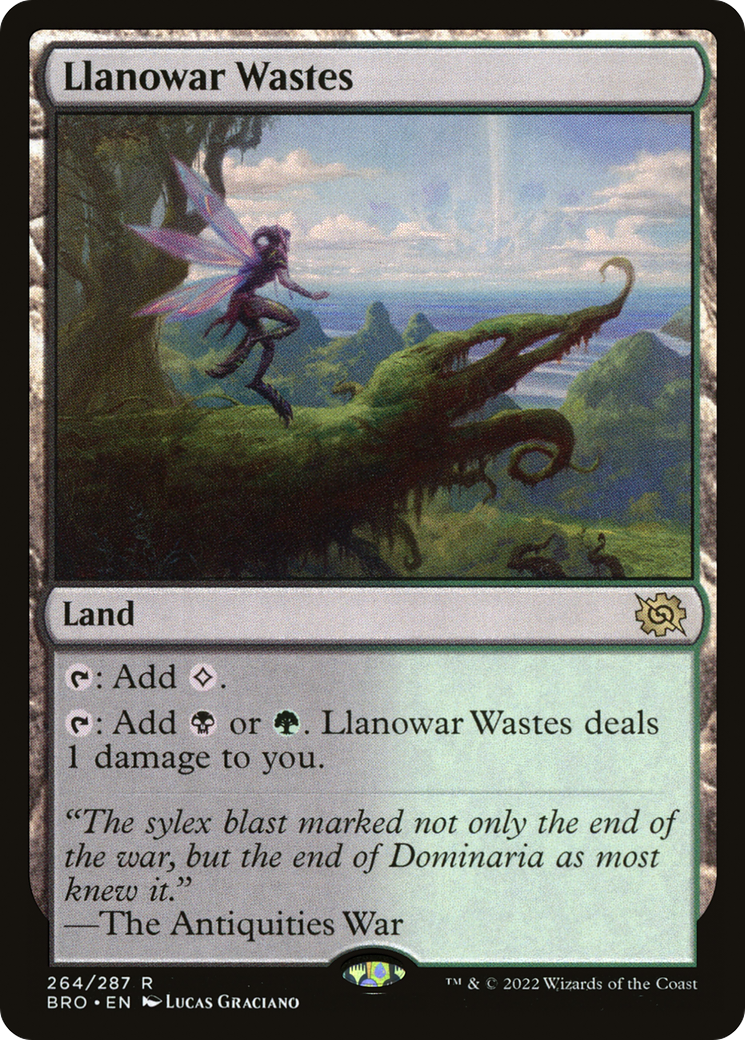
4 Mosswood Dreadknight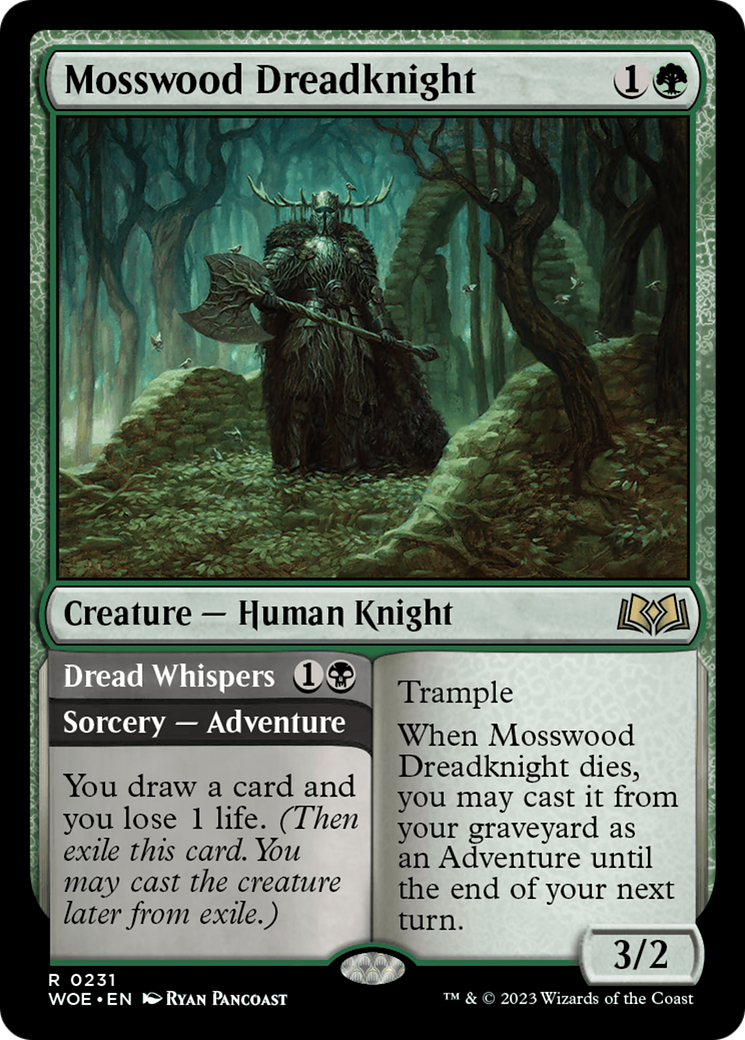
4 Preacher of the Schism
4 Restless Cottage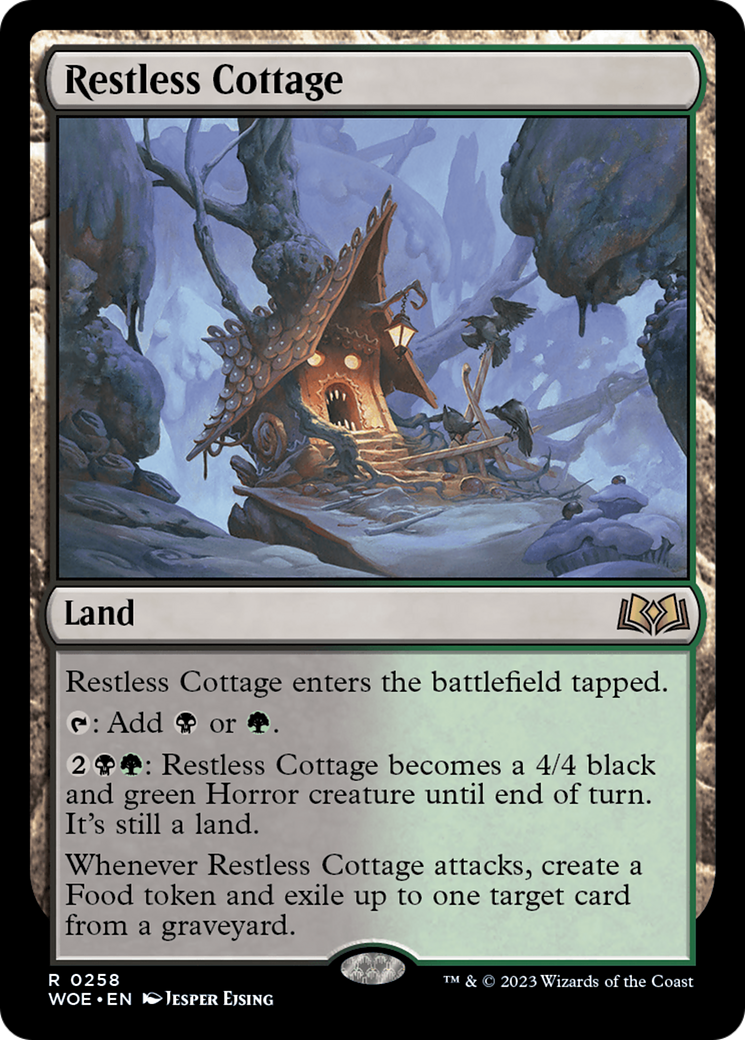
3 Sharp-Eyed Rookie
3 Sheoldred, the Apocalypse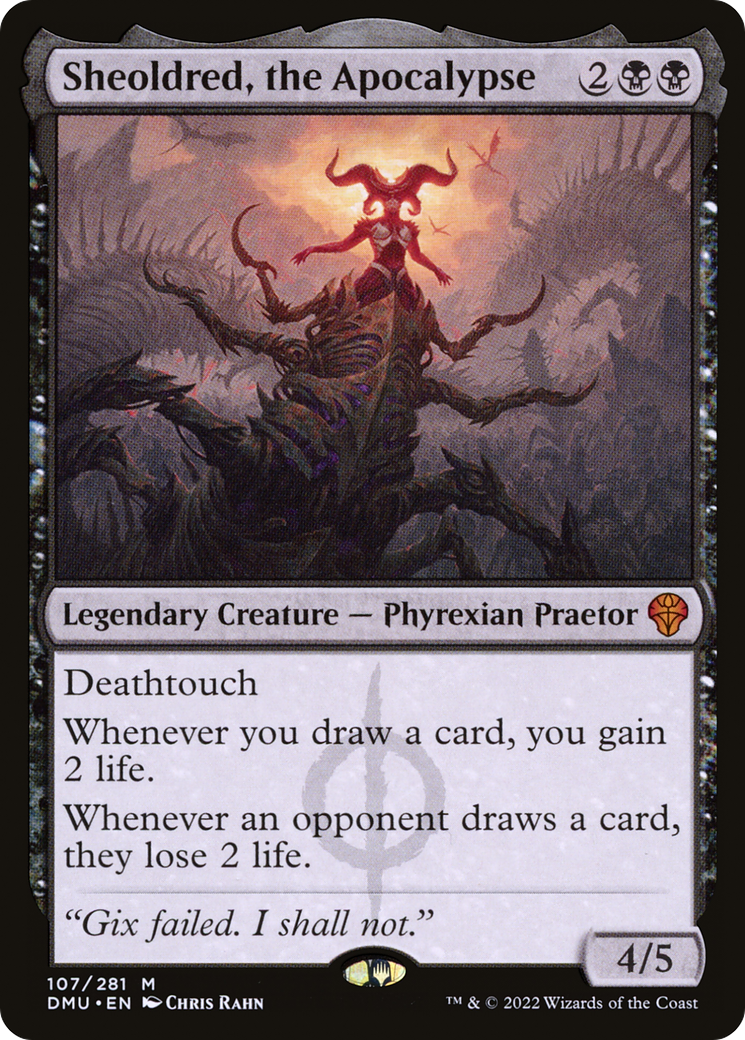
6 Swamp
1 Takenuma, Abandoned Mire
2 Underground Mortuary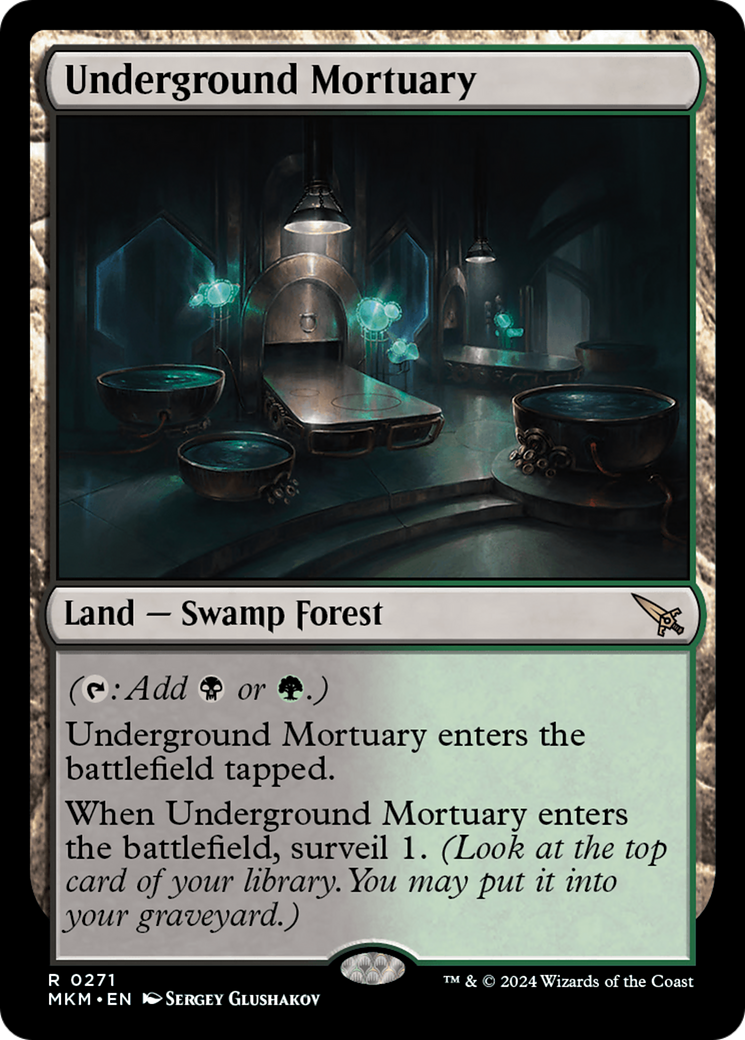
2 Virtue of Persistence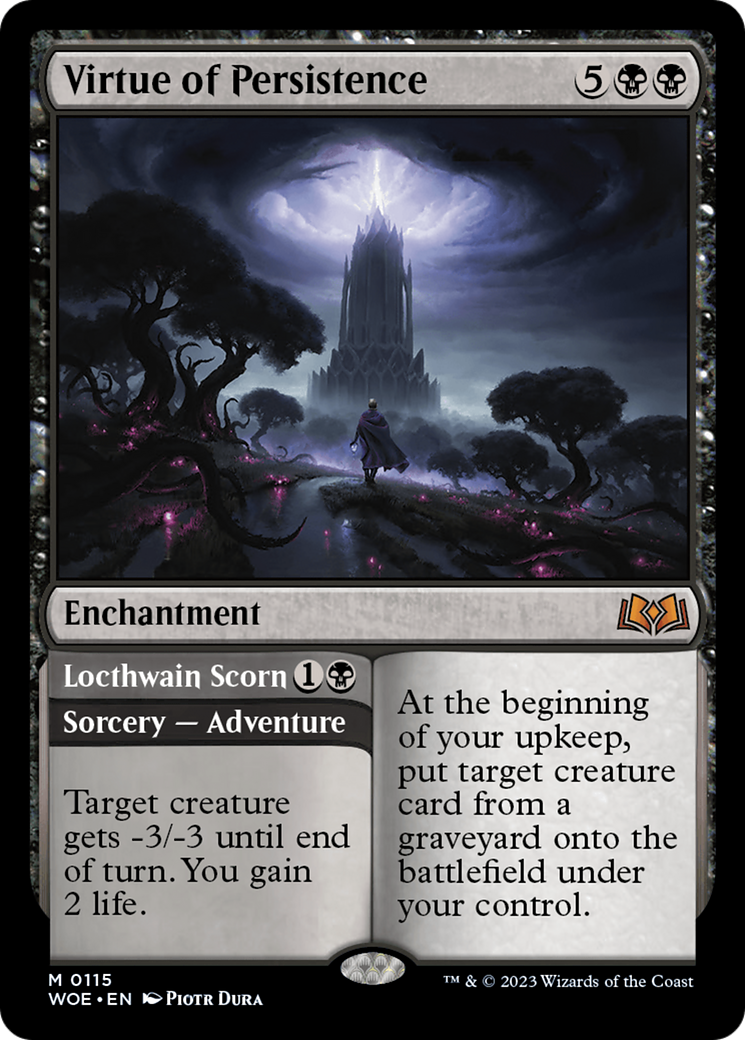
1 Liliana of the Veil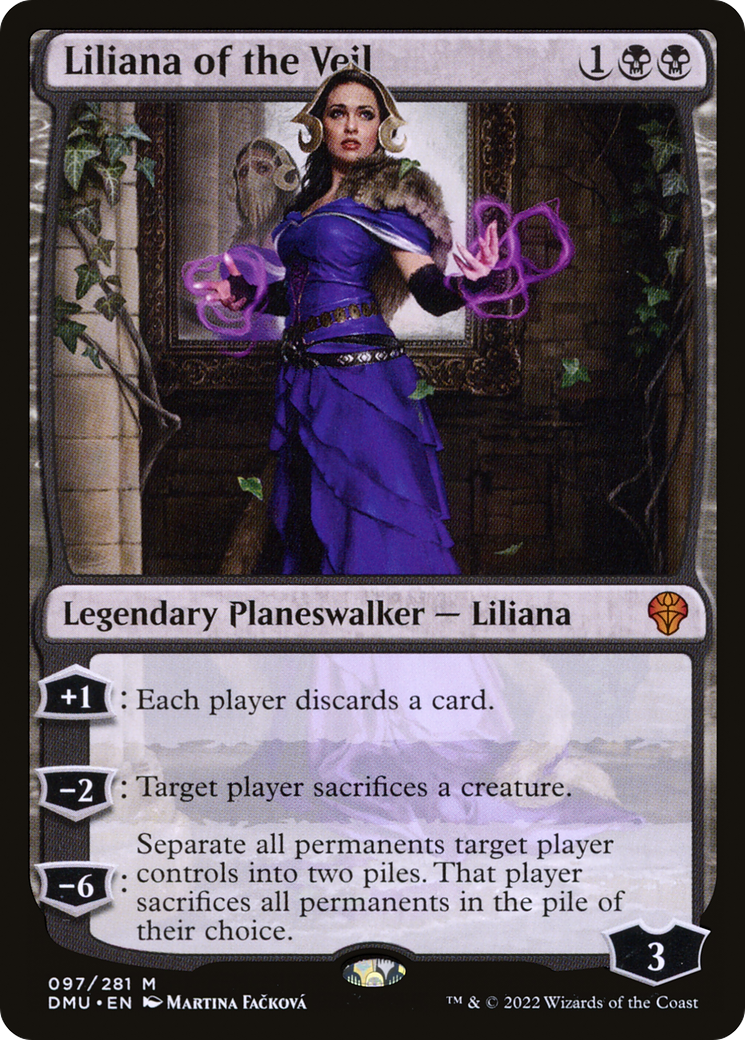
SIDEBOARD
2 Cut Down
3 Duress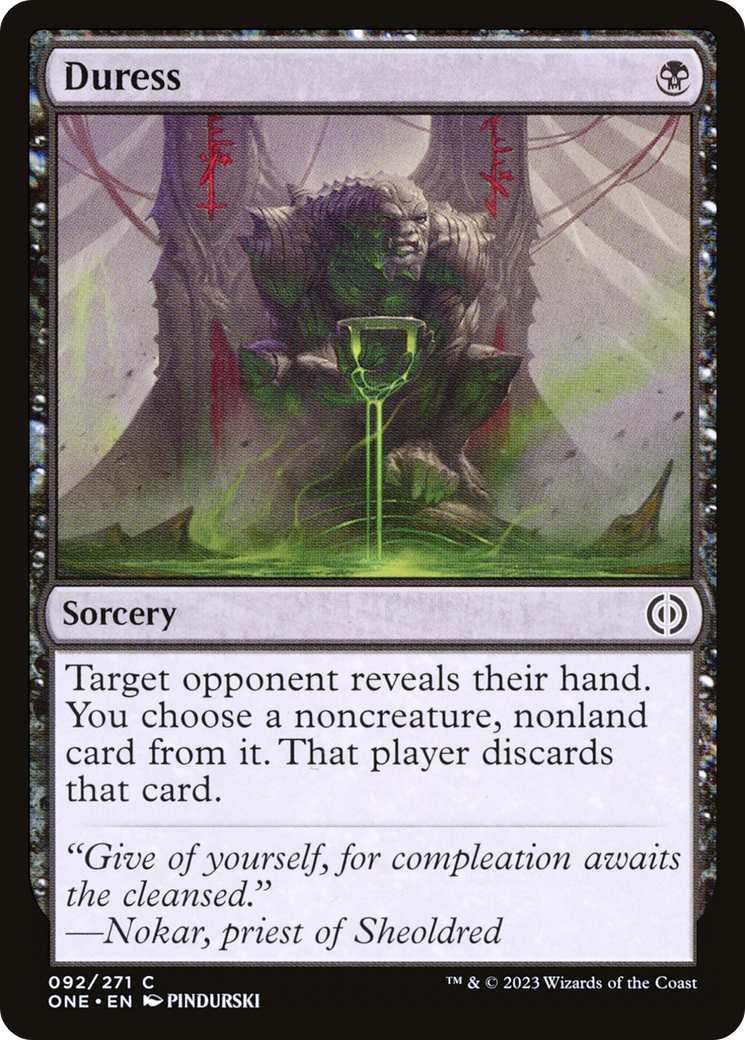
2 Liliana of the Veil
3 Path of Peril
2 The Cruelty of Gix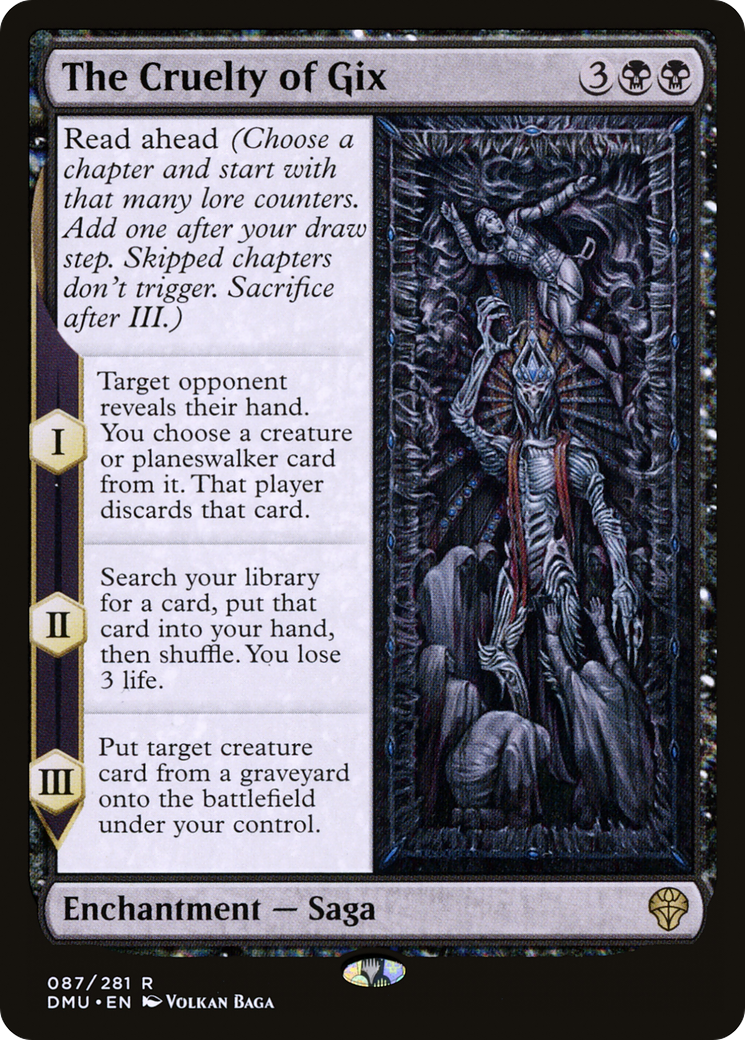
2 Tranquil Frillback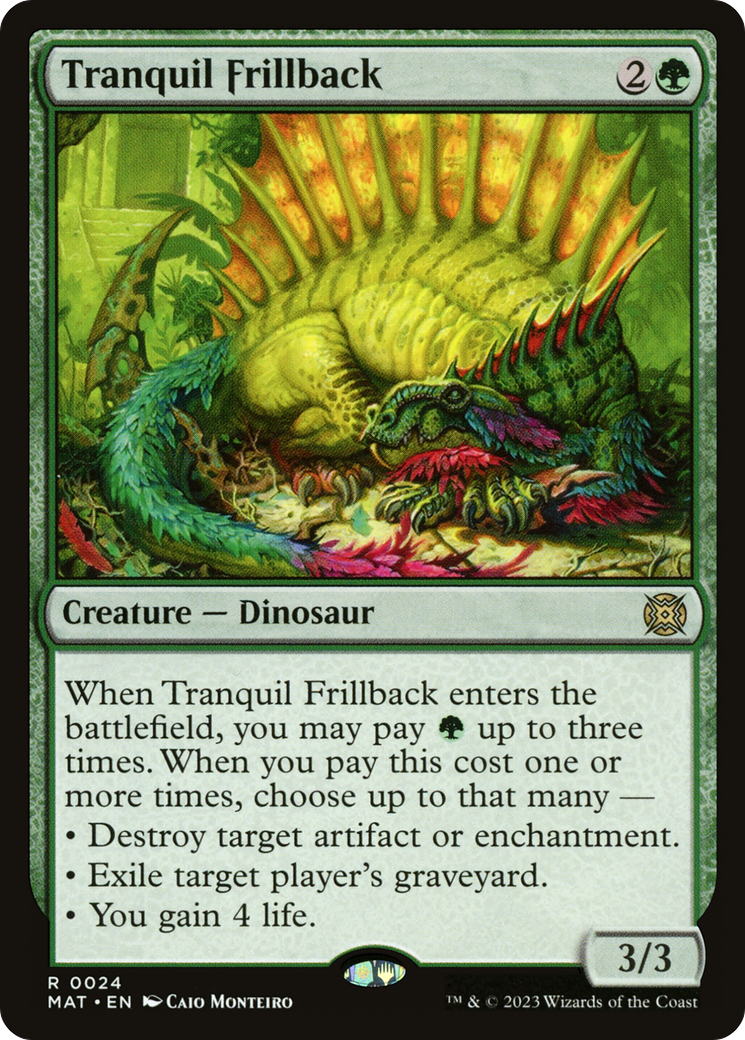
1 Tear Asunder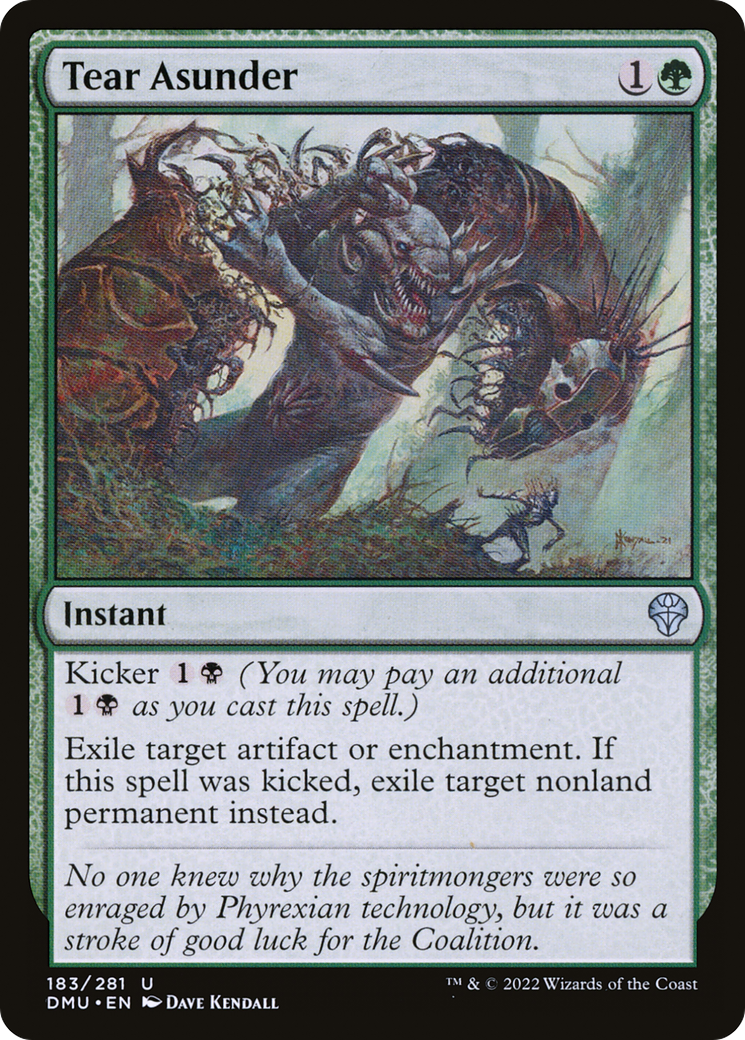
This particular list was piloted to a 5-3 finish at NRG Chicago by another Michigan native, Andrew Elenbogen.

The curve of creatures starts out strong with Deep-Cavern Bat and Mosswood Dreadknight. Dreadknight sets the stage early that Golgari is all about grinding and applying pressure.

Sharp-Eyed Rookie is a new pickup for Golgari Midrange as a combination of Tarmogoyf and Tireless Tracker. I’ve heard rave reviews for this new two-drop, but Bat and Dreadknight are still the cream of the crop.

Glissa Sunslayer is a fantastic three-drop alongside Preacher of the Schism. Sentinel of the Nameless City is taking a back seat as Cavern of Souls picks up in popularity to cast green human and phyrexian creatures.
COMBO
Four-Color Legends
2 Go for the Throat
2 Boseiju, Who Endures
1 Vohar, Vodalian Desecrator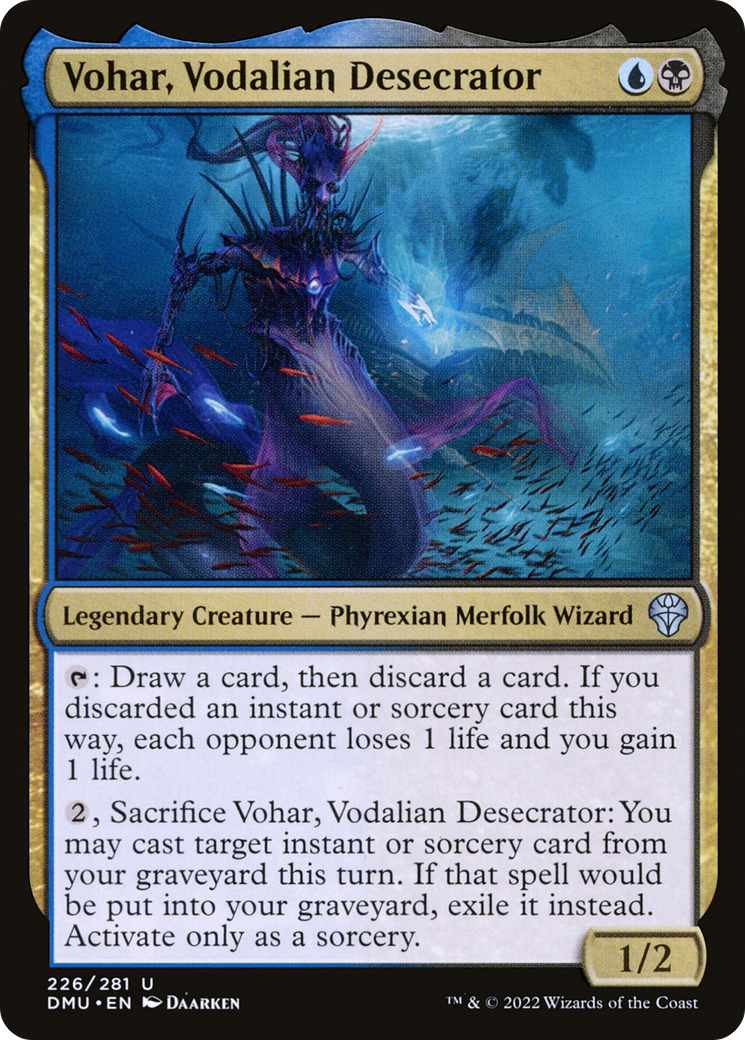
2 Sokenzan, Crucible of Defiance
1 Yavimaya Coast
3 Titania, Voice of Gaea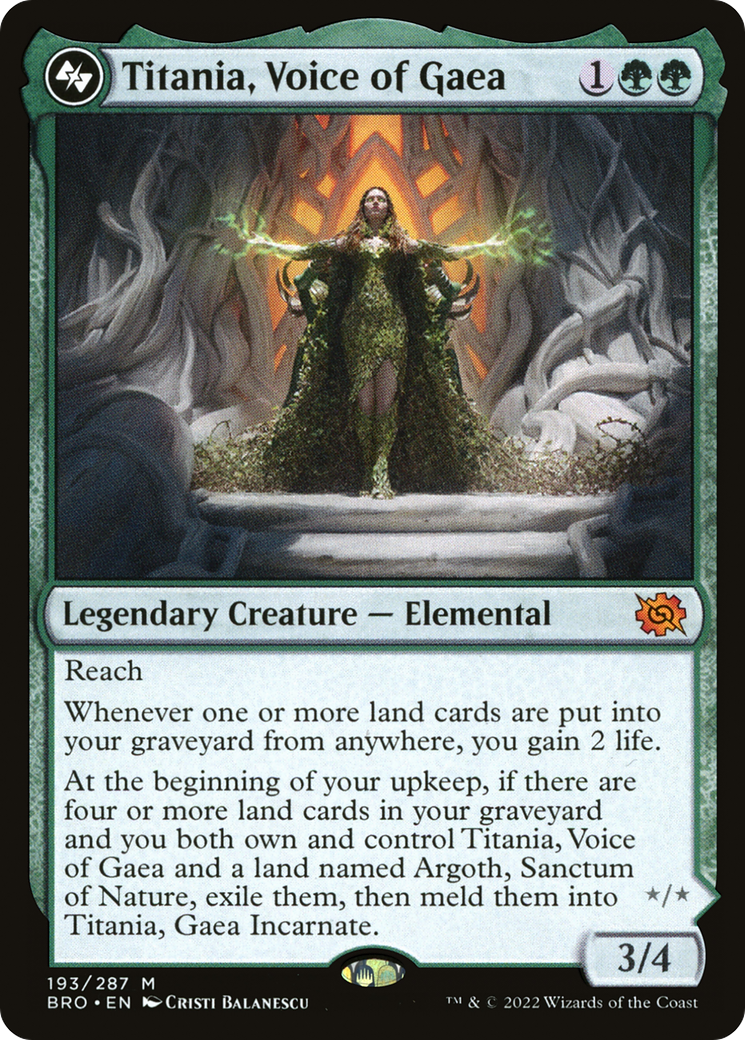
4 Relic of Legends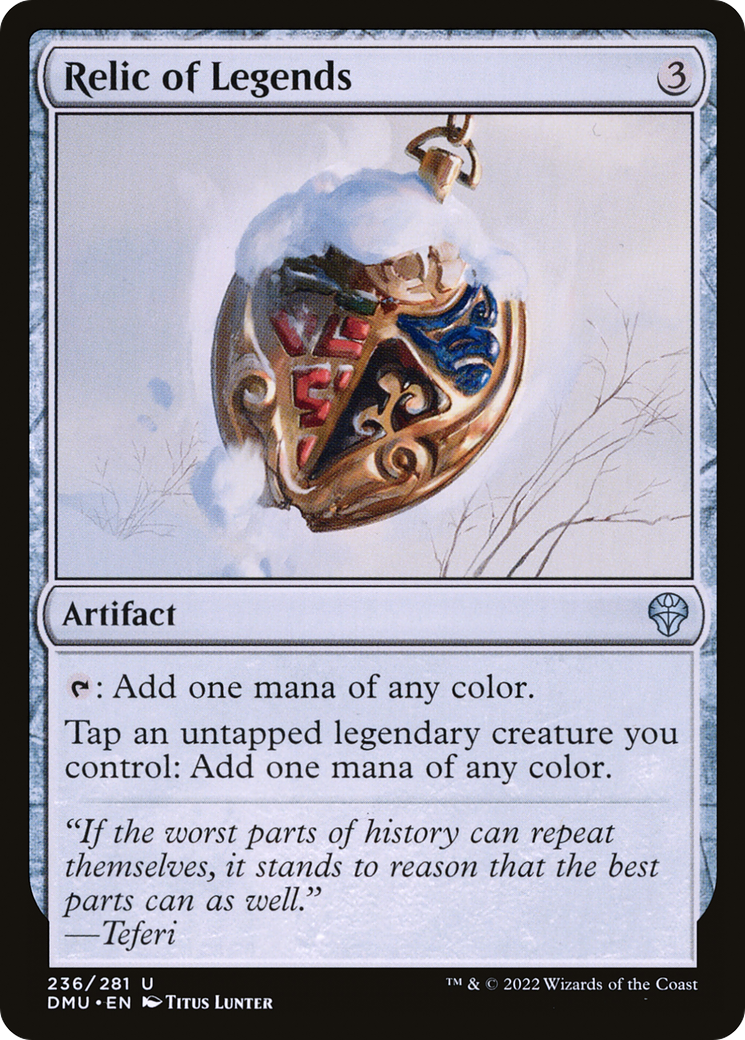
4 Inti, Seneschal of the Sun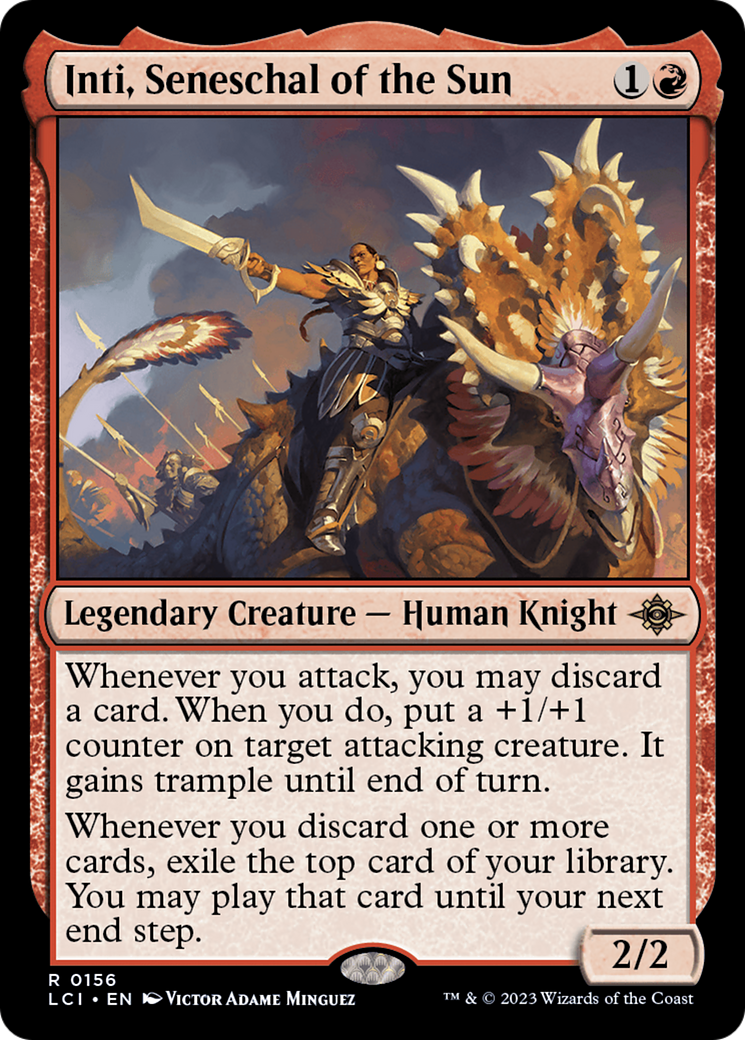
4 Darkslick Shores
4 Rona, Herald of Invasion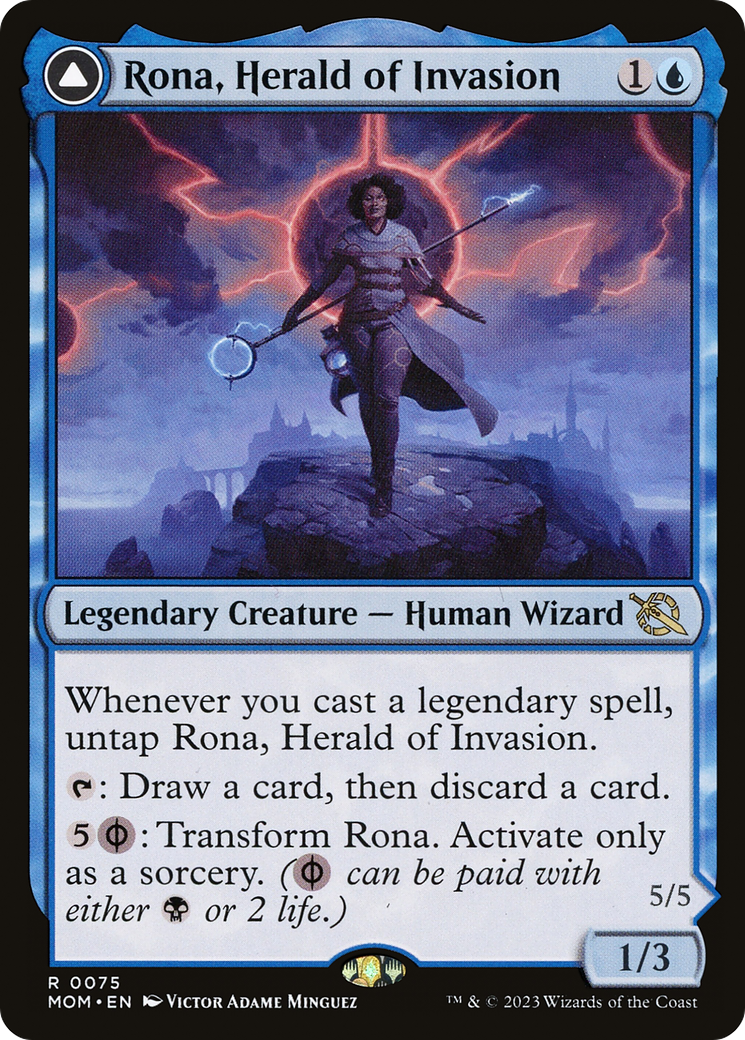
4 Slogurk, the Overslime
1 Sunken Citadel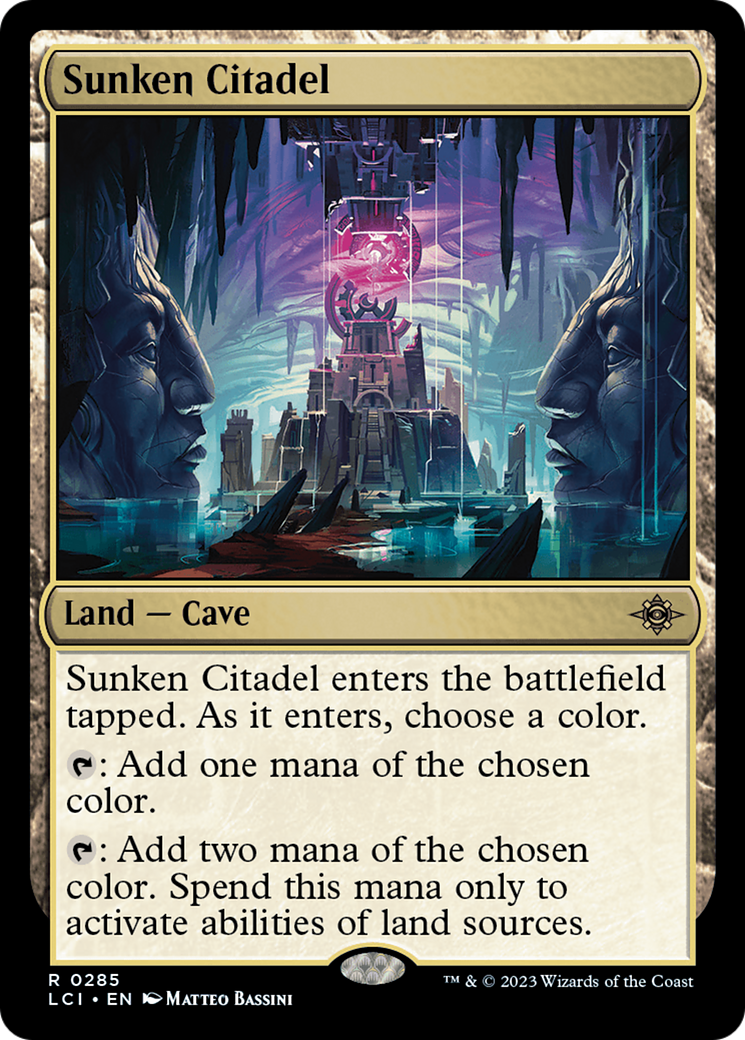
1 The Goose Mother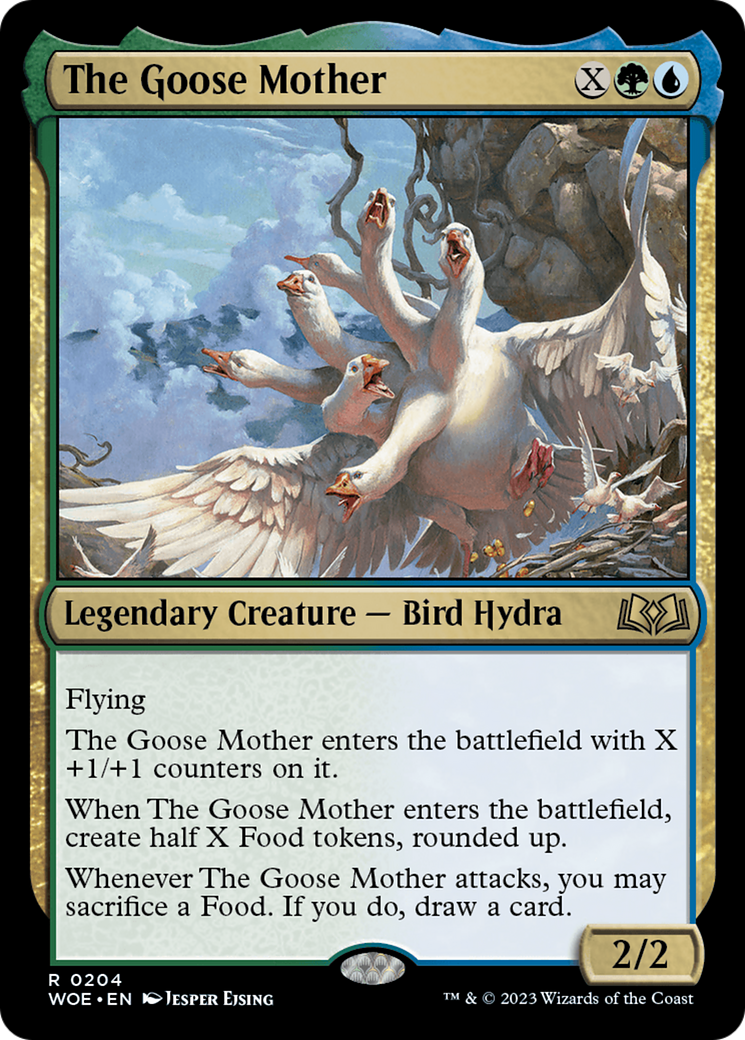
2 Glissa Sunslayer
2 Cut Down
4 Takenuma, Abandoned Mire
1 Jace, the Perfected Mind
1 Swamp
4 Otawara, Soaring City
4 Plaza of Heroes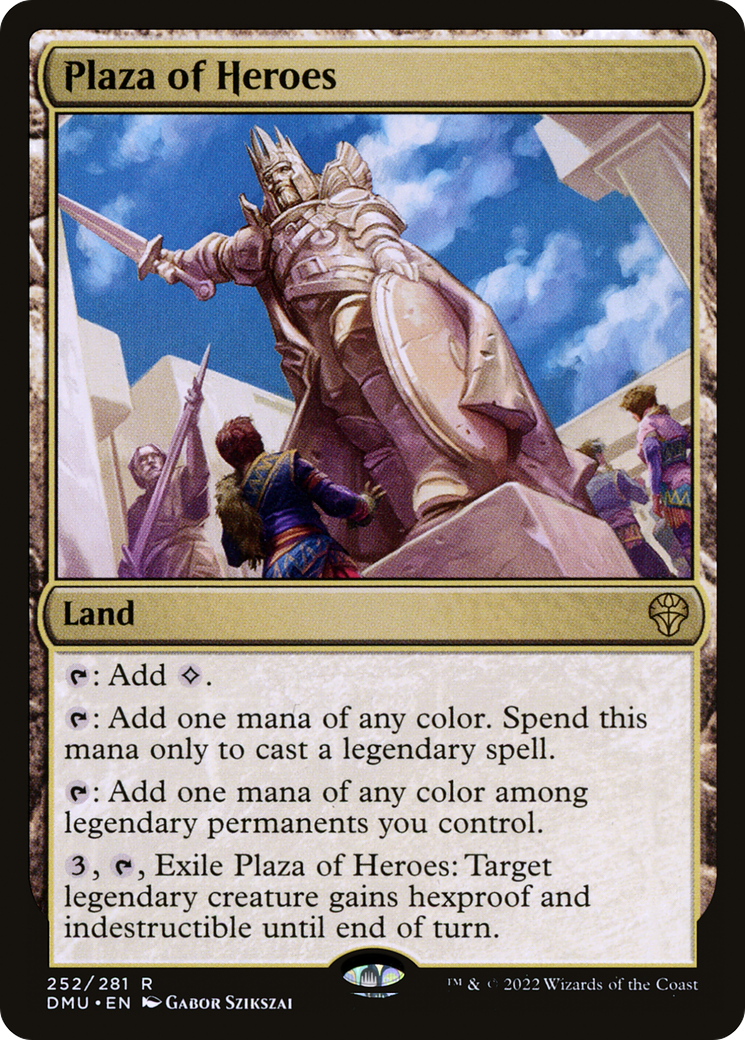
2 Ertai Resurrected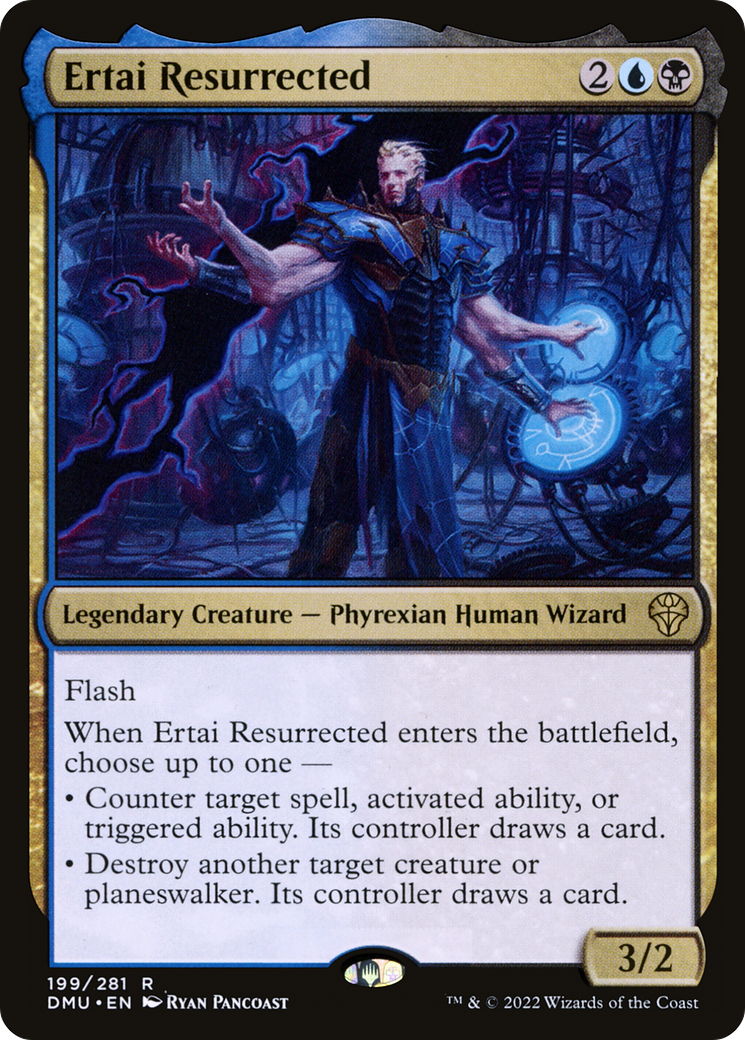
1 Xander's Lounge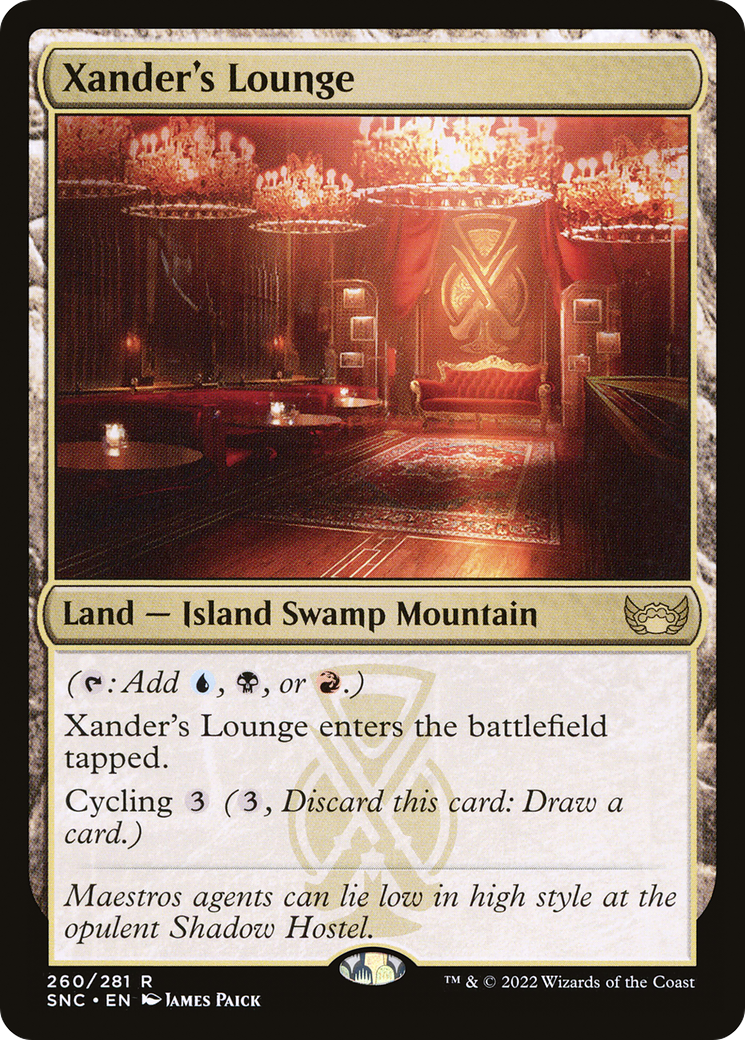
1 Long Goodbye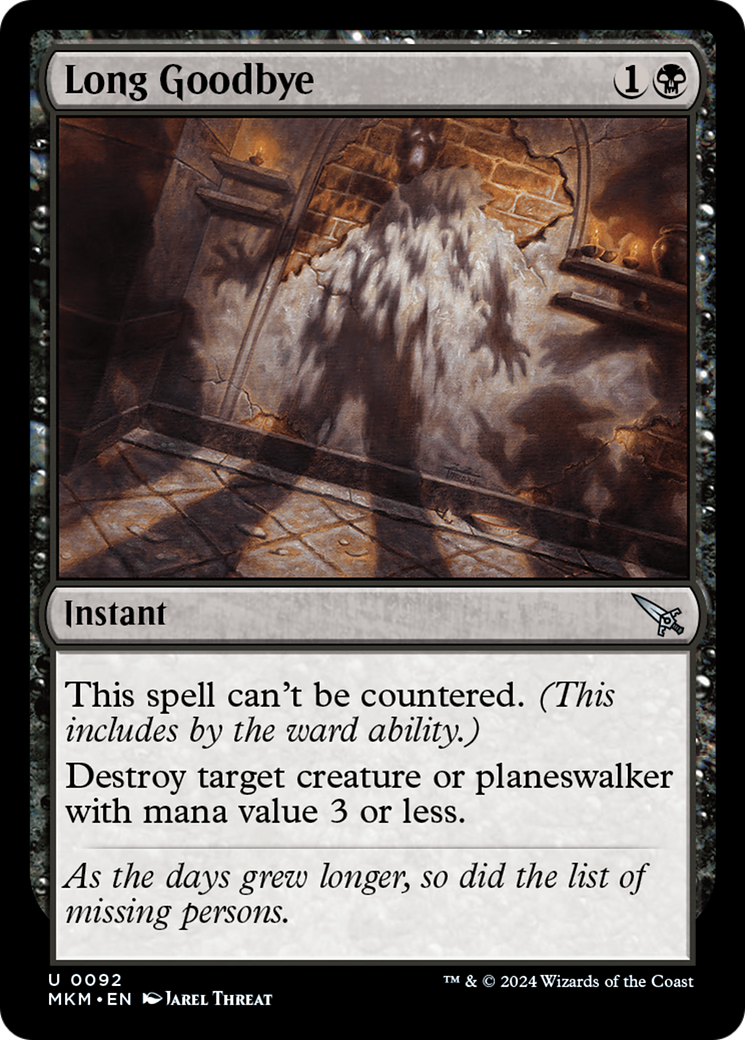
4 Ziatora's Proving Ground
1 Llanowar Wastes
SIDEBOARD
2 Jace, the Perfected Mind
2 Liliana of the Veil
1 Kura, the Boundless Sky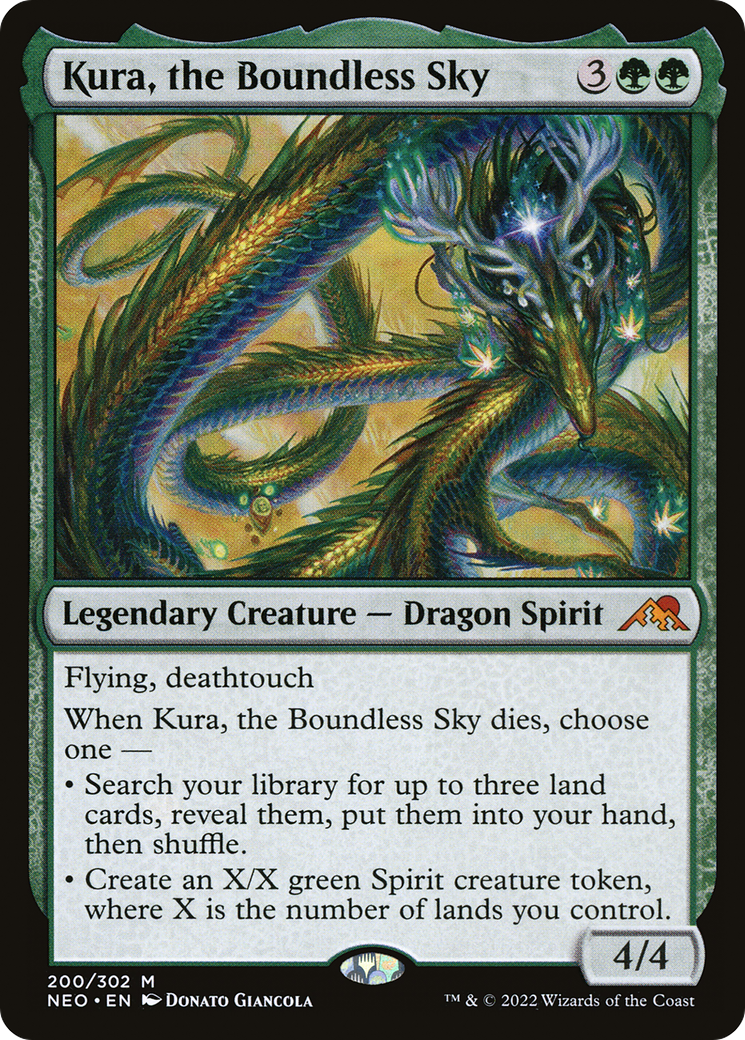
2 Cut Down
3 Duress
1 Ertai Resurrected
1 Disdainful Stroke
3 Glistening Deluge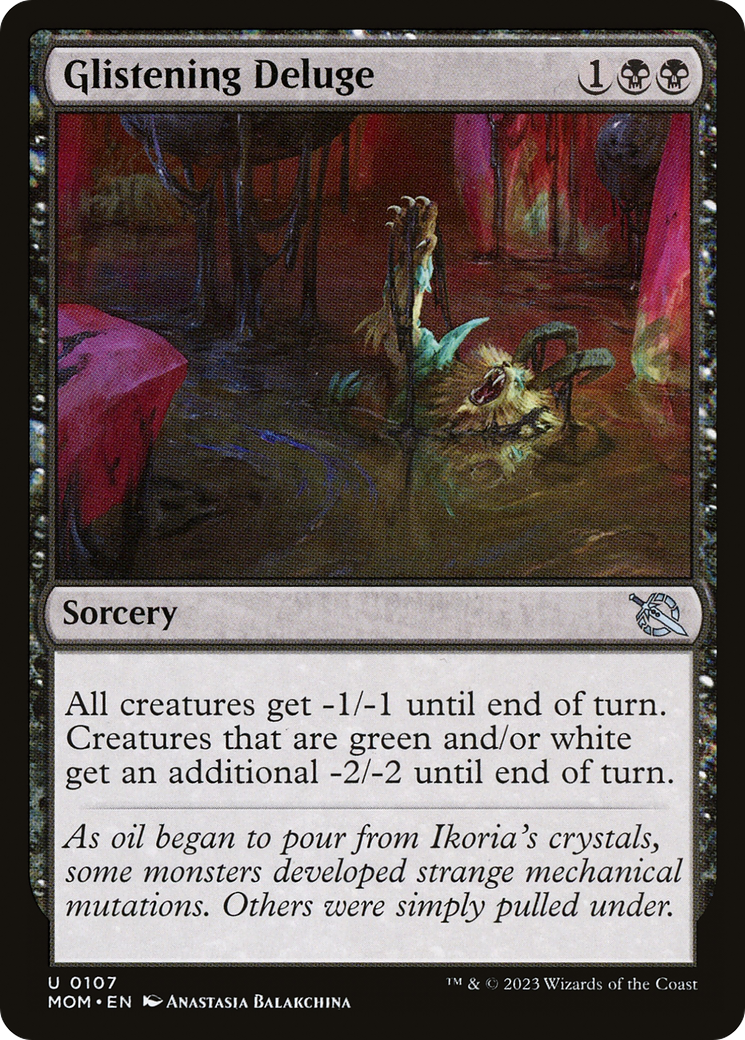
Cftsoc finished in 18th place with this Four-Color Legends list at NRG Chicago.

This is the type of synergy deck I would never touch, but some folks like to jam Slogurk. Just looking at the decklist doesn’t do Slogurk justice. Once the engine gets going with channel lands it’s very difficult to stop as Otawara and Takenuma provide some serious inevitability.
CONTROL
Azorius Control
3 The Wandering Emperor
3 Sunfall
2 Depopulate
4 Memory Deluge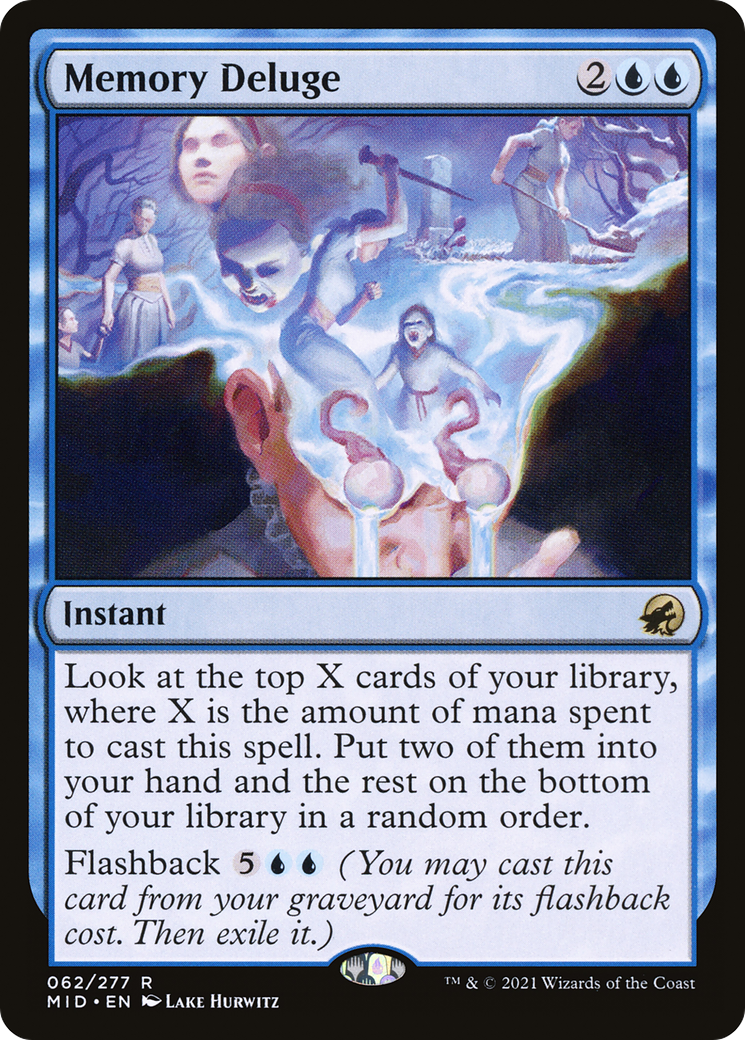
1 Horned Loch-Whale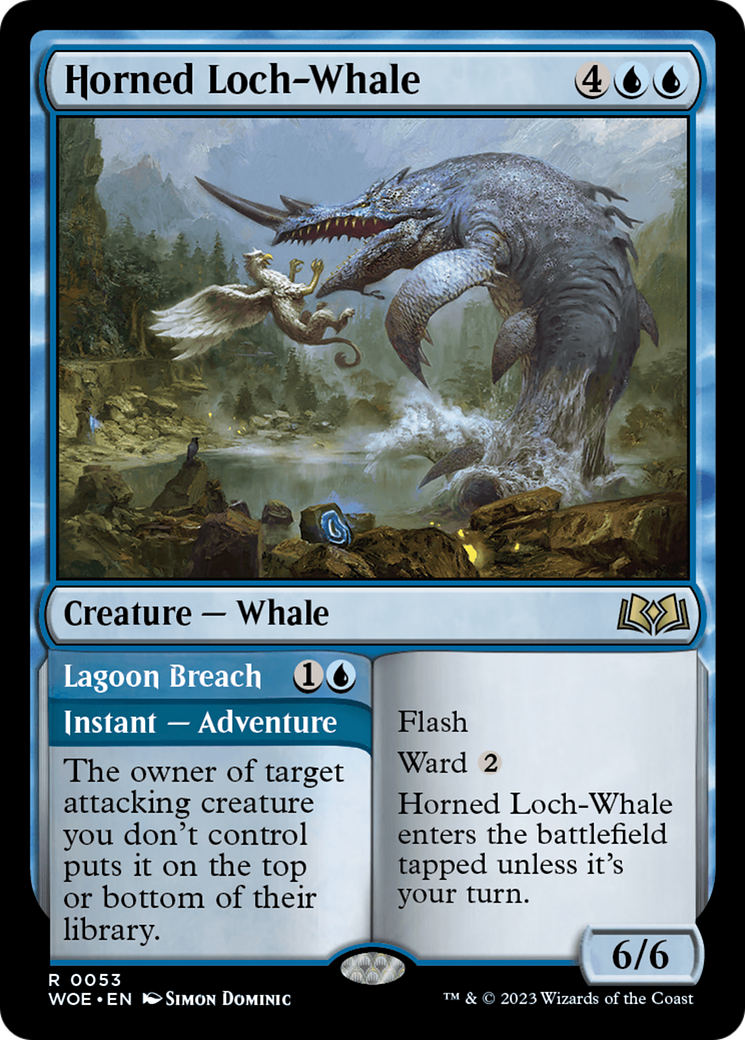
3 Get Lost
4 No More Lies
4 Deduce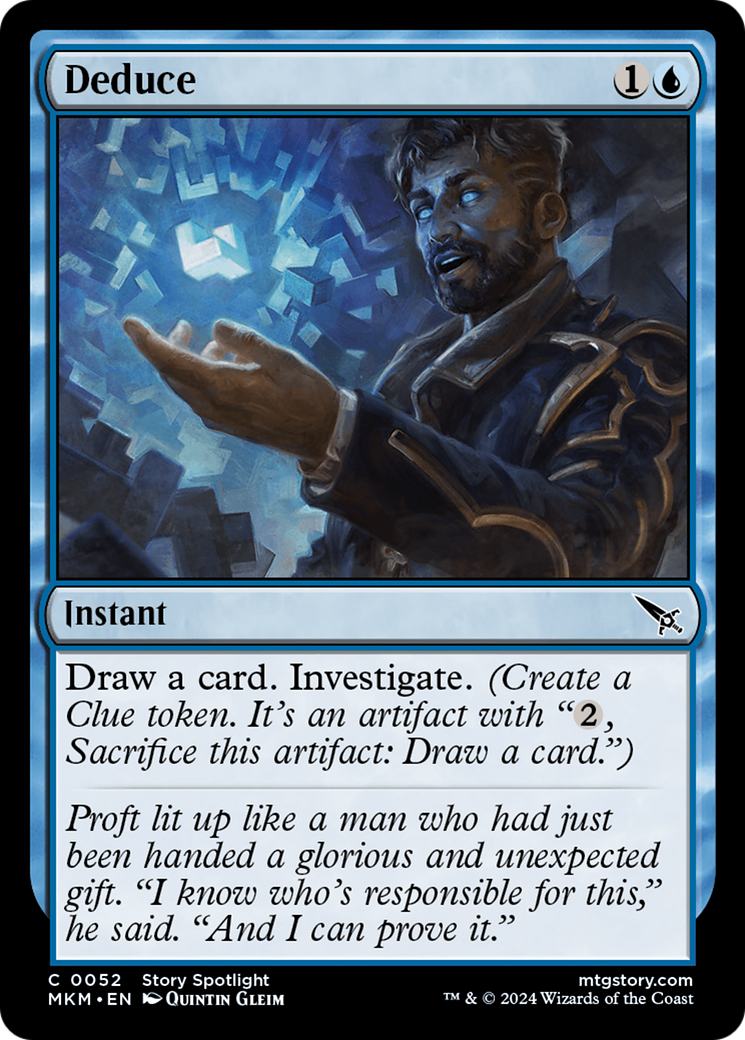
3 Disruption Protocol
3 March of Otherworldly Light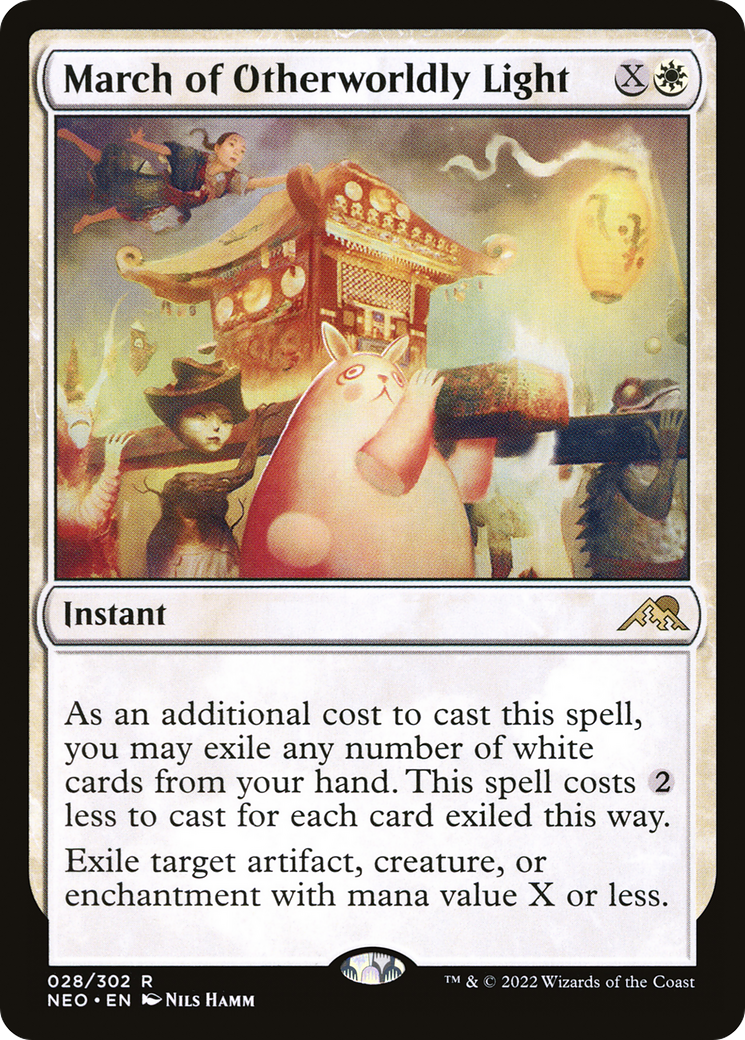
3 Temporary Lockdown
4 Field of Ruin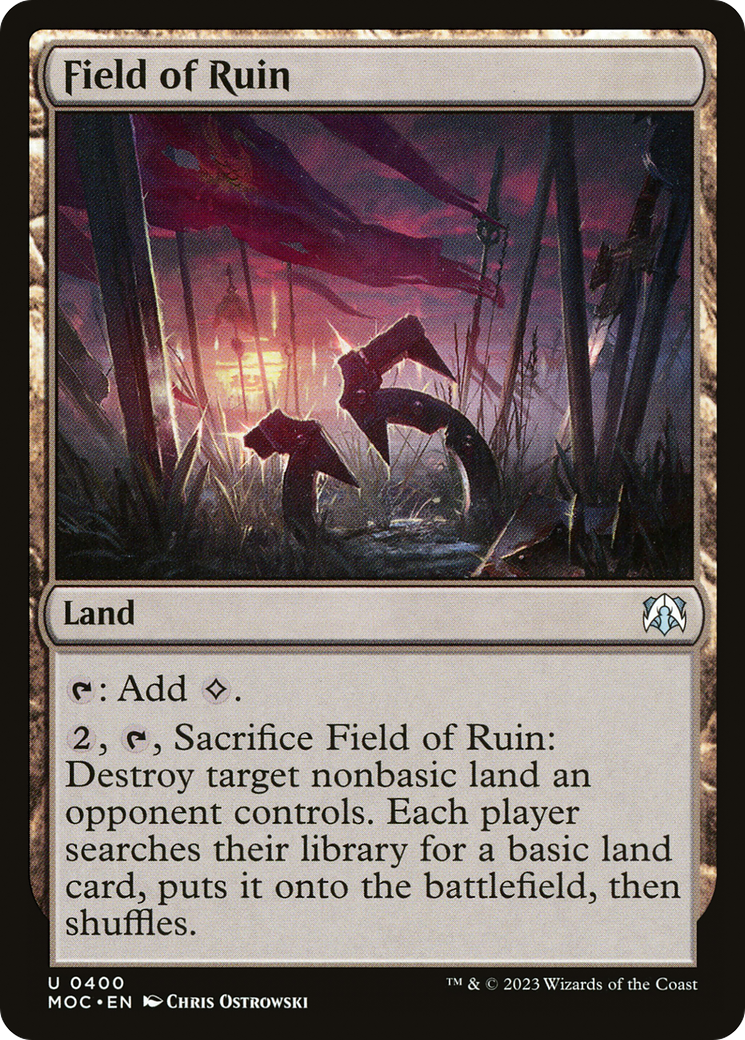
4 Deserted Beach
4 Seachrome Coast
1 Eiganjo, Seat of the Empire
1 Otawara, Soaring City
3 Island
1 Adarkar Wastes
3 Plains
3 Restless Anchorage
3 Meticulous Archive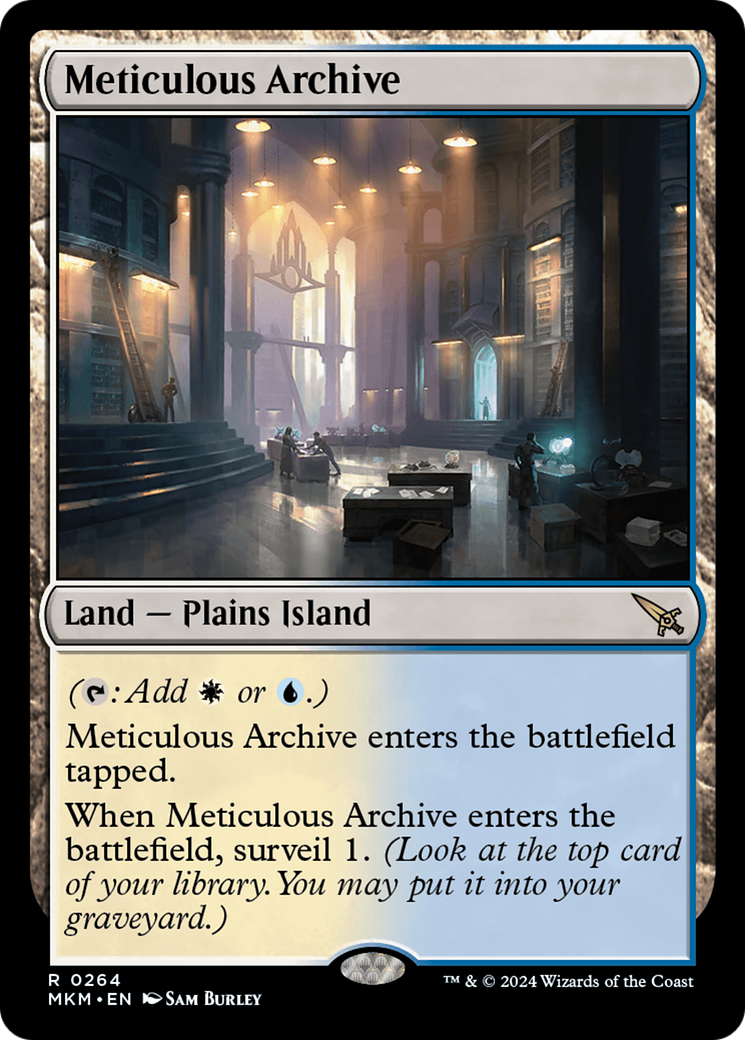
SIDEBOARD
1 Temporary Lockdown
2 Tishana's Tidebinder
1 Elspeth's Smite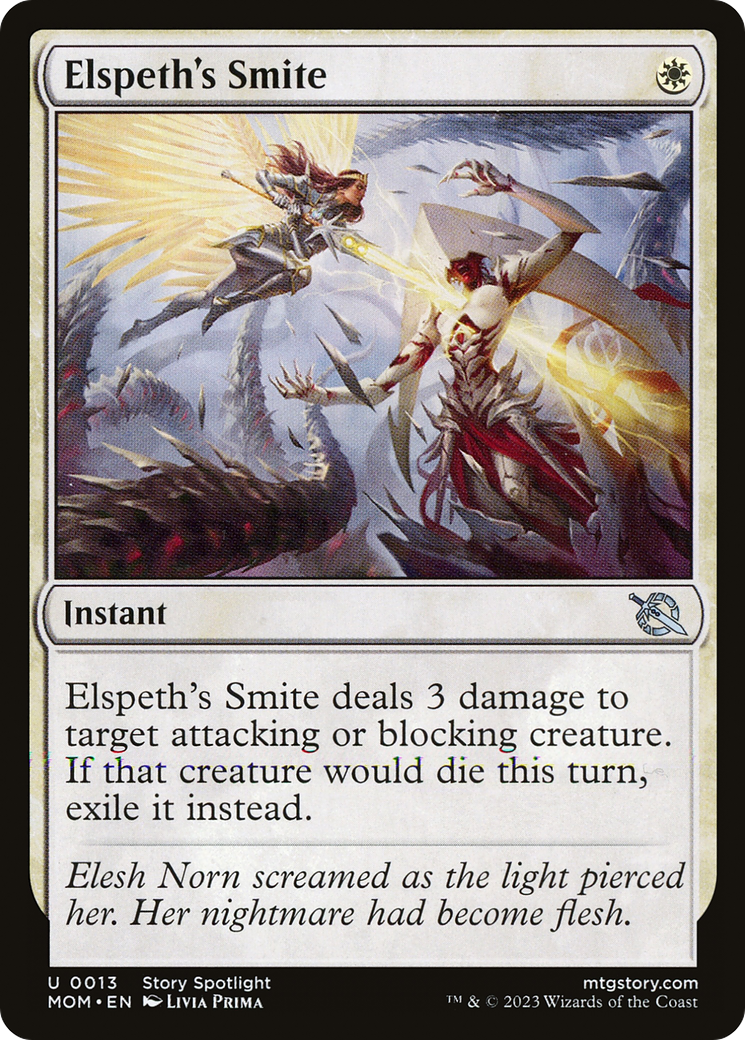
1 Chrome Host Seedshark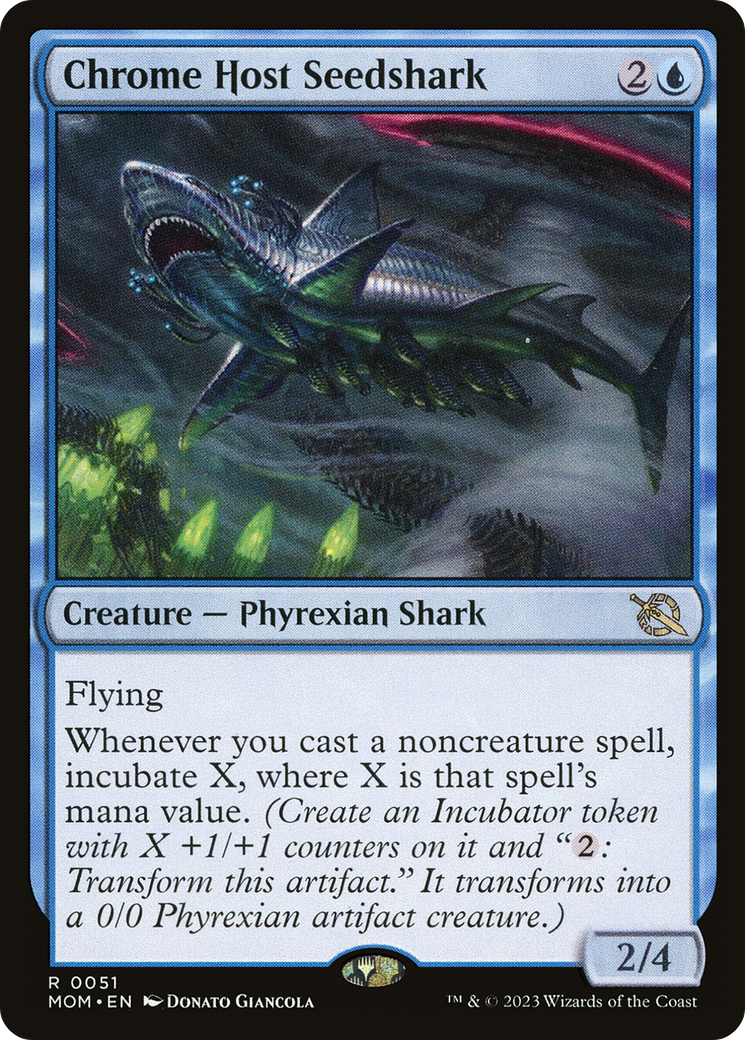
2 Negate
2 Disdainful Stroke
4 Knockout Blow
2 Dennick, Pious Apprentice
This is Sean Gallager’s NRG Chicago winning list.
I’m currently a fan of Azorius Control and plan to register it for the Standard season. Not only do I enjoy the play style, but the expensive cards port over nicely into Pioneer.

Temporary Lockdown as part of your maindeck curve is very powerful in the current aggro metagame.

Field of Ruin can Wasteland opposing three color manabases or simply take out the new wave of powerful creature lands. I’ve also been impressed with Restless Anchorage as using maps in a 27 land deck can draw a useful card fairly often.

